PORTUGUESE CAKES AND ALL THINGS SWEET
I have a very sweet tooth and I LOVE Portuguese cakes. Unfortunately the feeling is not mutual as my IBS and gluten are not a match made in heaven. Last year I managed to hit my goal weight and I am currently maintaining so I have reduced my cake intake a little as they go straight to my hips and ass (ha ha). Hubby can eat whatever he likes and doesn’t gain an ounce! Don’t you just hate him (ha ha). My mum was a type 1 diabetic so our sugar intake was restricted when we were children. I think this has contributed to my addiction with sugar and being a chocoholic which is why I believe no food should be restricted in a healthy diet. Sometimes completely cutting out a food group from a diet is detrimental as one ends up craving it and developing an unhealthy relationship with certain foods. I will always love sugar and chocolate which I eat in moderation as it’s all about a healthy balance and enjoying living life to the max which for me includes eating cake! I was never a regular cake eater when I lived in the U.K. I’m not a huge fan of fresh cream or puff pastry, I prefer the Swiss roll sponge type of cakes or sweet fruity cakes that resemble bread like a Chelsea Bun or Belgium Bun and I love Hot Cross Buns at Easter.
Portuguese cakes are amazing but very different from the cakes I’m used to in the U. K. Many of the cakes here are made from lots of eggs and sugar. Some look rather understated and simply plain with no fancy toppings but they are very unique and the taste is incredible and so yummy. Portugal is famous for its “Pastel de Nata’s” (Custard Tart’s) but there are hundreds of Portuguese cakes and pastries to try before you die (ha ha). There are so many weird and wonderful treats to choose from such as “Salame” which doesn’t contain meat and is made from chocolate and broken biscuits. Other well known Portuguese cakes are: Pastel de Belim, Pão de Lo, Doce de Ovos, Pão de Deus, Pastel de Feijão, Queijadas, Queque, Jesuita plus many more, way too many to list here! There is also a tasty croissant made from brioche and a weird and wonderful fish shaped cake “Lampreia de Ovos” a dessert that glorifies a 360 million year old sea monster with crazy teeth! There are also penis shaped cakes “Doces Fálicos” (Phallic sweets) which originate from the town of Amarante. The naughty shaped sweet treats are closely linked to the cult of São Gonçalo (Patron Saint of Amarante), a matchmaking tradition and rituals to get a groom. Luckily I don’t need to go through any rituals as I have already successfully bagged my groom and I am kind of fond of him so I think I will keep him for the foreseeable future (ha ha).
Lampreia de Ovos



Sweet Convent Pastries
Portuguese cakes are so tasty and divine but did you know they originated in convents? Conventual sweets date back to the 16th Century and many have names with religious connotations for example Toucinho do Céu which translates to “Fat from Heaven” and contains almonds and pork fat! There is even a pastry named Morcelas Doces which is made from sweet black pudding, bread, jam, almonds, sugar, butter and cinnamon and Manjar de Língua de Arouca (Arouca’s Tongue) a sweet dish based on the ancient recipe for Manjar Branco. It is made with eggs, flour, sugar and cow’s tongue. I’m no vegan but all these animal body parts made me feel quite queasy (ha ha). Another is Cornucopia which is shaped like an ice cream cone and symbolises fertility and abundance. It is made from butter, lard, sugar, flour, egg yolks and almonds. There are many more: Queijinho do Céu (Cheese from Heaven), Fatias de Santa Clara (Slices of Santa Clara), Bolo do Paraíso (Cake from Heaven). Then there are the funny names: Charutos de Amêndoa (Almond Cigars), Barrigas de Freira (Nun’s Bellies), Beijos da Freira (Nun’s Kisses) and Garganta de Ferreira (Nun’s throat). Warning: Don’t Google Nun’s Throat as I got sadistic porno results! Is nothing sacred (ha ha).
After daily religious practises, the nuns would make sweets, the majority of which was made from eggs and sugar, using the rich fruits and nuts of the region such as almonds. The nuns used egg whites as a natural fabric softener and to starch their habits (religious headwear) leaving excess amounts of egg yolk spare. They reused the egg yolks adding sugar and the wonderful sweets arose. They are still called “Doces Conventuais” in Portuguese which translates to “Convent Sweets” in English.






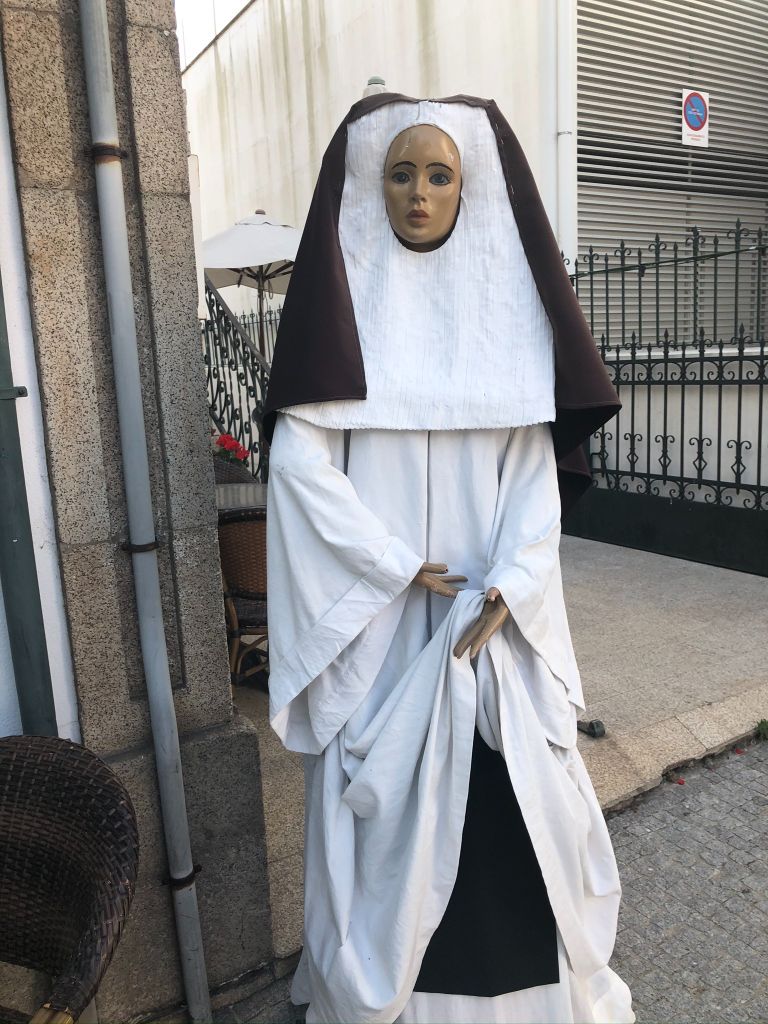


Mostra Nacional de Doçaria Conventual
We visited the wonderful Monastery: Mosteiro de Lorvão and could not have timed it better. There was a weekend convention: Mostra Nacional de Doçaria Conventual. A yummy convent sweets and cake event in the courtyard. I just had to buy a “Doce Fálico de S.Gonçalo” Penis shaped cake! There is a story behind why it’s shaped like a male anatomy which I mentioned in my text above, the nuns aren’t being saucy mares (ha ha). I had way too much fun eating my penis shaped cake at a local river beach. The end of the penis was filled with custard so when I bit into it the custard squirted everywhere, very realistic indeed (ha ha).













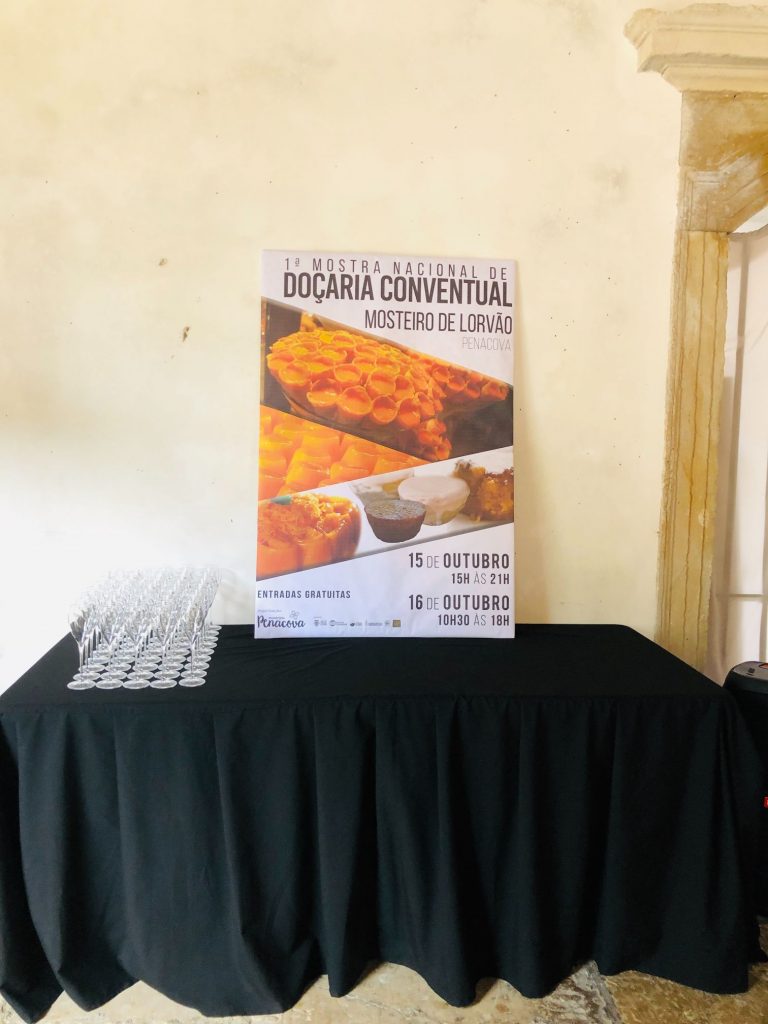


























































































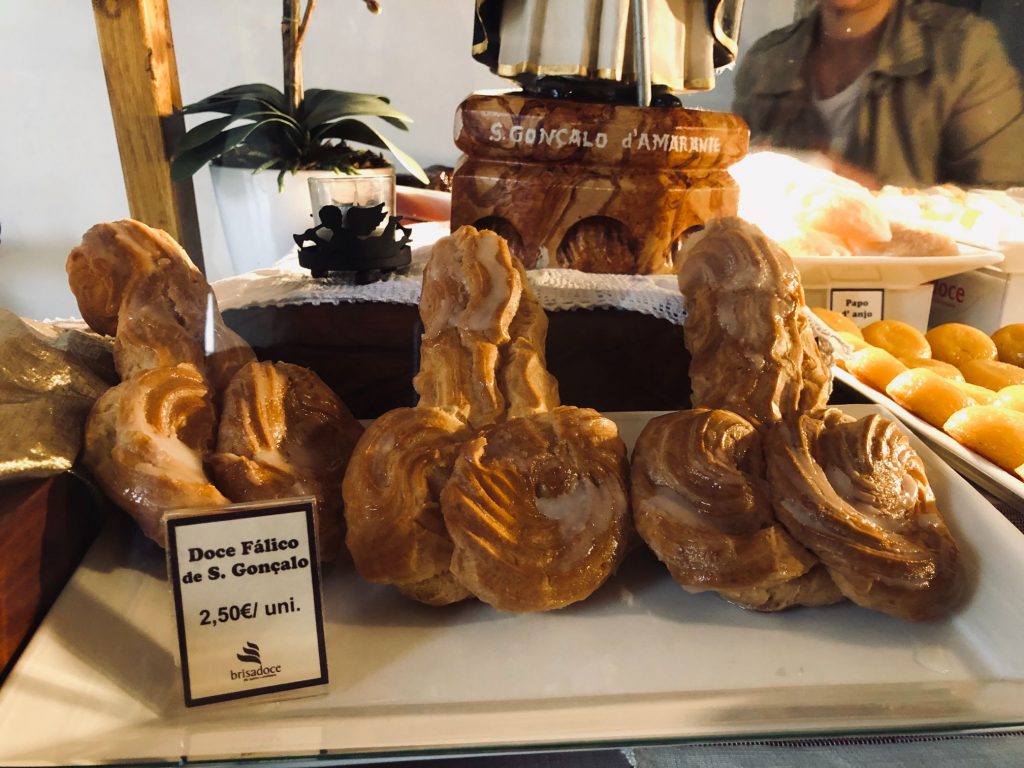











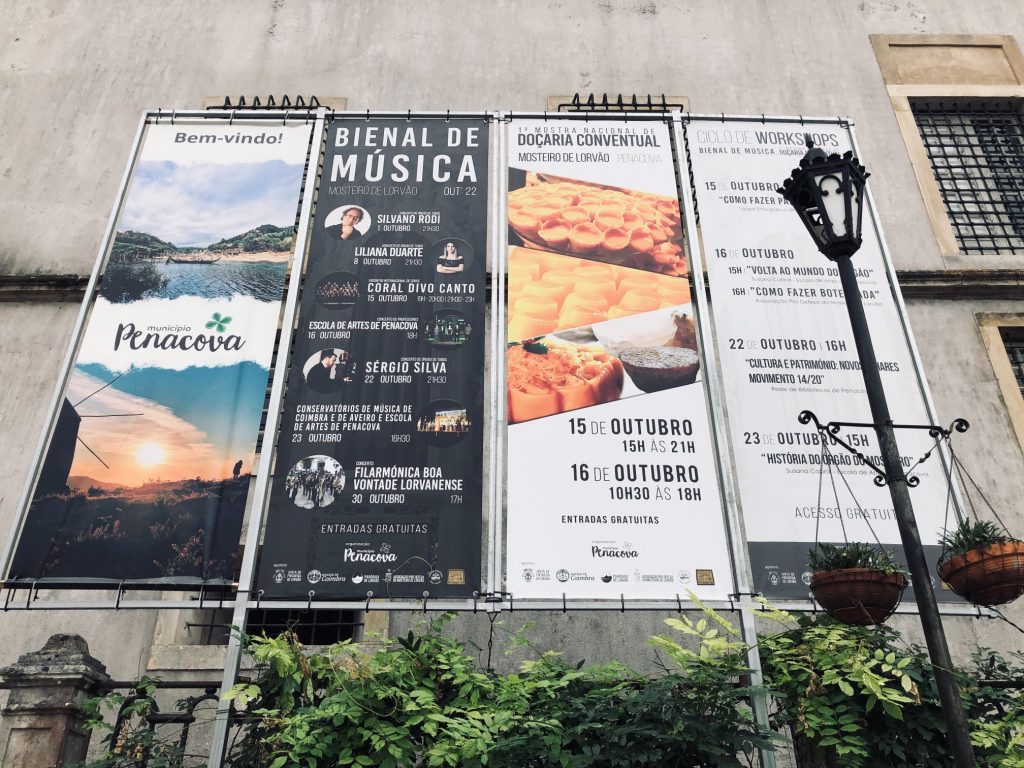






Penis Pleasure
I’ve never had so much fun with a Penis (ha ha).

























Pastelaria O Mosteiro – Cakes & Windmills
We made a return visit to Lorvão Monastery as we embarked on The Roteiro do Arista trail. This time we made a pit stop at Pastelaria O Mosteiro to buy regional convent cakes. This time we chose Nevadas and Pastéis de Lorvão and ate them next to the Gavinhos Windmills. Oh my gosh they were so delicious and the funniest part was I decided I wanted to try both so asked hubby to cut them both in half. Hubby didn’t have a knife on him because he is not in a gang, so he used an old Activo bank card he found in his wallet. We no longer use this bank ever since our bank fraud drama earlier this year and it made a great cutting device. Most folk cut cocaine with credit cards but my hubby cuts cake (ha ha). Just look at this perfect picnic spot I found on the cliff edge. One direction gives the most awesome view of the mills in the distance and the letter O and the other direction shares the best ever views over the mountains. I wanted to stay here longer to saviour the cakes and delightful sight. I just adore the fluffy white clouds.
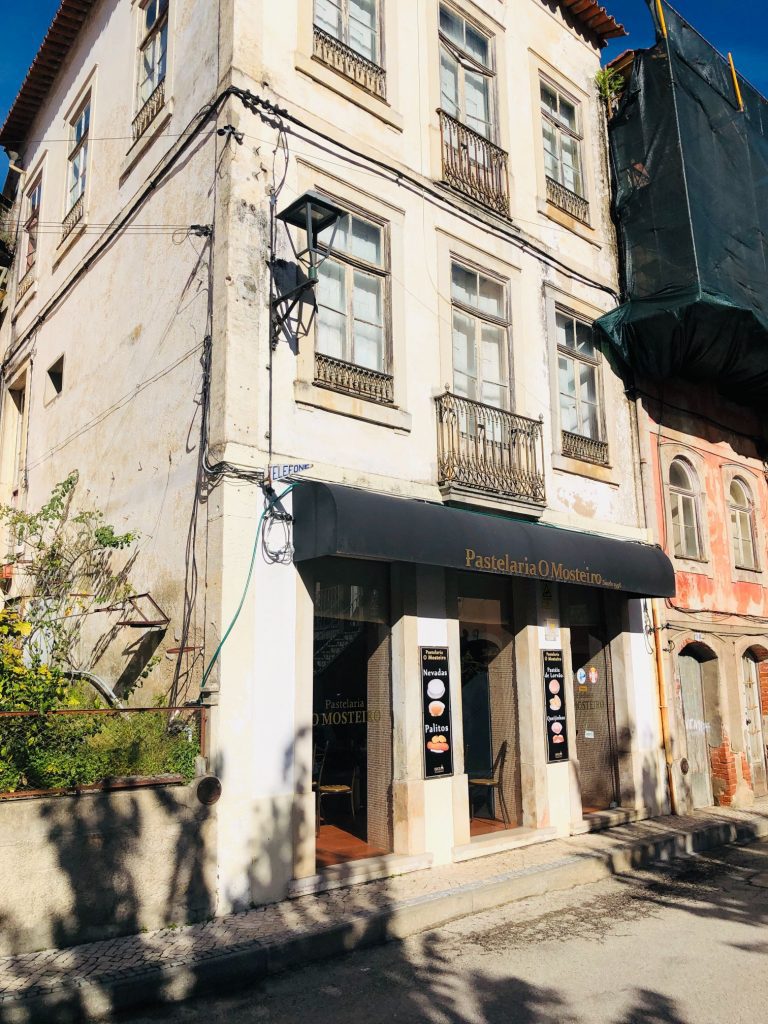
































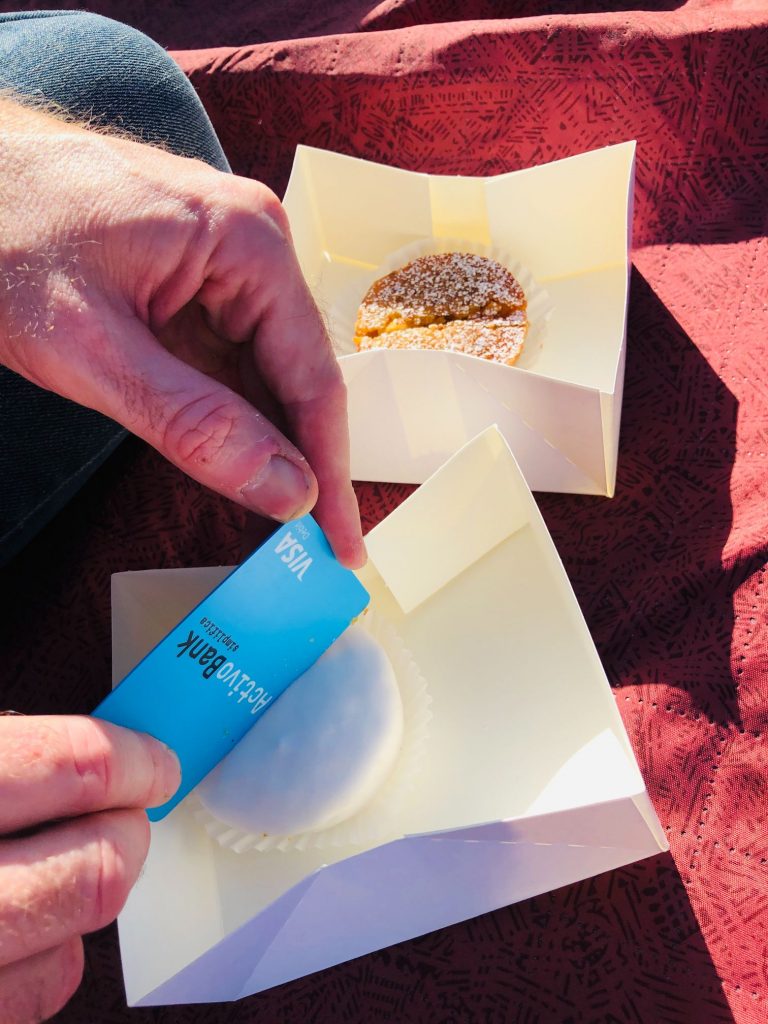


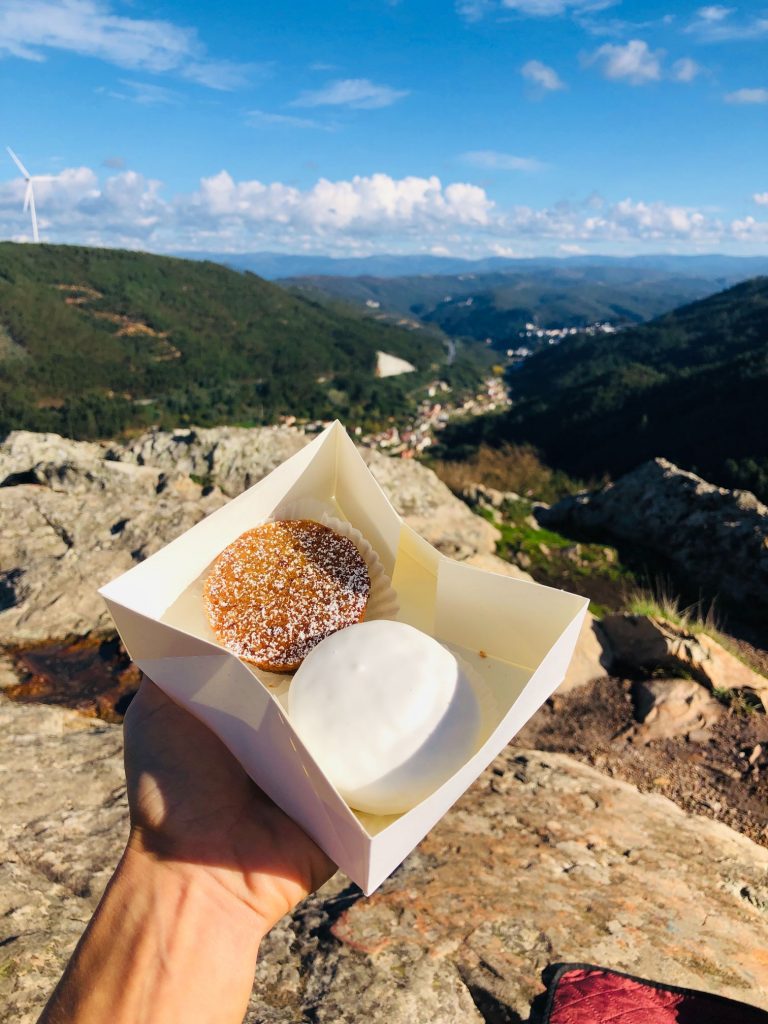


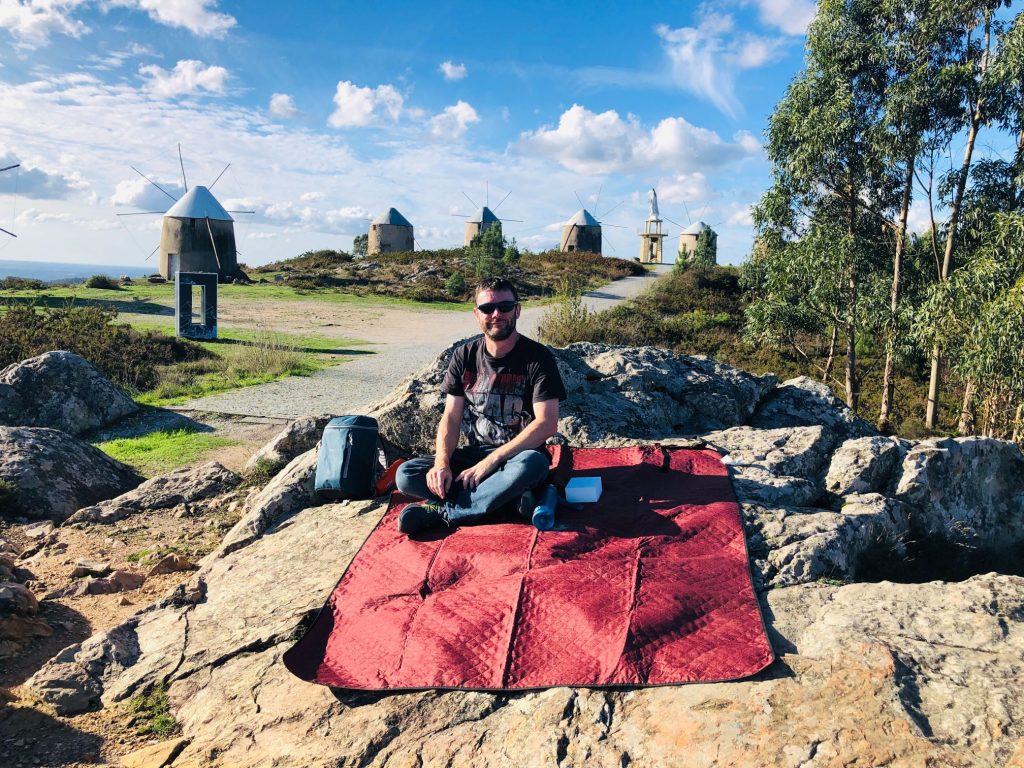





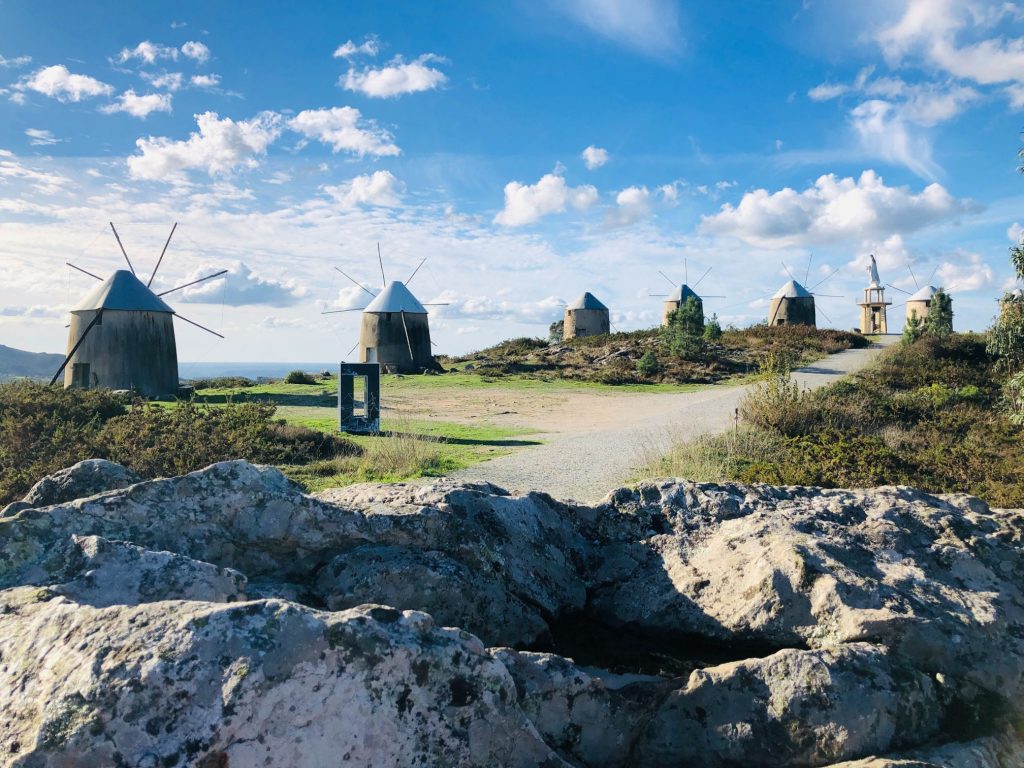














Mostra Internacional Doces & Licores Conventuais
We took a belated birthday day trip to the city of Alcobaça to view the famous Monastery and Wine Museum. The Monastery held its 24th annual Sweet & Liqueur Convention on the 17th – 20th November. The cost to enter was €1 and we got to tour the magnificent Monastery and Church which is resting place for the tombs of Pedro and Inês. The “Festival” of confectionery and convent liqueurs always takes place in the month of November. Every year, dozens of pastry shops from all over the country participate with their best specialties. The exhibition also receives international representatives from Spain, France, Belgium, Poland and Brazil and important presences of Portuguese monasteries or convents such as: Singeverga, Louriçal, Montalvo and Rio Caldo. Vendors came from far and wide and the liqueur was plentiful and from several regions of the country including Belgium beer and chocolates from the Monastery of Herkenrode. There were live chef cooking demonstrations throughout the day and music in the hotels Rachadouro Cloister from the philharmonic bands, orchestras and cultural associations. There were competitions for best cake and jam but in my eyes they were all divine and worthy winners.
The treats spanned over 3 rooms with a separate room for liqueur. Room1: National and International exhibitors. Room 2: National exhibitors and Room 3: Monasteries of Portugal, France, Spain and Brazil. There was a cafeteria selling coffee and other beverages. We had a hard time circling the rooms and trying to narrow down our selection as everything looked so divine. I had my mind set on sampling the “Amor Meu” (My Love) and hubby was going to try the “Segredo de São Bernardo” (St Bernard’s Secret) from Atelier do Doce (Candy Workshop). I rapidly changed my mind as there was no way that my choice of cake could easily be carried around for an excessive amount of time or cut in half to share and it would likely end up with my half on the floor and I’d be one sad puppy. It did look so pretty with the pastry heart on top but in the end we purchased our cakes from Brisadoce (Sweet Breeze) and we ate them in the Garden of Love. Hubby chose “Fatia de Resende” and I’m not sure of the official name of the cake I opted for as the label just said “Fatia” (Slice). Mine was absolutely delicious, so moist and cherry based with alcohol.
I somehow managed to resist buying a penis pastry this time (ha ha). I’m intrigued to know what St Bernard’s secret is (ha ha). This event was awesome, you just have to visit to sample the best convent sweets in a monumental setting. The aroma drifted throughout the whole Monastery and made my mouth water. At one point I lost hubby and eventually found him in the Liqueur Room (ha ha). I think he was sampling all the Belgian chocolates and beer. When I eventually found him he was entering a competition to win a night for 2 at a hotel. Let’s hope he decides to bring me if he wins. I really enjoyed the Cake Convention. I was in my element seeing and smelling all the sweet treats from different regions. I do feel the prices were a little steep compared to my local pastelaria and padaria which sell yummy cakes which start at around 70 cents but it was worth it and a one off unique experience. Most individual cakes ranged from €1-€3.50 each. The cakes we chose were €2 and €2.50 each and pretty big in size so we could half them and share the love.



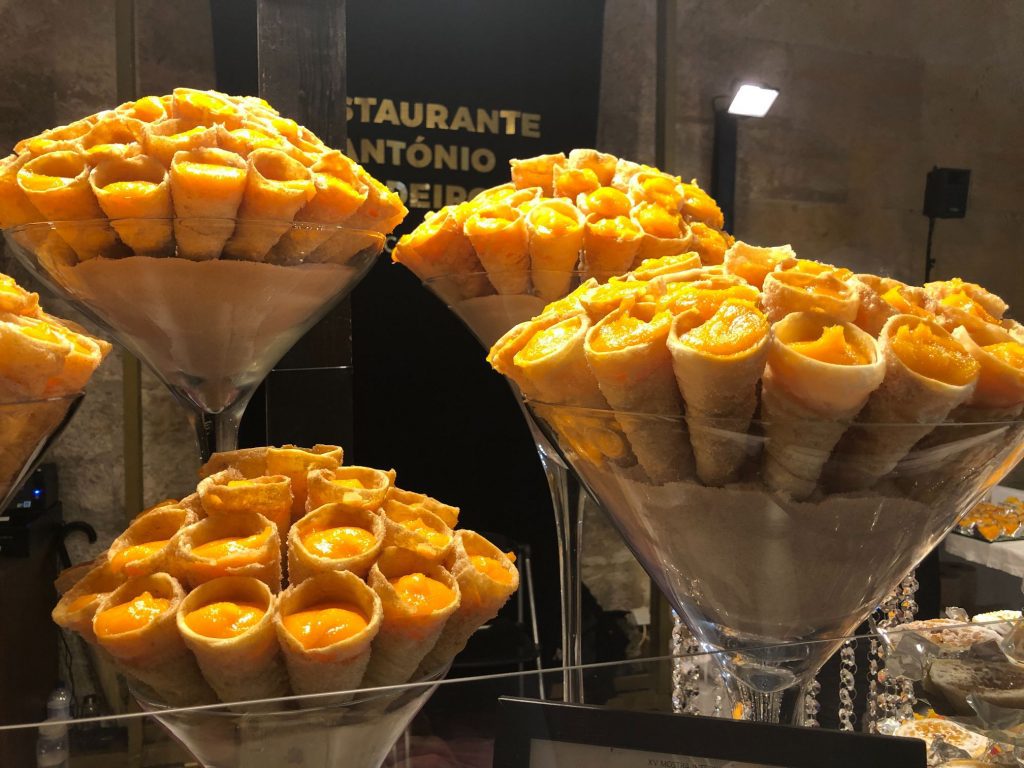

















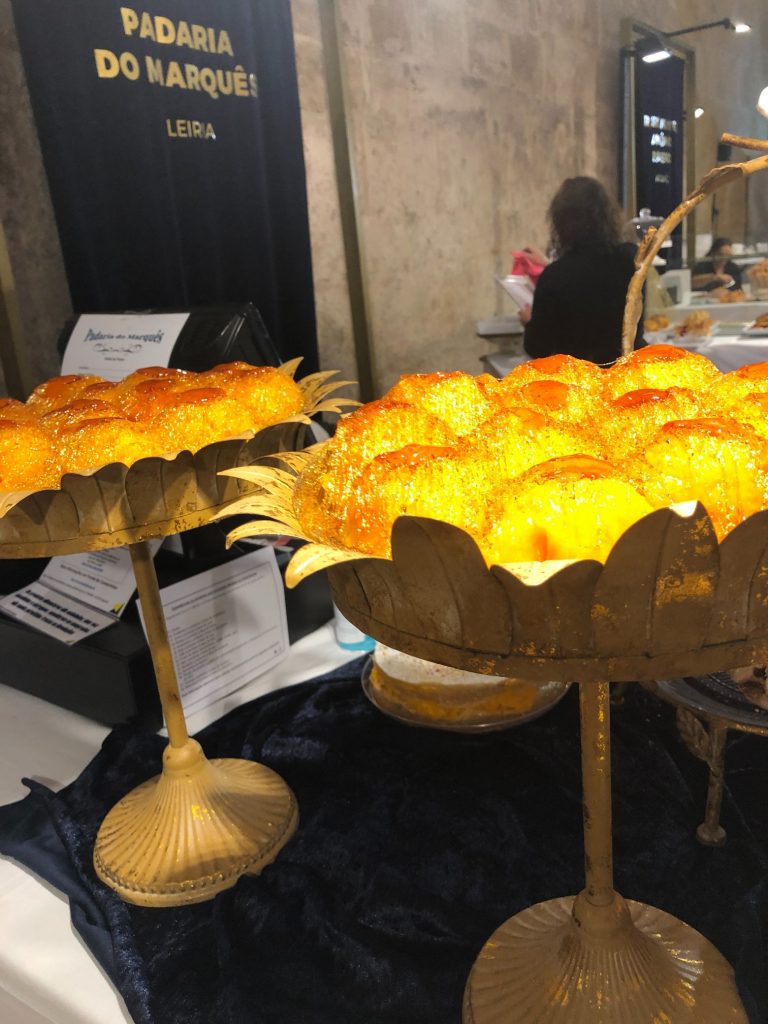











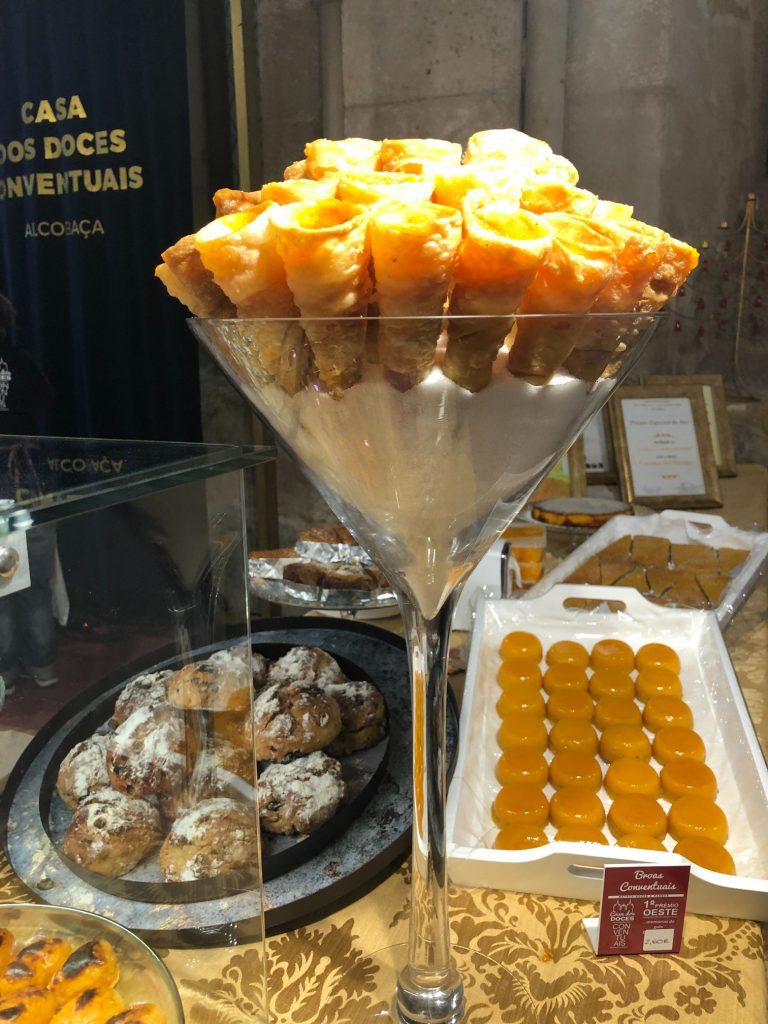





























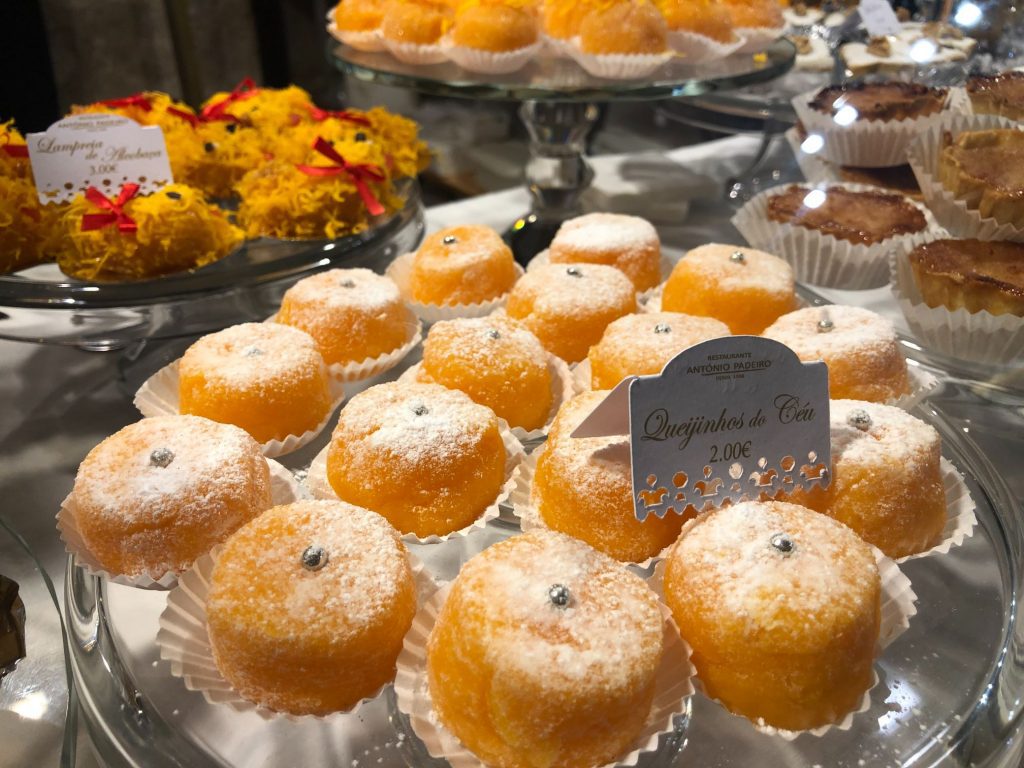

















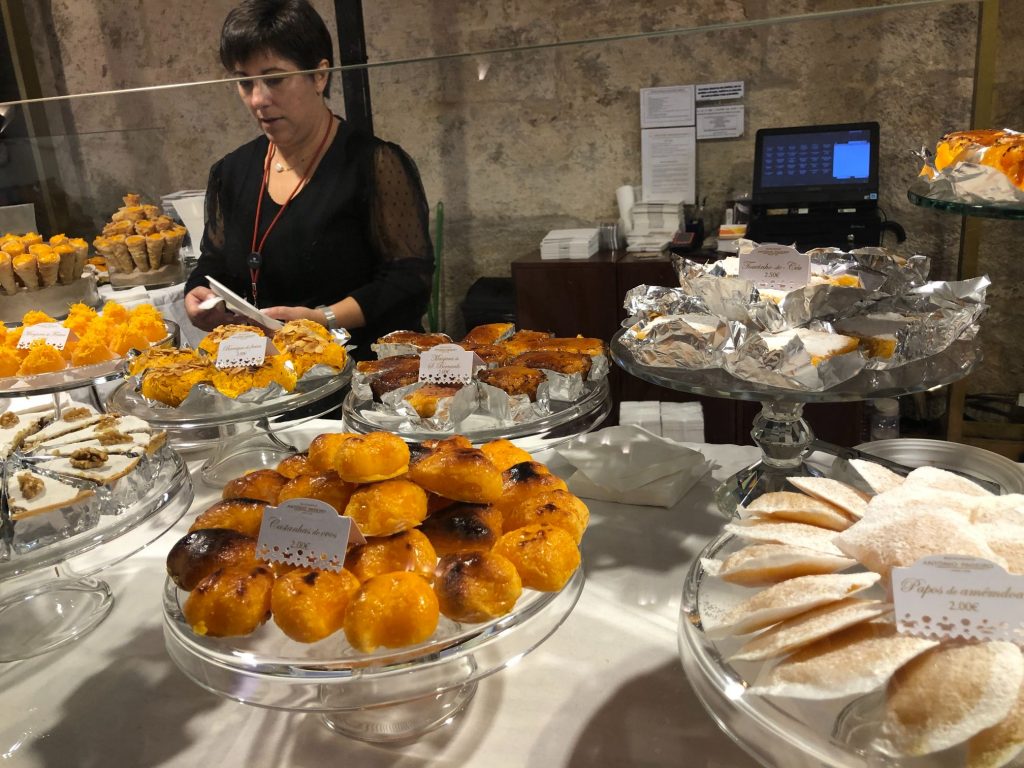











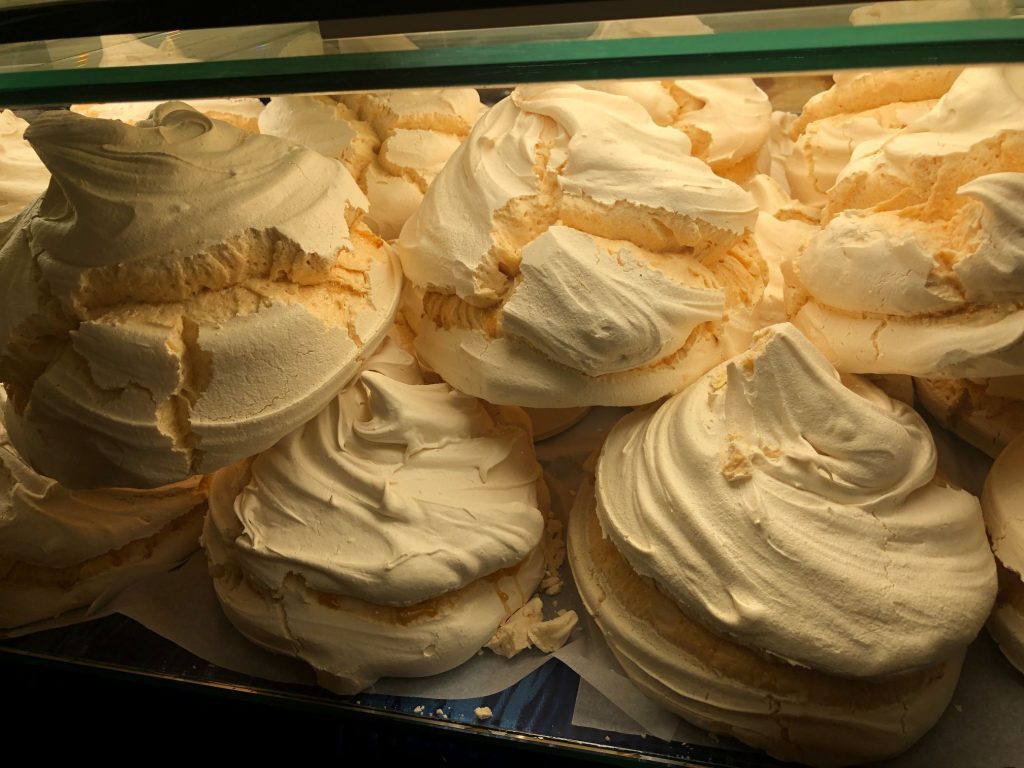














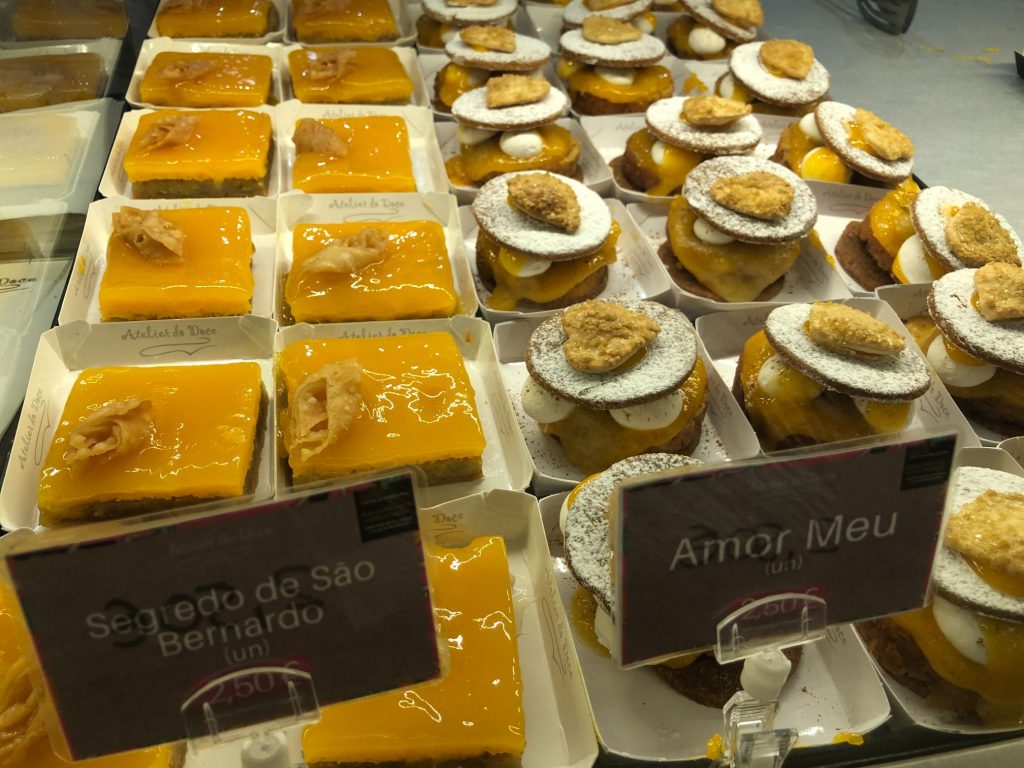





































































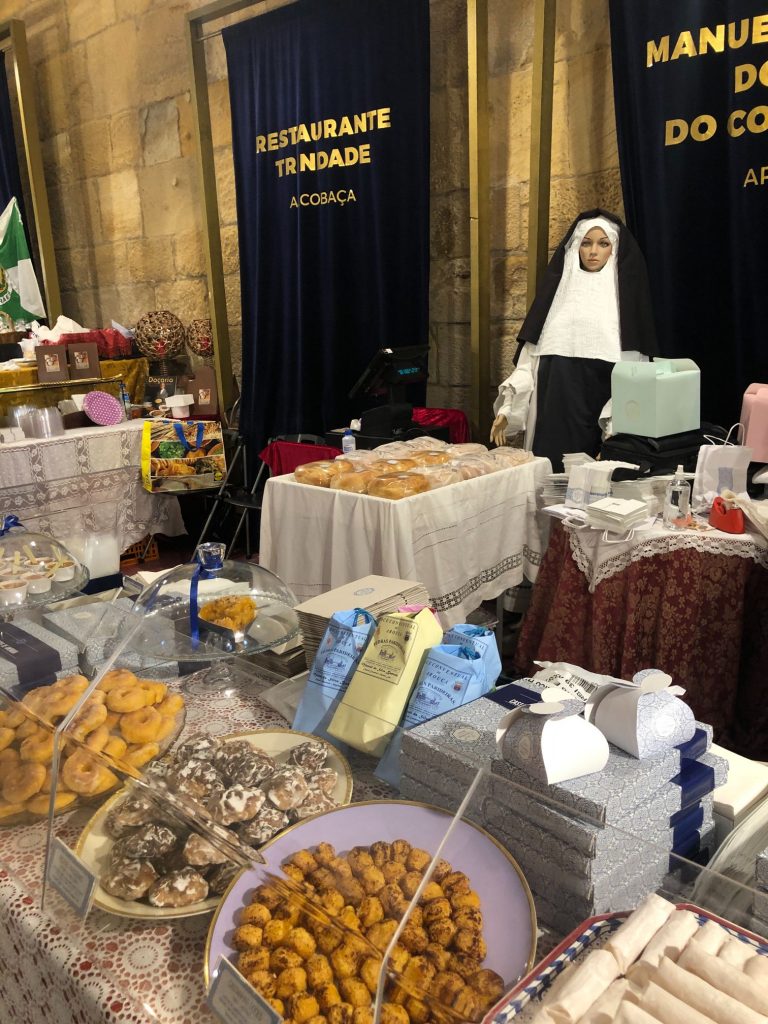














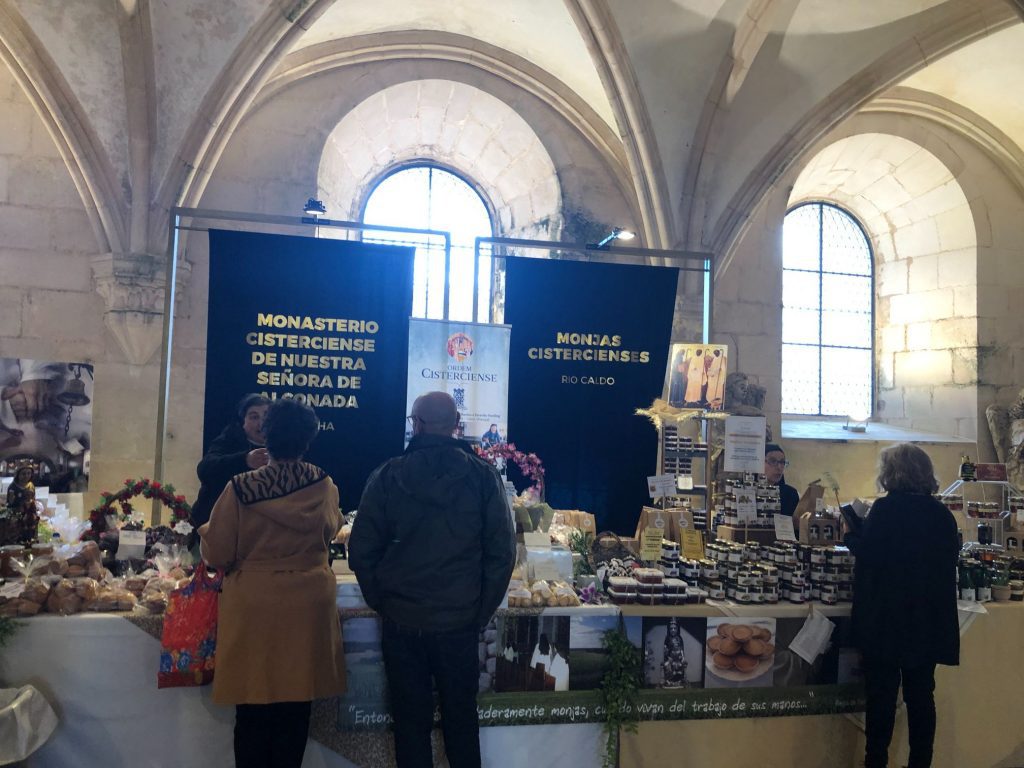


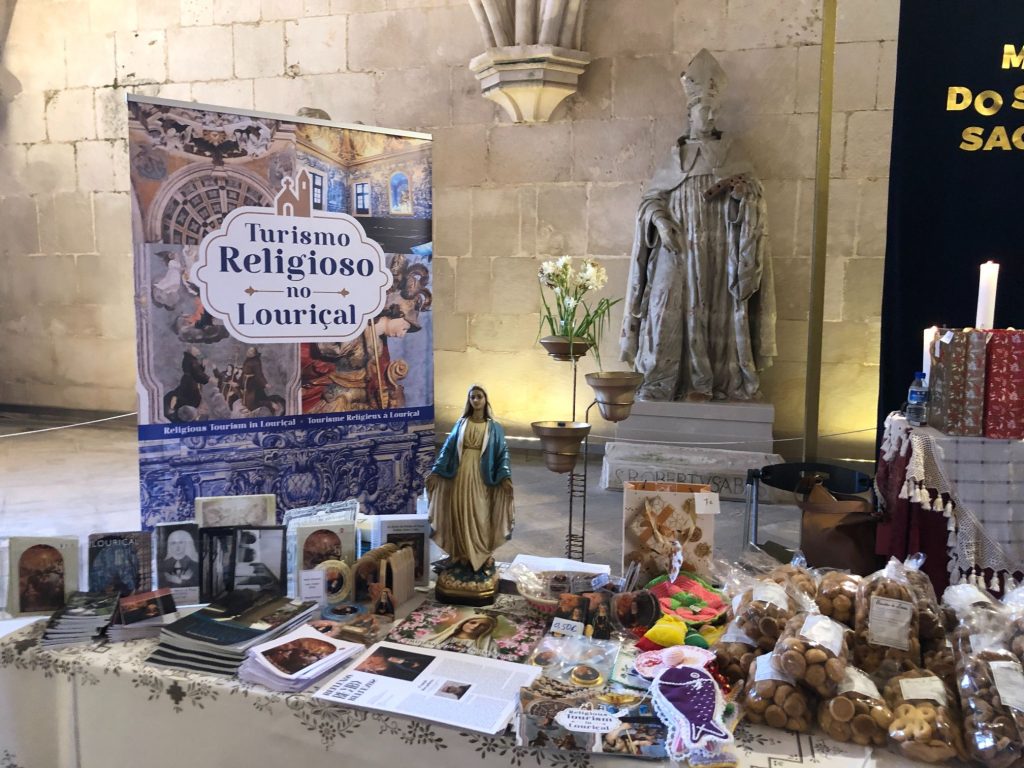









































The Garden of Love
This was our choice in the end and we cut them in half to share the LOVE. We found a romantic spot in The Garden of Love to enjoy our yummy cakes. One word: DELICIOUS!



























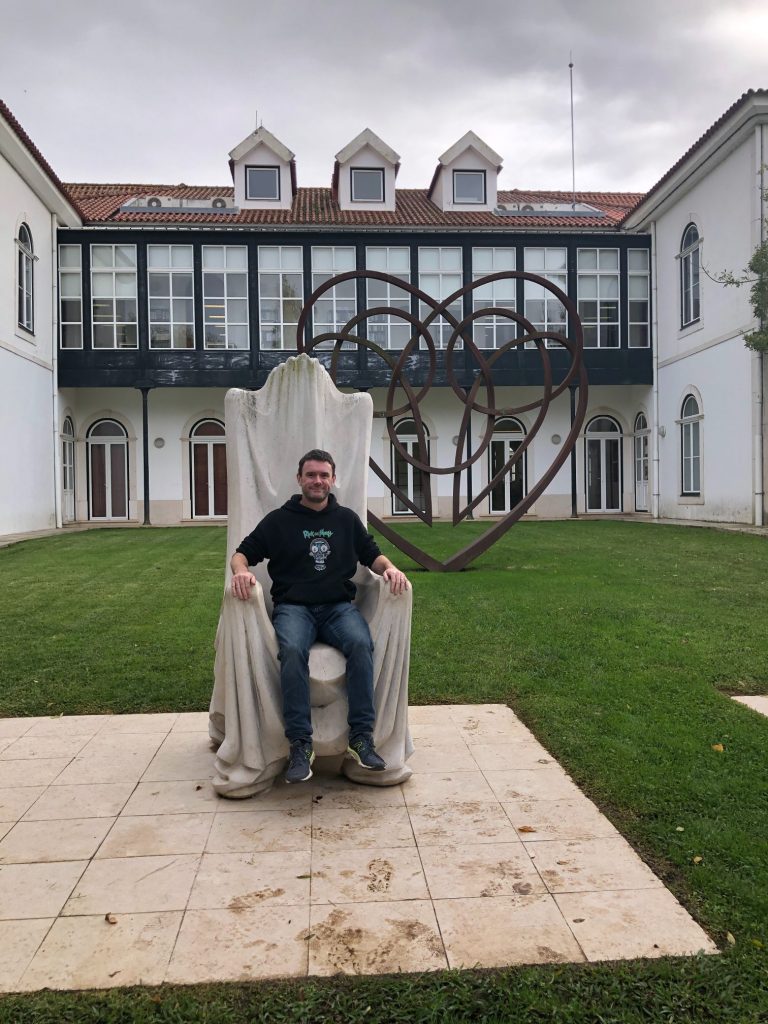


























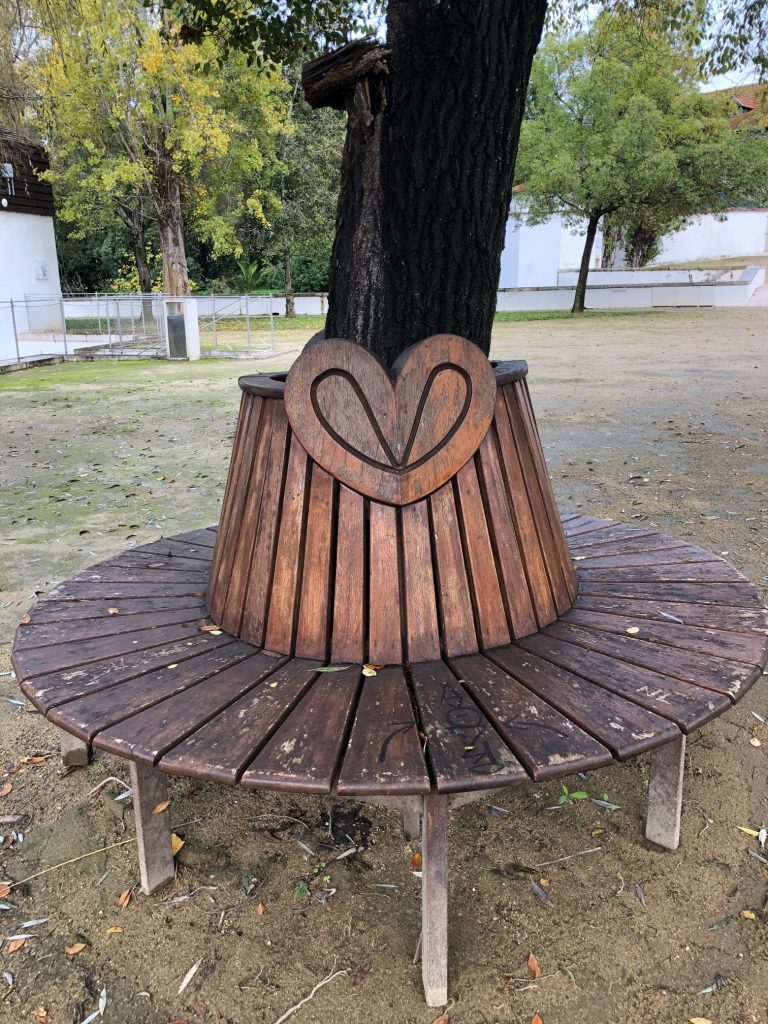





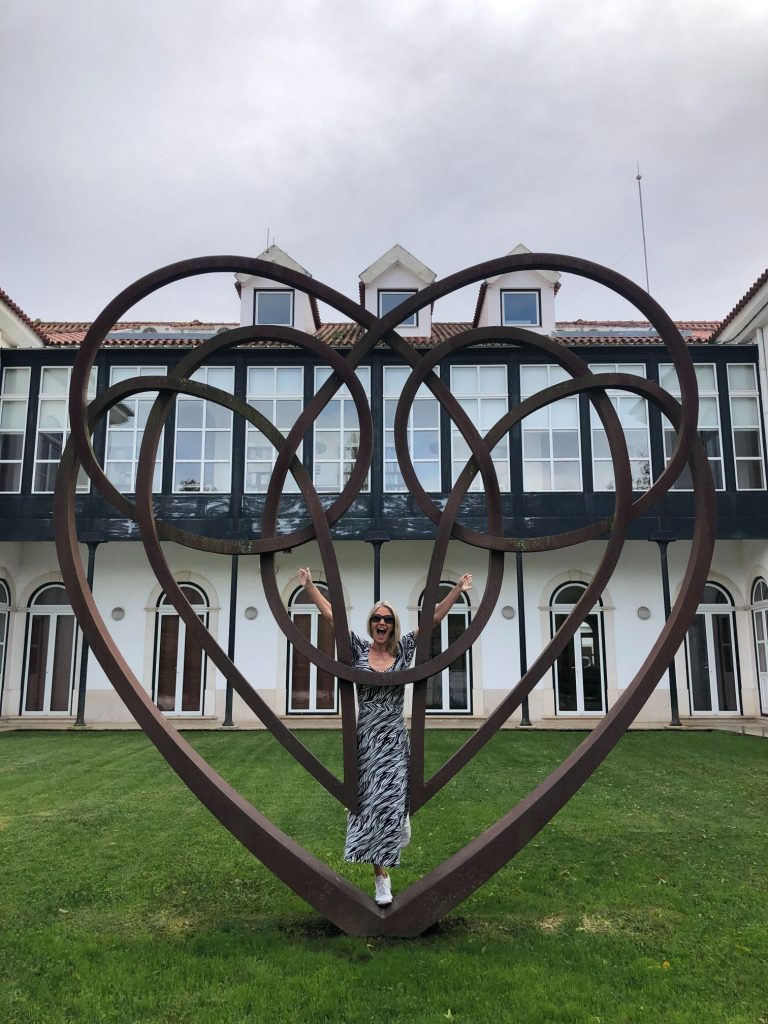








Cafe Culture
Cafe Culture is huge in Portugal and it’s just too tempting not to enjoy a sweet treat with my espresso. One aspect I LOVE about Portugal is the fact that cafes and restaurants welcome you with a friendly smile and chat. It is so affordable and more than often there are free tables inside and outside. I remember a visit to Costa in Cabot Circus Bristol and I had ordered my coffee with a cake of course which set me back a whopping £5 and I was walking around trying to locate a table. I asked a man who was sat at a table of 4 if a seat was free and he said no that he was waiting for someone but no one ever turned up! This was pre covid times too so I don’t know what his problem was with me sharing his table. Maybe he thought I would play footsie under the table. That was not my intention as he was a minger (ha ha). I had to wait standing with my tray for over 10 minutes until a friendly lady offered me a seat opposite her. By this time my coffee was luke warm and resembled dish water.
In Portugal you are not restricted to a time length and can visit during a peak lunch time and just order a cake and coffee for a Euro or two and sit for as long as you like and are not intimidated or asked to move on. There are no time restrictions here or any silly rules about spending a certain amount of money. We once visited a Tea Shop in Nottingham and they not only were the most expensive Tea Shop I have ever visited but they had a time restriction. Something ridiculous like 45 minutes for beverages with cakes (they took 30 minutes to serve us!) and 90 minutes if you are having a main meal (lunch or dinner). Then there was a crazy surcharge if you ate alone. I am not joking they penalised single folk! Never in a million years would this occur in Portugal. If you don’t fancy sitting at a cafe then visit one of Portugal’s Pastelarias (Bakeries) and buy a cake to take away and sit in one of Portugal’s many green parks and enjoy a slice of heaven amongst nature.
I read an article recently about a Primark cafe in the U.K. Most have a Costa franchise but this one did not. A lady was complaining that she paid £28 for a savoury pastry, cake and drink for her and her 2 kids. Her negative feedback included that her children’s bacon baps were hard but her main issue was that her coffee (a Latte), the coffee for wimps (ha ha) cost just 5p less than three pairs of flip flops in the store and she expressed that the prices just don’t add up. I think there are 2 ways to look at this 1. Was it a really an expensive coffee at £2.65? and 2. Were the flip flops at 90p per pair ridiculously cheap? I am pretty sure that the coffee was not made in a sweat shop in a third world country by some child worker! I’m still going to have a shock to the system when I return to the U.K. and have to pay over £5 for a coffee and a cake as opposed to €1 here in Portugal. I might need a lay down in a dark room to calm me afterwards as I’m a frugal girl. I will more than likely be severely traumatised if someone tries to offer me instant coffee after luxury Portuguese coffee (ha ha). Maybe “Karen” should have just ordered a small coffee and ate one of her 90p flip flops at a mere 45p (ha ha). My motto is as follows: If you don’t like the prices don’t sit down, eat and drink just to moan about it afterwards. My main gripe about the Nottingham tea room was the silly rules as we were fully prepared to pay over the odds and expected it to be expensive. You can’t buy or put a price on ambience! I wonder how much ambience Primark cafe had, I’m thinking zero. Apparently the Primark cafe staff told the lady that the milkshakes “Taste better than they look” which is a bit like my cooking (ha ha). Hubby also read another article where a bloke complained that he stopped off at a park cafe for a coffee and cake and it cost a whopping £10 and it wasn’t London! One thing I have noticed which is really common here in Portugal is that if you order 2 cakes, they will arrive on 1 plate. Even if the cakes are large, flaky and will make a mess you still need to be prepared to share a plate or wait your turn for the other person to finish. It might be my OCD but I want my own plate!
I rarely drank coffee in the U.K. and hubby hates it. My choice of coffee in the U.K. was a Cappuccino but I quickly discovered after relocating to Portugal that most Cappuccino’s are made in cafes from a packet and taste disgusting. I swiftly converted to Espresso and now I adore it. I still enjoy the odd Cappuccino which I make myself at home using proper Portuguese coffee on a stove top coffee maker. Then I froth up some milk in my blender and job done. I usually just drink black coffee or espresso which are the tiny little cups and I limit myself to 2-3 per day otherwise I become very energetic, excessively chatty and hubby can’t cope with that level of enthusiasm on a daily basis (ha ha). If you have read any of my Hiking posts you will know that I have been trying to convert hubby from tea to coffee for over 2 years now. I am sorry to report that I have epically failed on this mission but I did successfully get him to hug a tree which in my eyes is progress (ha ha). One thing I have been trying to find out is how much Caffeine does 7 grams of strong filter Coffee have? I have googled Caffeine to death as although I will never ever give up Coffee or have any weird ass dream to swap my Coffee to decaf or green tea, I would like to keep my allowances within a healthy range. The only method to easily understand is to weigh the dry coffee in grams and multiply by 0.008, or 80 mg of caffeine for each 10 g of dry coffee. I have also read that a strong shot of Espresso has around 70 mg of caffeine. I don’t think 2-3 cups of Coffee and 1 cup of Tea per day is excessive but I’m still unsure of how much Caffeine I consume per day. If you are a Caffeine expert and can enlighten me then please drop me a message in the Comments section, it would be much appreciated.





































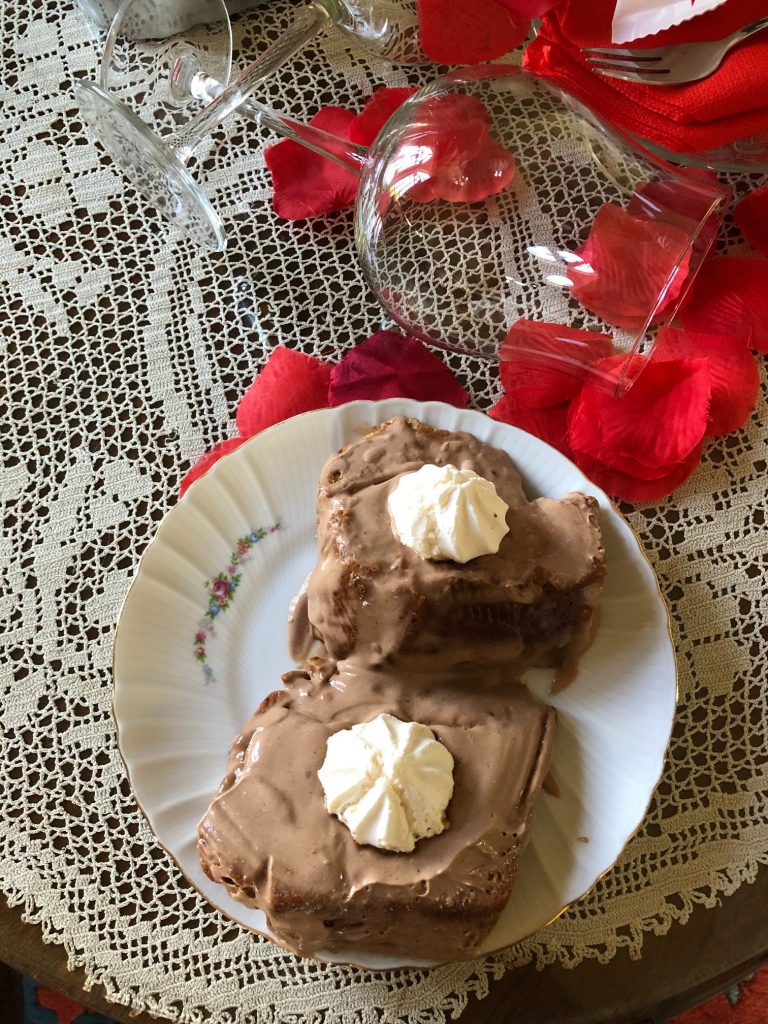














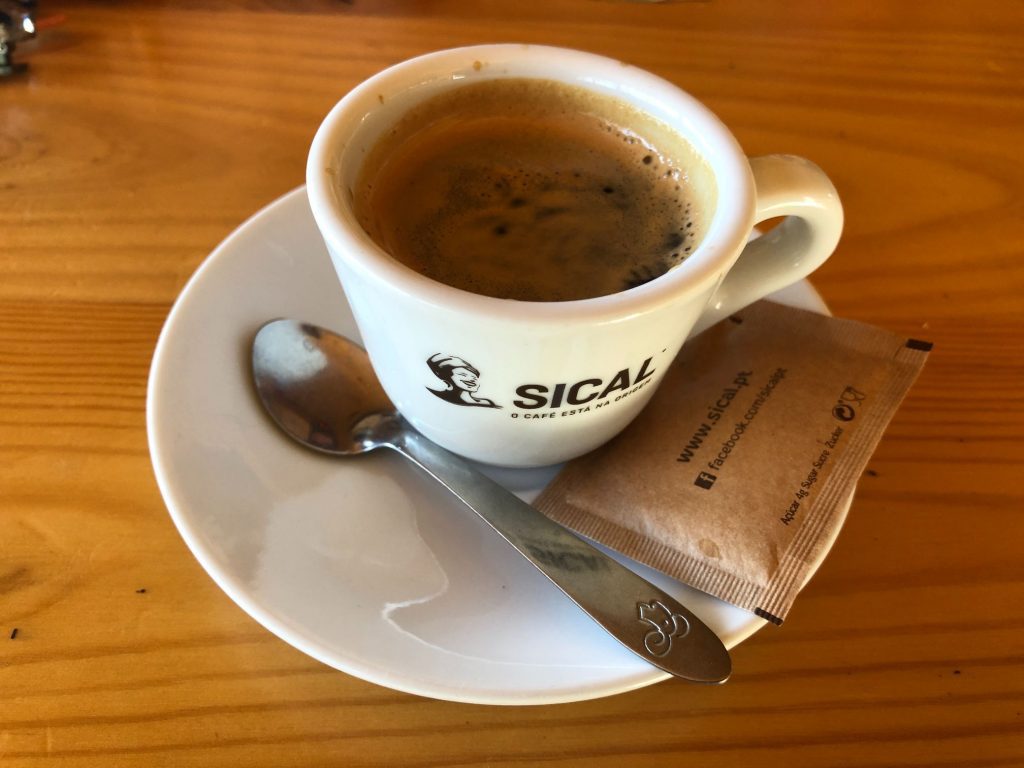





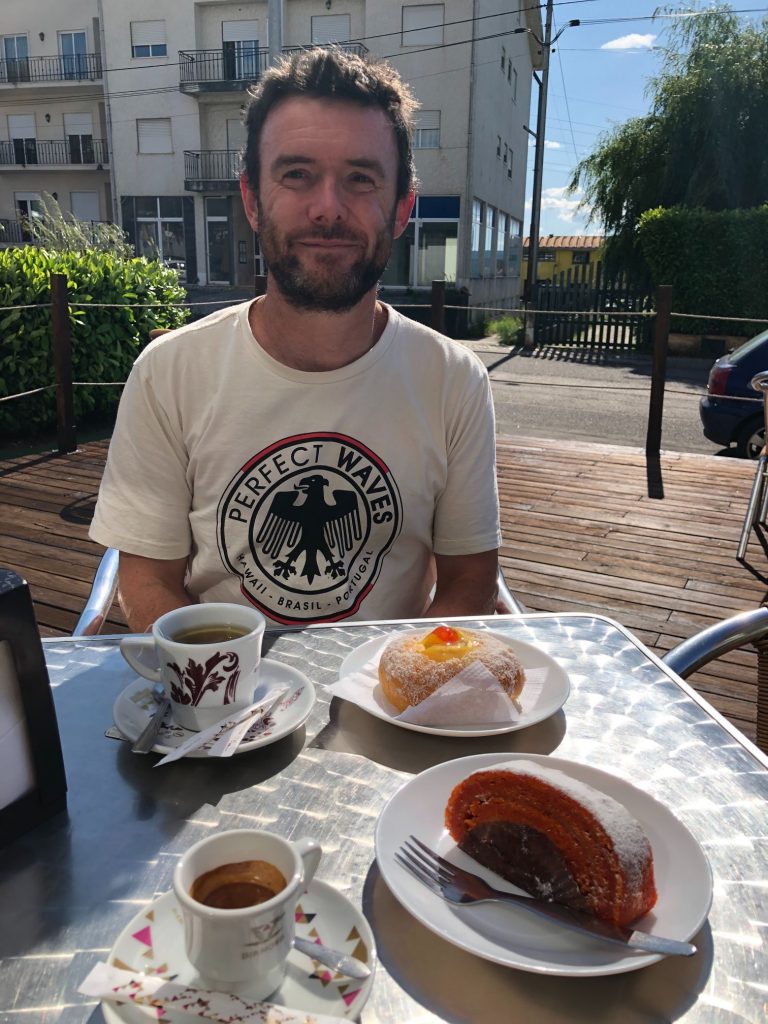




















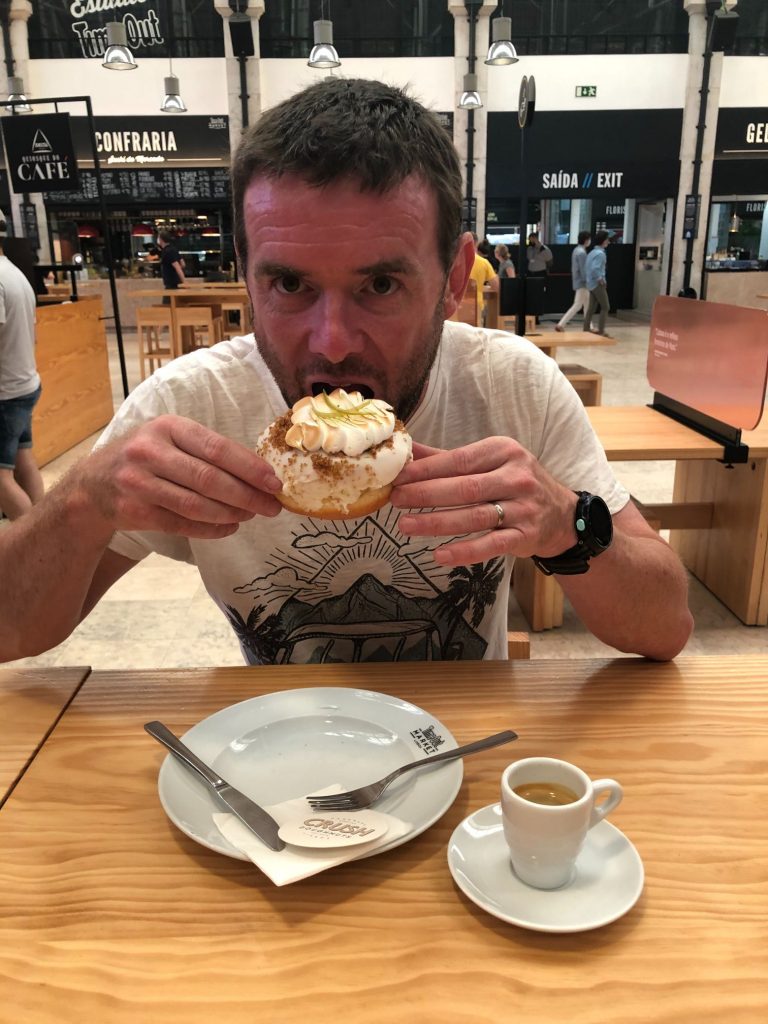











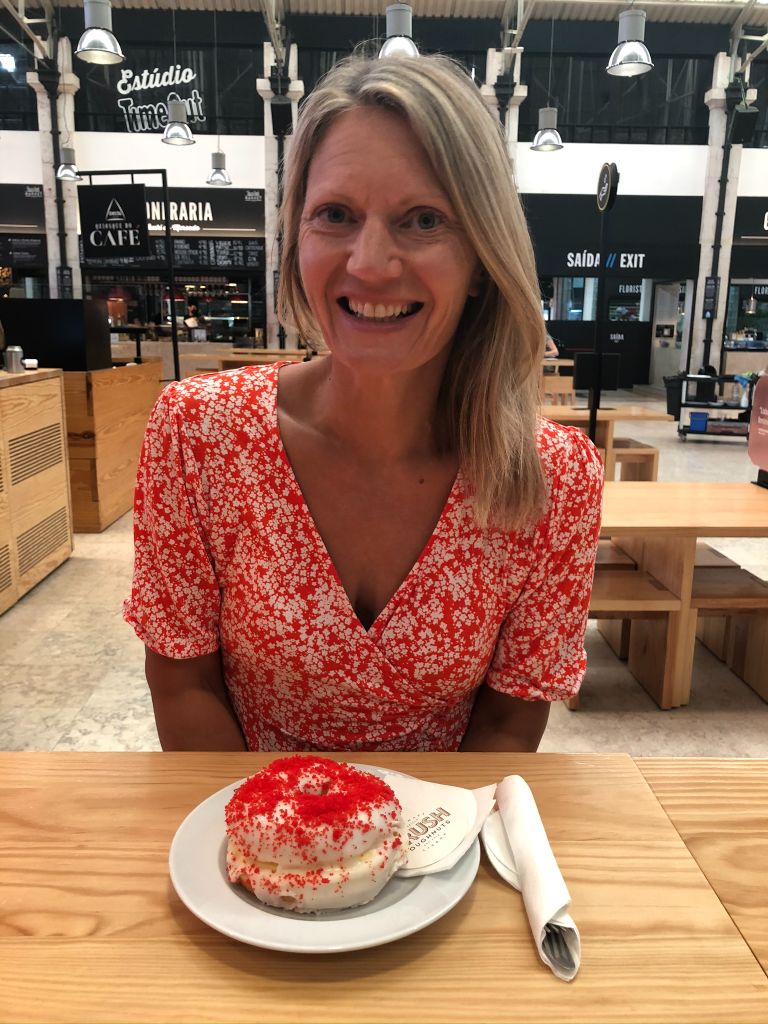















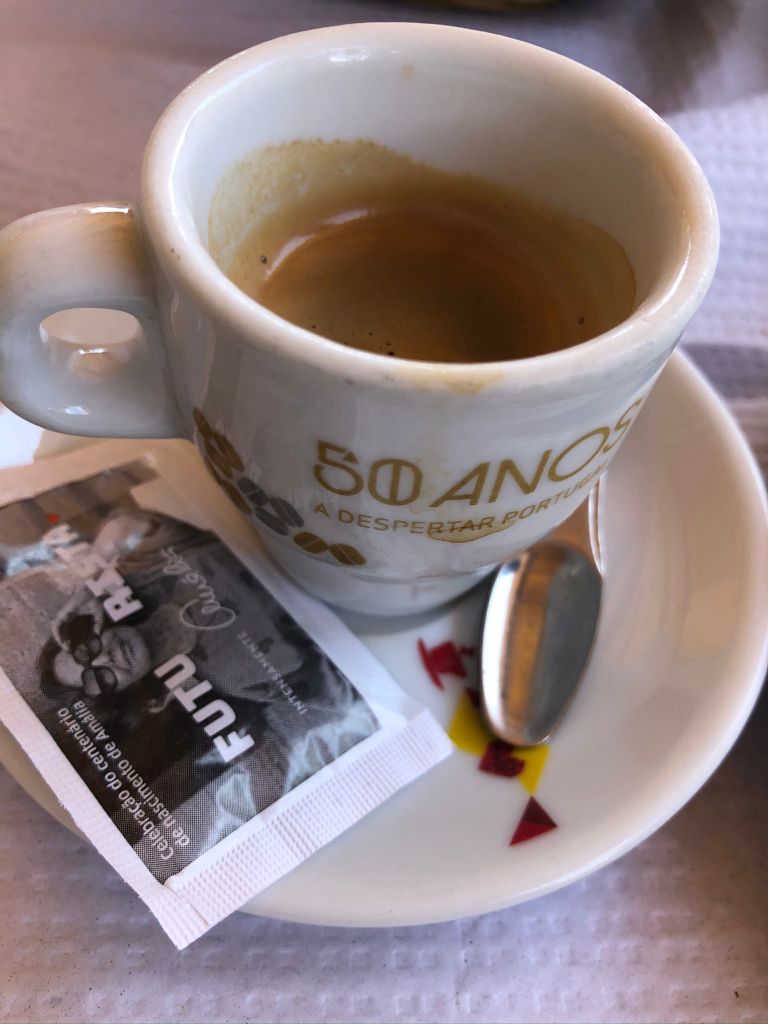






























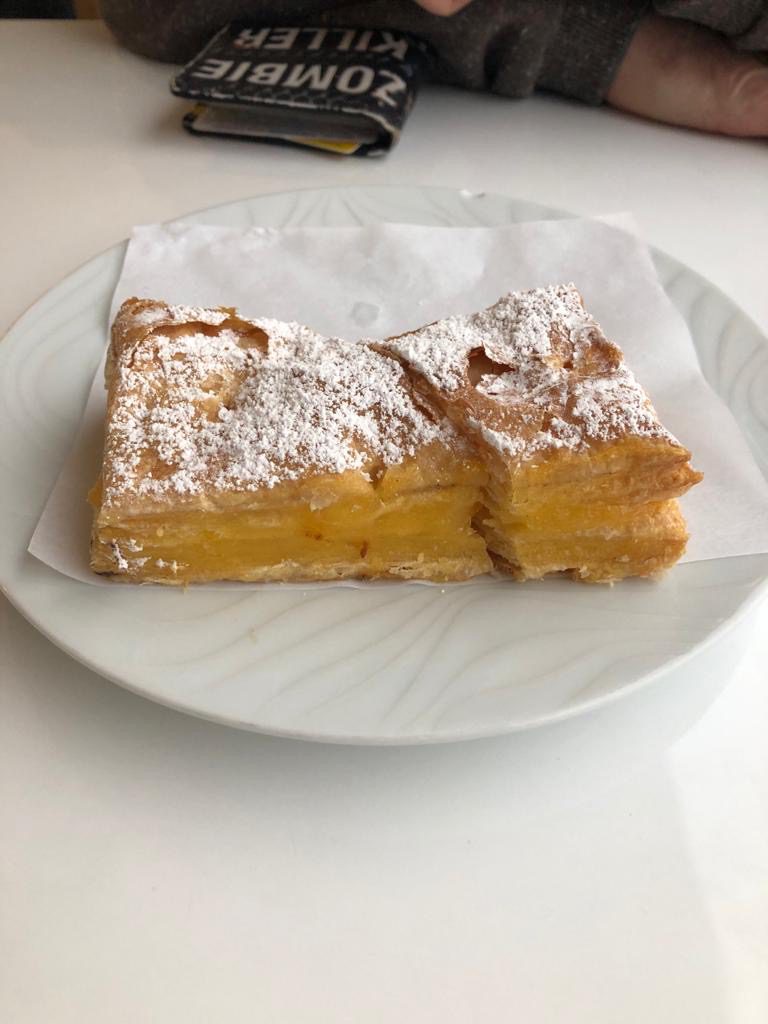


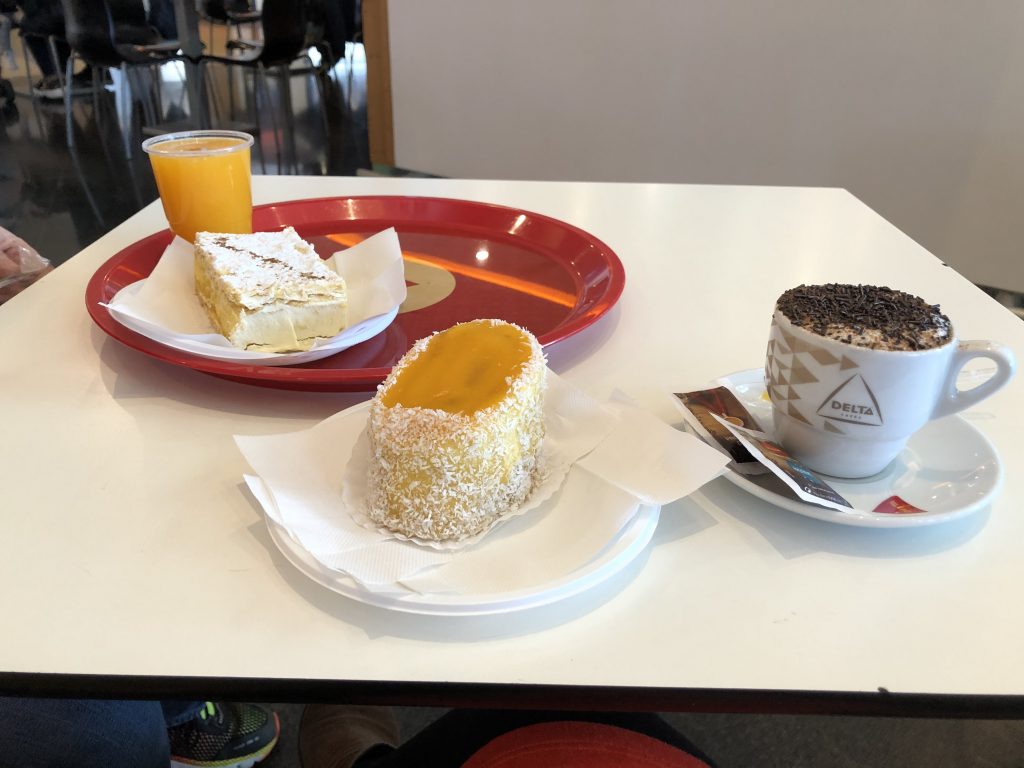


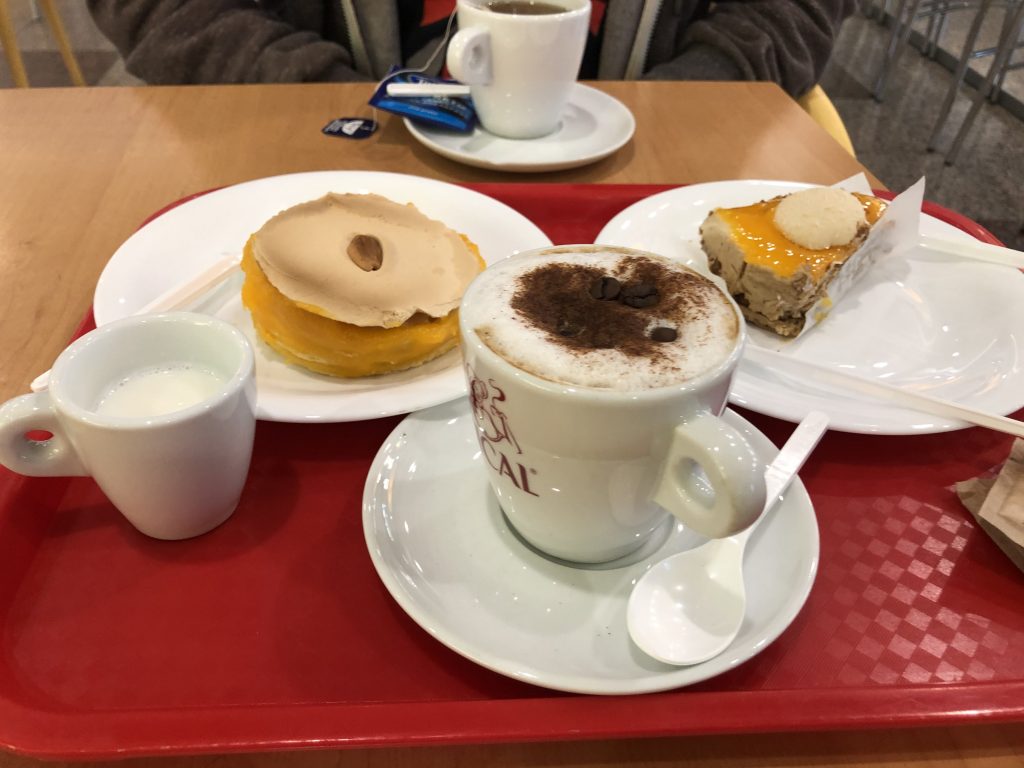











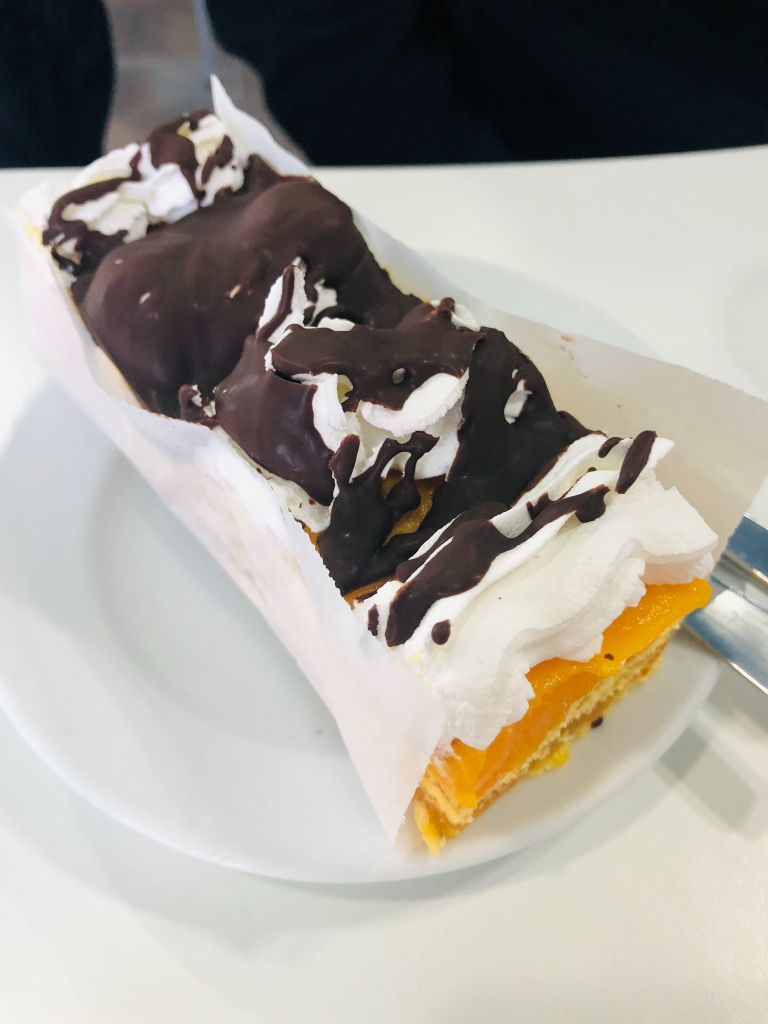


O Pão Quente (The Hot Bread)
I’ve been having regular weekly Physio sessions recently and hubby has found an amazing cafe right opposite the Physiotherapists in Arganil. He samples the delights whilst I’m being worked on because every cake has a story to tell (ha ha). He is living the sweet life!















Famous Cafes – Majestic & Pastéis de Belém
The Pastel de Belém was created by the monks of Belém (a district of Lisbon) in a shop next to the Jerónimos Monastery. The centuries old recipe is top secret! An old Portuguese legend says that “A bride who eats a Pastel de Belém will never take off her ring” so it’s quite common to see newly wed couples in their wedding outfits at the most famous bakery in Lisbon. They were served to us slightly warm and are definitely the best ever Nata’s I have consumed since arriving in Portugal. I can’t say the same for the Pastel de Nata’s we were served in the world famous Majestic Cafe. They were average at best and very expensive but the cafe is definitely worth a visit and one for your Portugal bucket list.
Majestic Cafe
I wrote a blog post about our awesome experience, you can read it here if you wish: https://casavalhal.com/a-visit-to-the-world-famous-majestic-cafe-in-porto/






























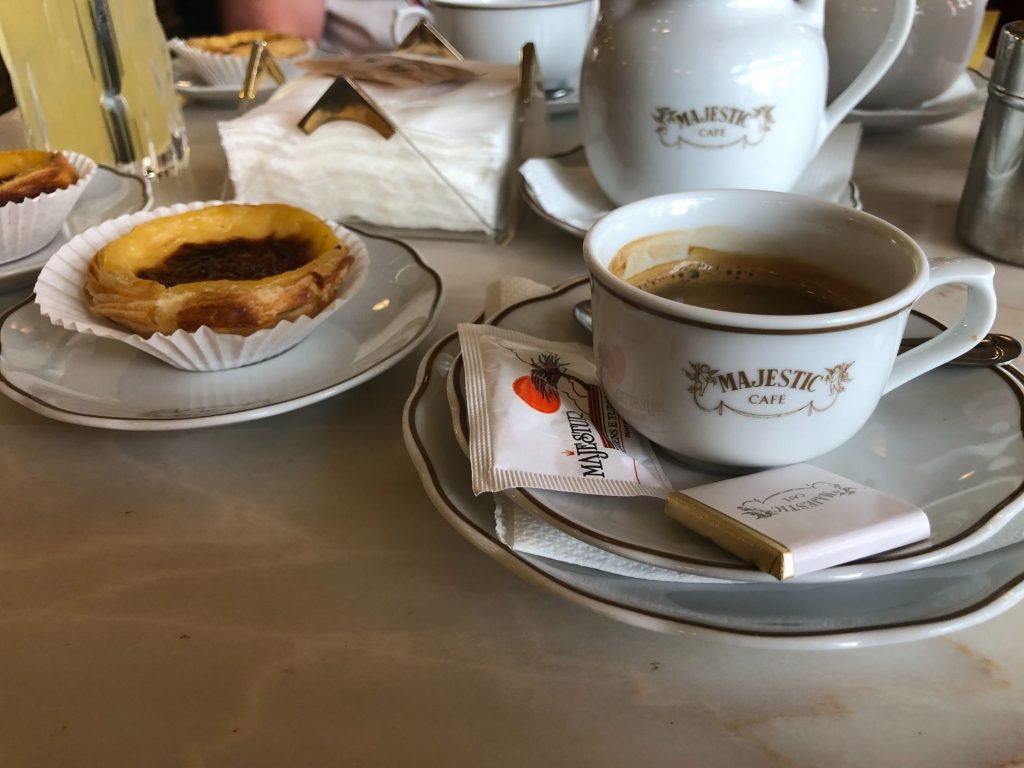


Pastéis de Belém
I was so excited to visit this world famous Pastelaria. Our Portuguese language teacher told us they have the best ever nata’s and she wasn’t wrong. It is supposed to have the best ever tasting pastries in the whole of Portugal. The history dates back to 1837 with a secret recipe from the nearby monastery. They still use the secret recipe today and are masters of cream and puff pastry. They offer a take away service and also have a cafe. We decided to sample the whole experience by dining inside. The store front and shop is very elegant but I must have to admit that the inside seating area is not a super amazing environment and it lacked any ambiance. It is fairly basic and the small seating area was full and the only table available was in an area right opposite the kitchens. The service did lack a little too as we were not shown to our seats so we had to wander around trying to locate a free table. Once seated it took the waiter a long time to acknowledge us then a really long time to serve us. I expected the traditional Portuguese charm and passionate staff but I got an average to poor service and a waiter who looked bored and lacked enthusiasm. Don’t panic, it gets better, the pastries totally made up for the mediocre service.
We ordered drinks and 3 of the famous Pastéis de Belém. They were absolutely the best ever tasting custard tarts I have EVER tasted in my entire life. They were divine: warm, sweet, creamy and the pastry was buttery with just the right amount of crispness. They also were not as expensive as I thought they would be. Clearly more expensive than our regular local cafe and pastelaria but not excessively expensive like the Majestic Cafe in Porto. We very nearly bought a few to take with us when we left but we didn’t think they would survive in the heat. I visited the toilets and was surprised to see an additional large dining area which looked much better than where we were sitting and it was fairly empty. I was a little gutted as no one told us about this and we sat at the only available table we could find which was not a nice location. My top tip would be to buy the tasty custard tarts in the shop and walk across to the beautiful park opposite and enjoy your sensational sweet treat in the Portuguese sunshine.






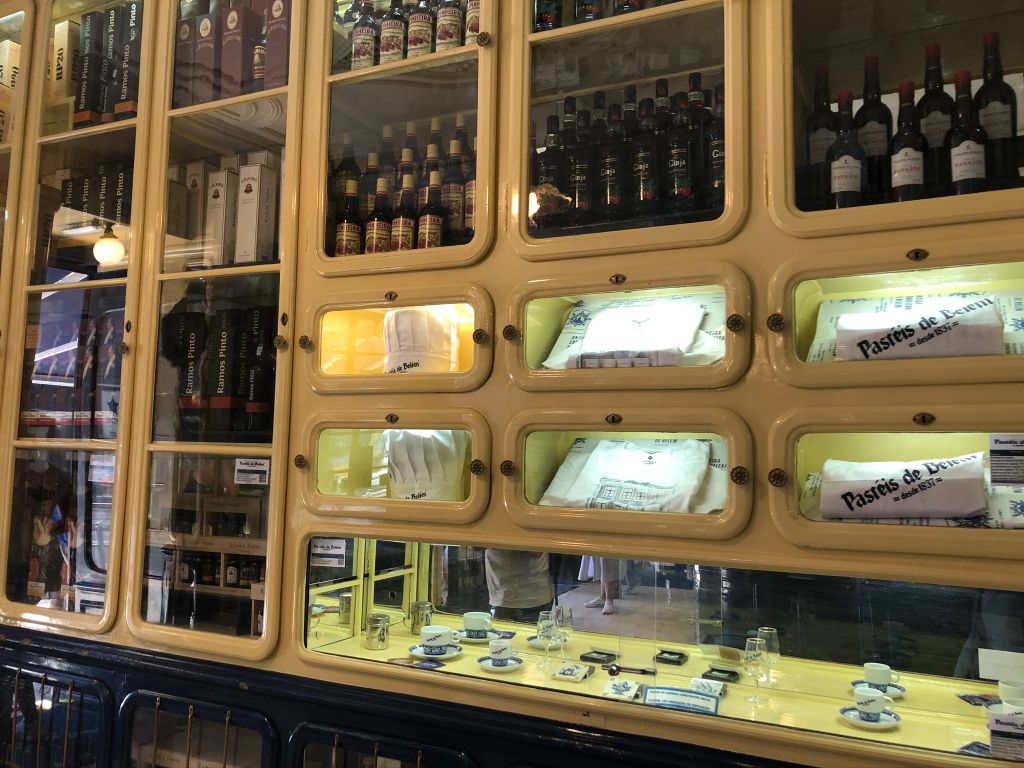




















Jeronimós Monastery






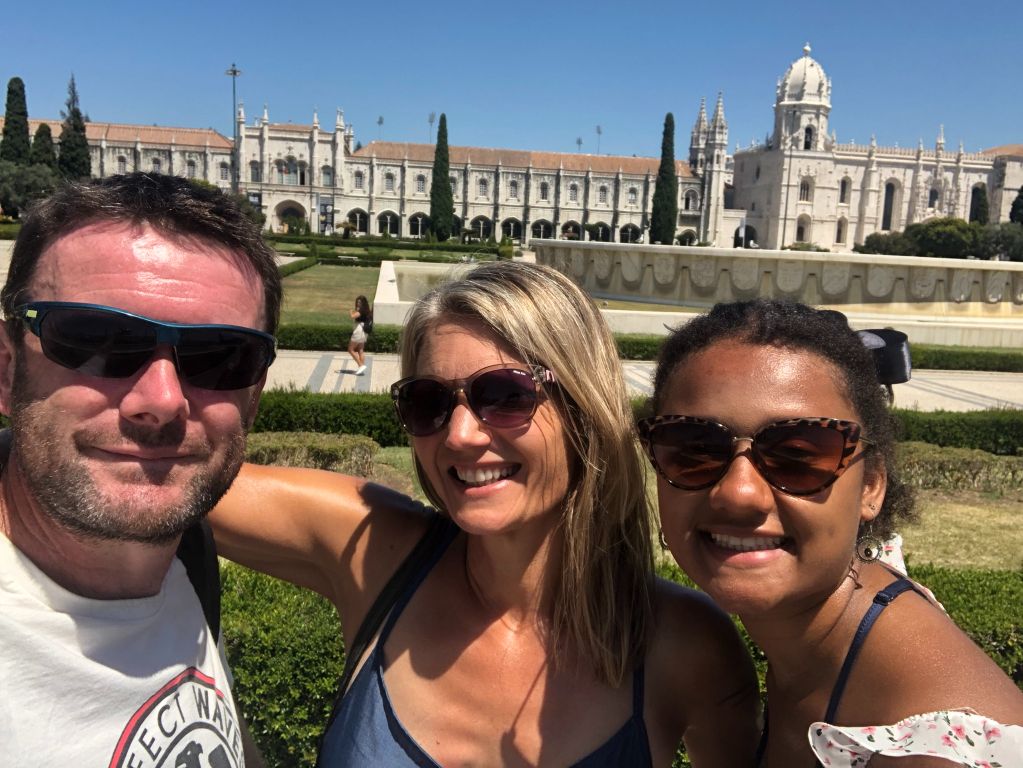


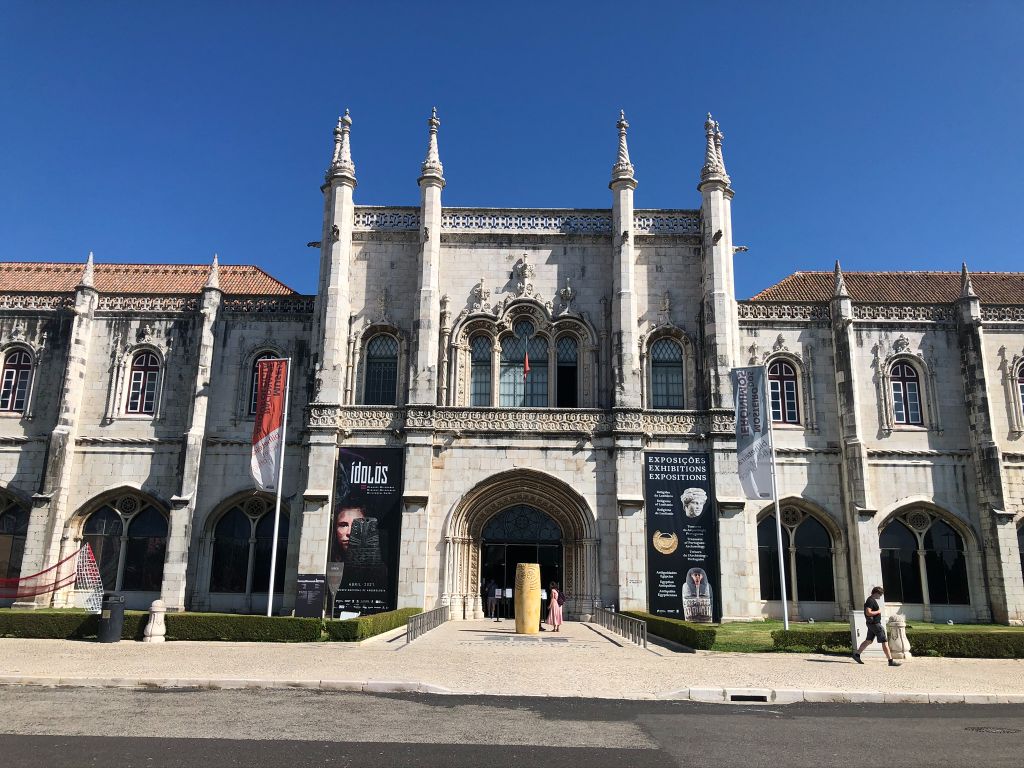


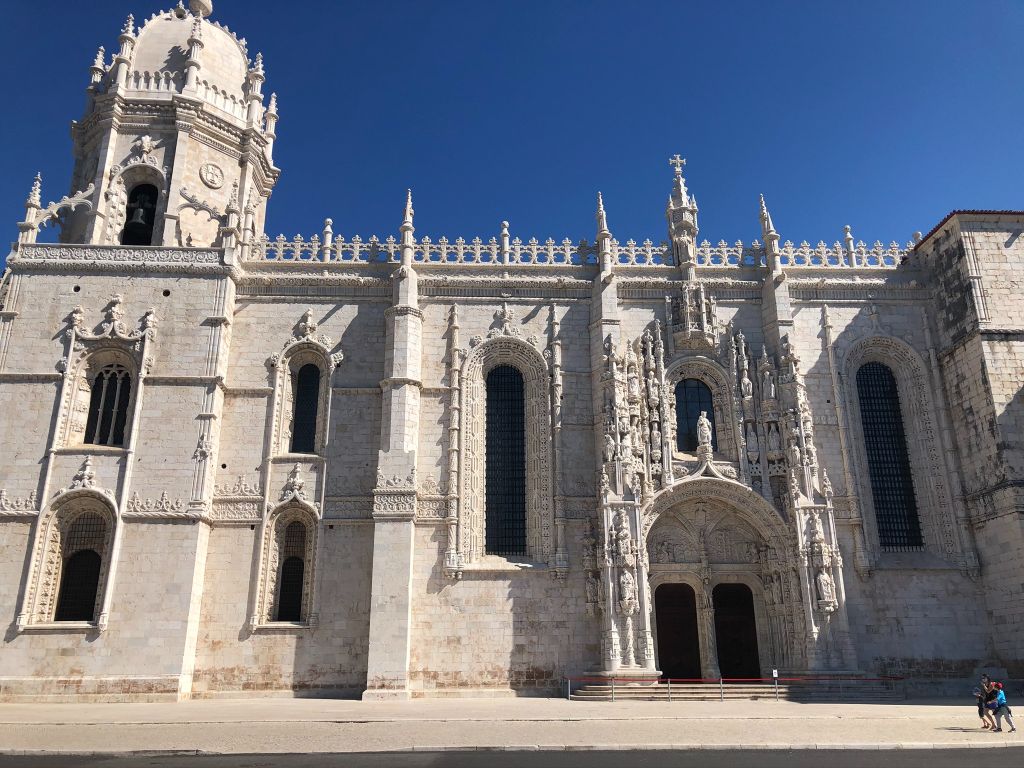








Supermarket Cakes



Regional Pastries
Some regions in Portugal have a famous cake and whenever I visit a new area I make sure I try my very best to sample the regional sweet treat and immerse myself in a culinary adventure because why not! I suppose it’s a bit like the U.K versions of: Bakewell Tart, Eccles Cake, Belgium Bun, Chelsea Bun, Tottenham Cake, Welsh Cake, Lardy Cake, Dundee cake, Kendall Mint Cake etc.
Travesseiros (Sintra)
We sampled the famous Travesseiros whilst visiting Sintra, the word literally means “Pillow”. These delicate, light as air pastries are made of puff pastry filled with a sweet, eggy almond cream and dusted with caster sugar. They have a pocket of air on top of the almond cream and melt in the mouth. I made a shitty mess with all the crumbs and hubby was embarrassed. I do try my best to be a lady, honestly.












Pastel de Águeda
Pastel de Águeda is a sweet treat from the region of Águeda, near Aveiro. A typical handmade sweet. It is made with wheat flour, eggs, sugar and almonds. We had lunch, coffee and purchased 2 and ate them later in the park.









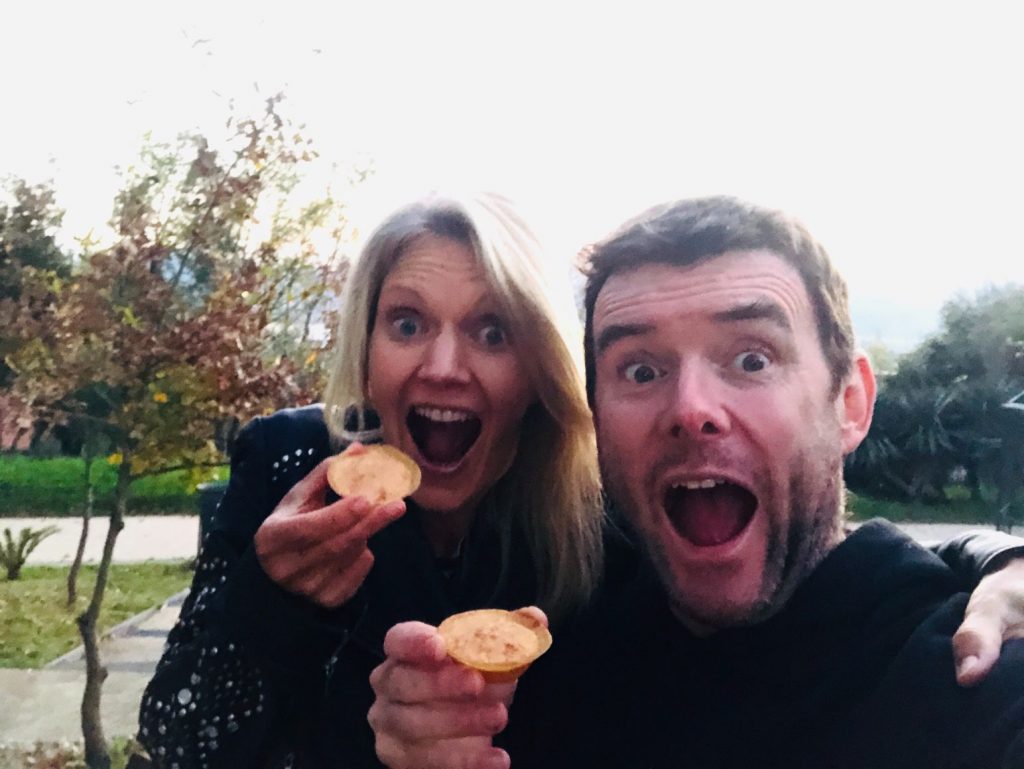





Pastel de Águeda by Sunset



Pastel de Águeda (Christmas 2022)
We always sample a Pastel de Águeda when we visit this awesome place. Our favourite place to stuff our faces is the pretty park. We had a lot of fun with the lighted sculptures (ha ha).









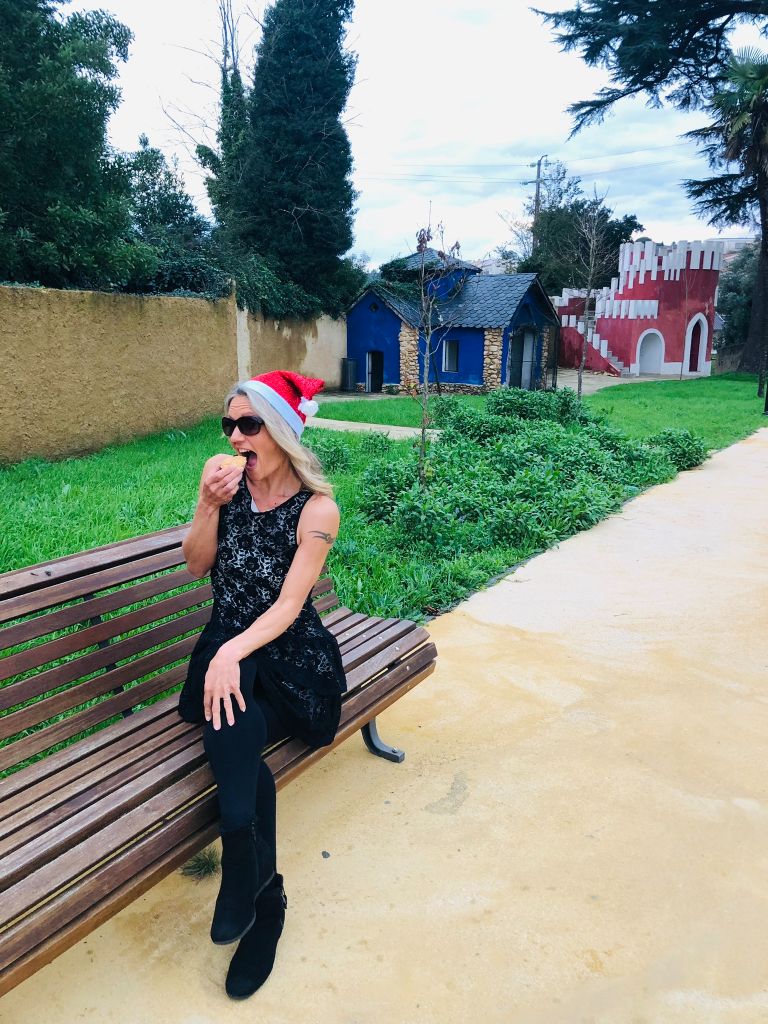














Pastel de Cereja (Monsanto)
I adore cherries and consuming this yummy pastry overlooking the famous boulder house was one of the highlights of my day.
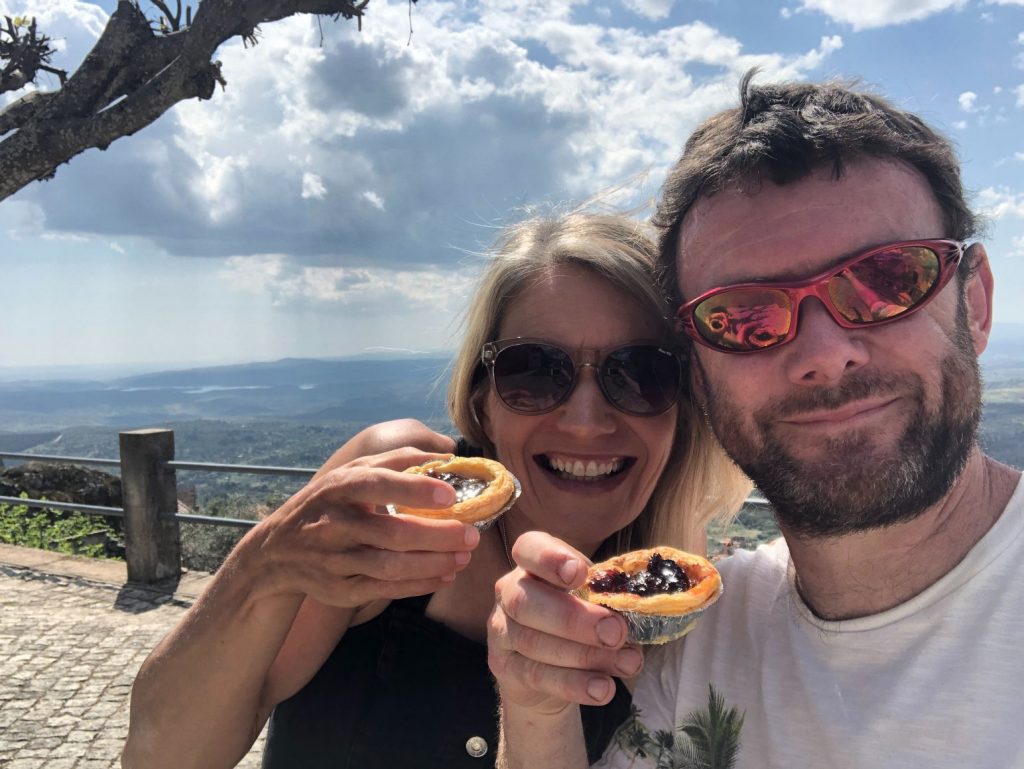




















My Nata Girl
This was such a beautiful place we just had to take my daughter Teanna back to Monsanto to view the historical village, boulder houses and sample the cherry natas. She is addicted to them (ha ha).



Pinhas Doces de Montemor & Pastel de Tentúgal (Montemor-O-Velho)
We visited the awesome captivating Castelo de Montemor-O-Velho then visited a local pastelaria and bought some tasty regional cakes which we ate in the shady bandstand in a pretty park. The views were spectacular with a backdrop of the castle perched on the hill.










































Cards & Cakes
We also took Teanna to view Castelo de Montemor-O-Velho so just had to make a pit stop at our favourite beautiful bandstand to eat regional cakes and play cards.















Charutos de Amêndoa & Roscas de Amêndoa (Arouca)
After a long hike in Arouca we visited the awesome Casa dos Doces Conventuais de Arouca to sample some of the traditional convent sweet treats. We initially were going to buy some cakes to takeaway and eat in the park but when we saw how gorgeous the interior of the shop was we decided to dine in instead. It is very pretty on the inside and cheap, a bit like me (ha ha). We stuck to the safe option of Charutos de Amêndoa and Roscas de Amêndoa as I didn’t want to risk puking in the car on the way home because I only bought 1 set of extra clothing with me (ha ha). The inside is very posh with elegant tables and seats, not the usual plastic seating that is in most Portuguese cafes. If you visit Arouca you must visit this awesome place. It is AMAZING and definitely the best place to sample Portuguese pastries in Arouca. The cakes are quite a bit smaller than usual pastelarias but that means you can just eat more as they are only €1 and calories don’t count when you’ve just hiked 13K (ha ha). I have included the menu in my photos, apologies for the photos as it was super hard to get a readable photo as there was a bright strip lightening above my head and it kept reflecting off the glass table. What a genius idea to have the menu beneath the glass table top. It saves the planet by not having to produce new ones when they get tatty and I don’t have to touch a menu that everyone has fingered so it limits risk of germs and my OCD anxiety. The bill came to €5, €1 each for 3 cakes, 70 cents for an espresso and €1.30 for a coke. What a bargain! I really wish this place wasn’t a 2 hour drive from our home. I think it would be great to buy a selection of these cakes to celebrate a birthday rather than one big cake. We could do a Portuguese tasting party in our garden with cocktails!










































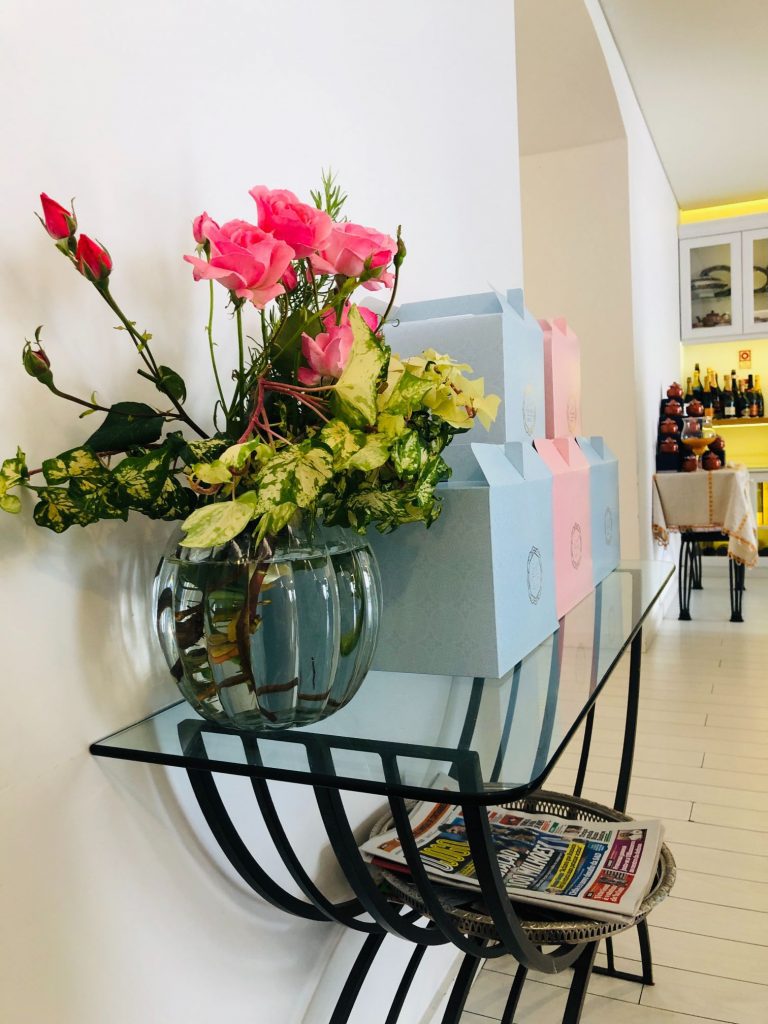


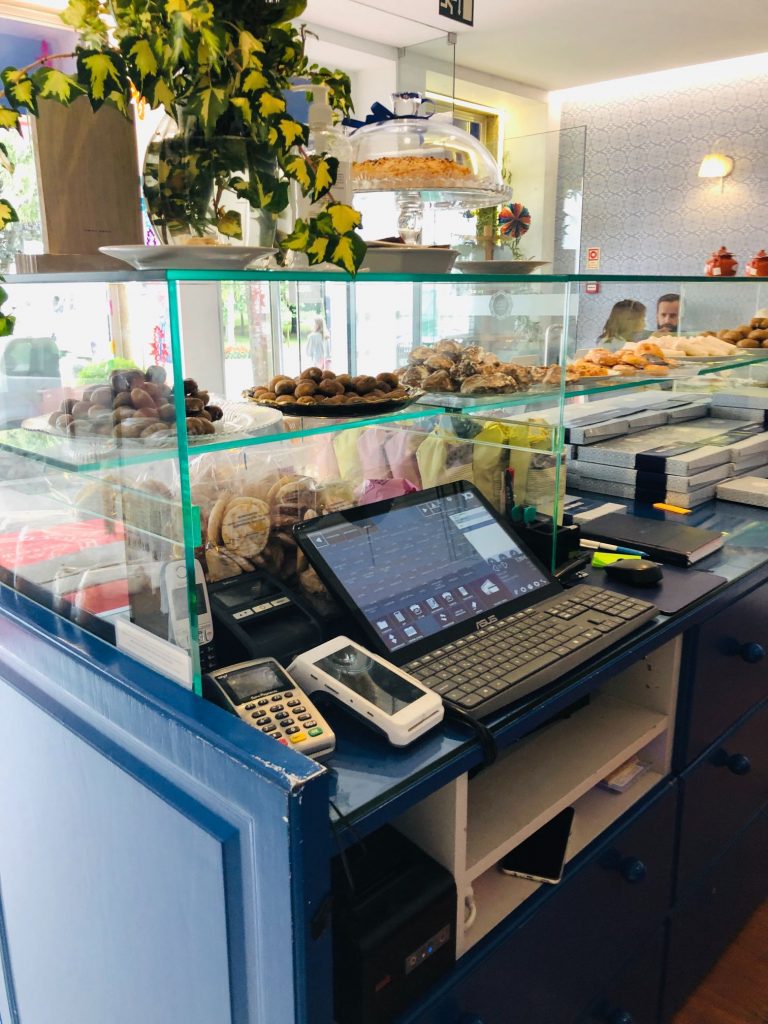


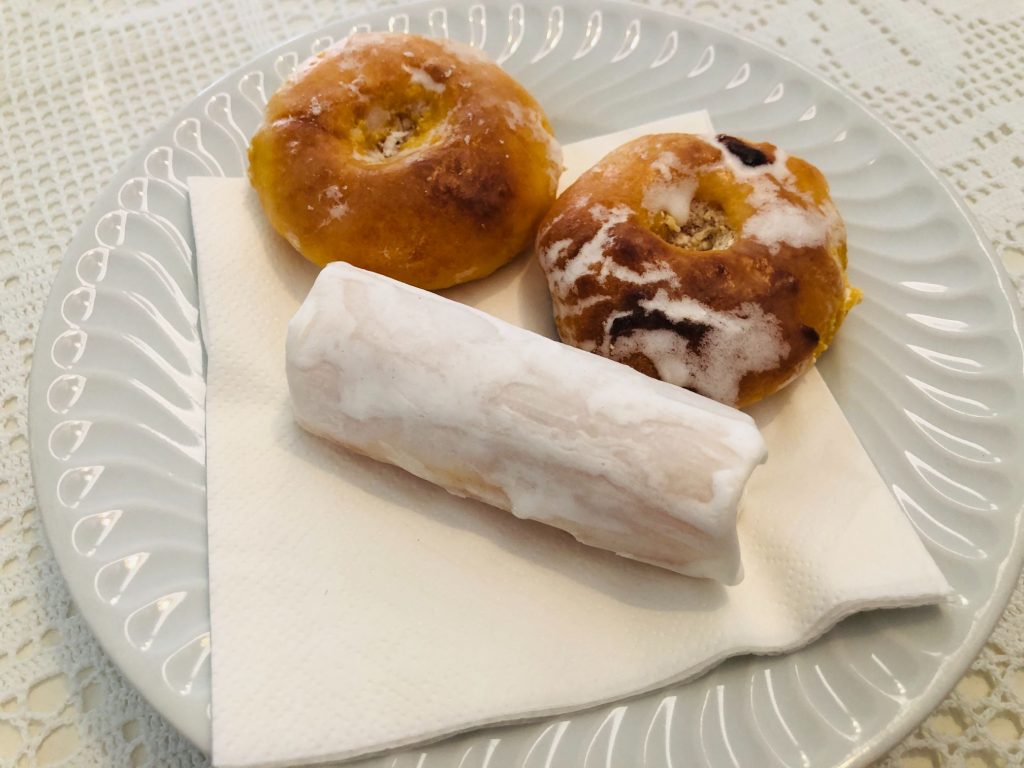





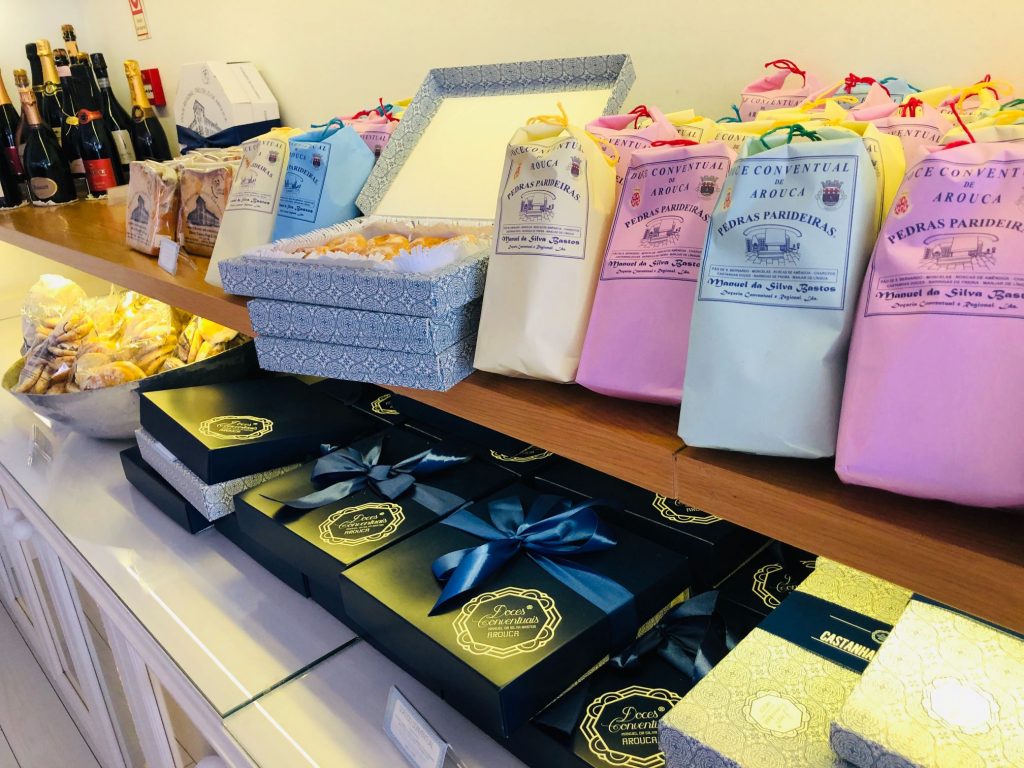

















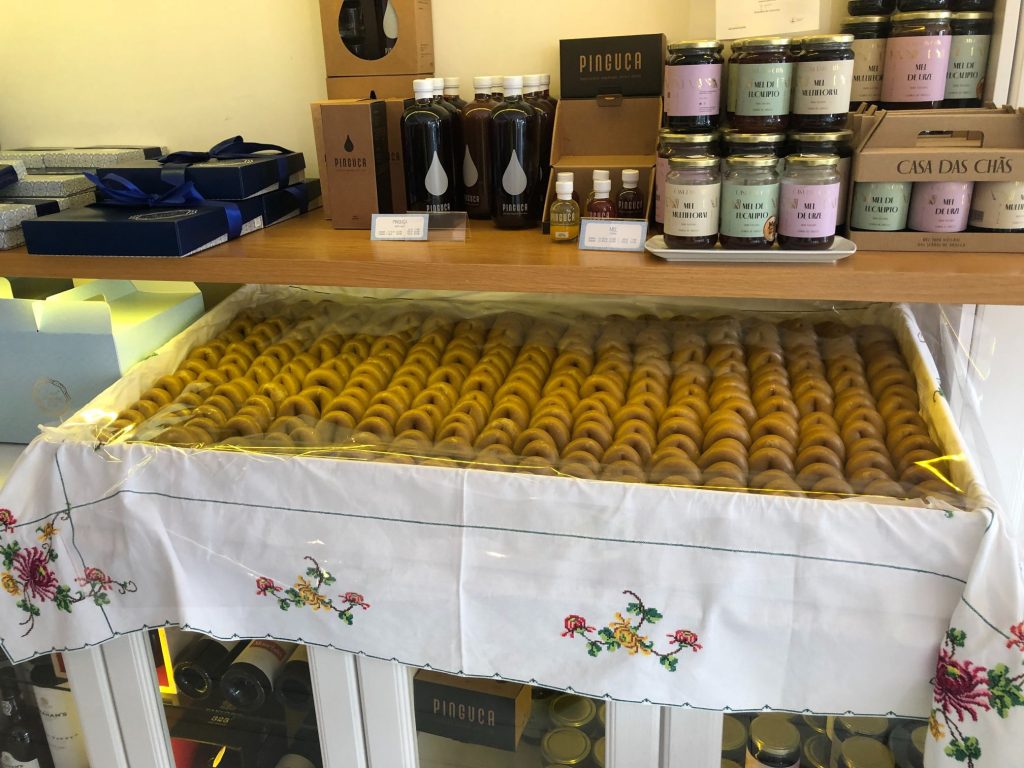





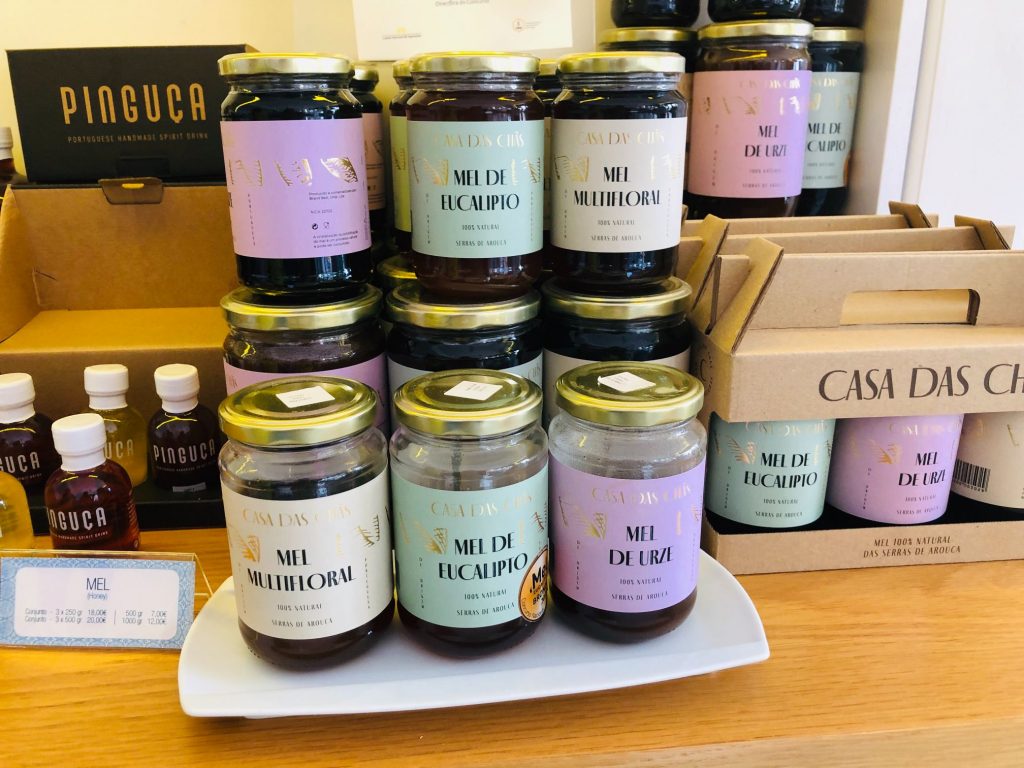








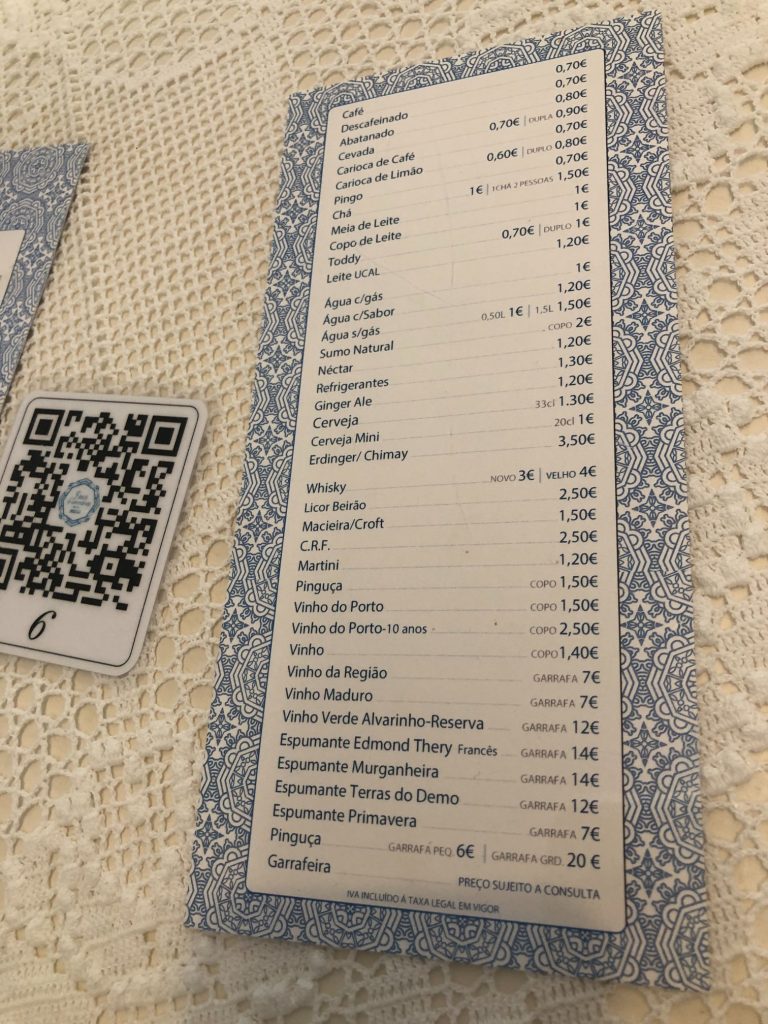





Quindim (Foz do Douro)
Quindim is a Brazilian sweet treat and very popular in Portugal. It is made with egg yolks, sugar and cocconut. There is a similar cake called Brisa do Liz which is made from egg yolks, sugar and almonds. On Teanna’s last day we visited Foz do Douro before we dropped her at Porto airport. I had horrendous tooth pain so could only eat soft food and the man in the shop recommended this soft yummy delight. It was awesome and Tavi is a very posh but affordable Confeitaria which sell the best ever sweet and savourt treats. Mine was presented in a cute box and we sat and ate our cakes under the shade of a huge palm tree in a pretty tranquil park. I’m going to get fat as a house (ha ha).



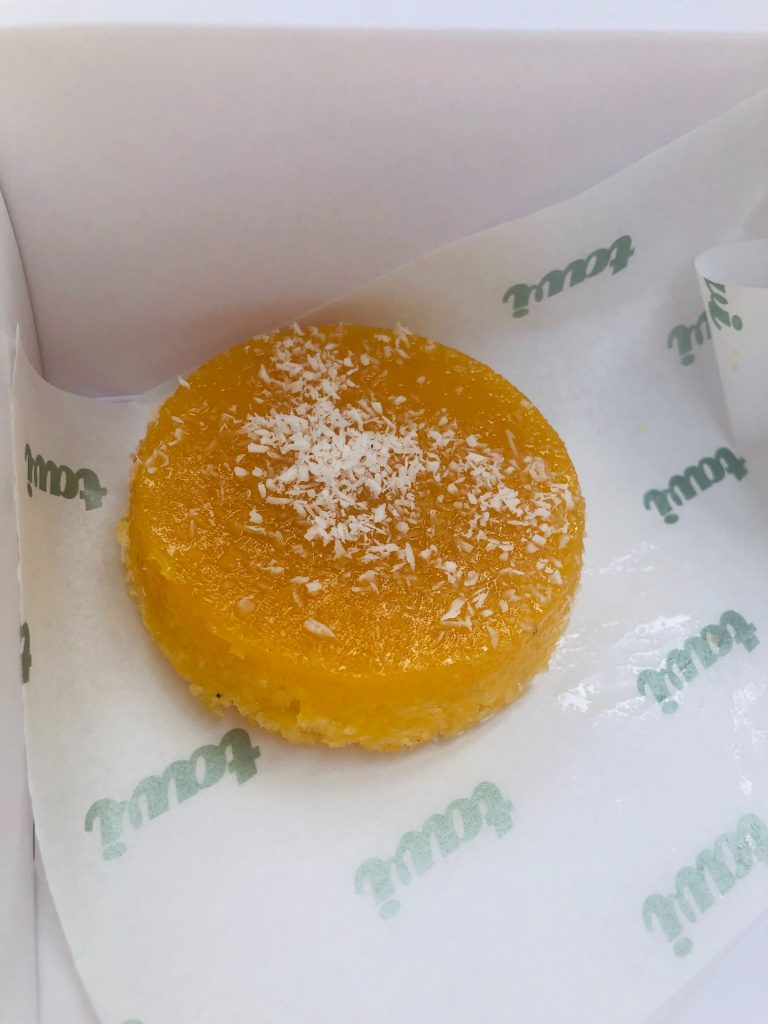














Ovos Moles de Aveiro
A trip to Aveiro would not be complete without tasting the famous Portuguese conventual sweets “Ovos Moles de Aveiro” (Soft eggs). These little delights are wrapped in wafer and stuffed with creamy egg custard. They come is pretty marine shapes: wooden barrels, clams, fish, shells and whelks as well as the Aveiro Moliceiro (Canal boat shape).
This is the first time we have sampled this local delicacy and wow, they were DELICIOUS. We ate them in the stunning Parque Infante Dom Pedro (City Park). What an adorable and perfect serene pergola adorned with sweet flowers, so very picturesque. If I eat any more of these yummy cakes I will have to shop in “Fat & Fit” (ha ha).


















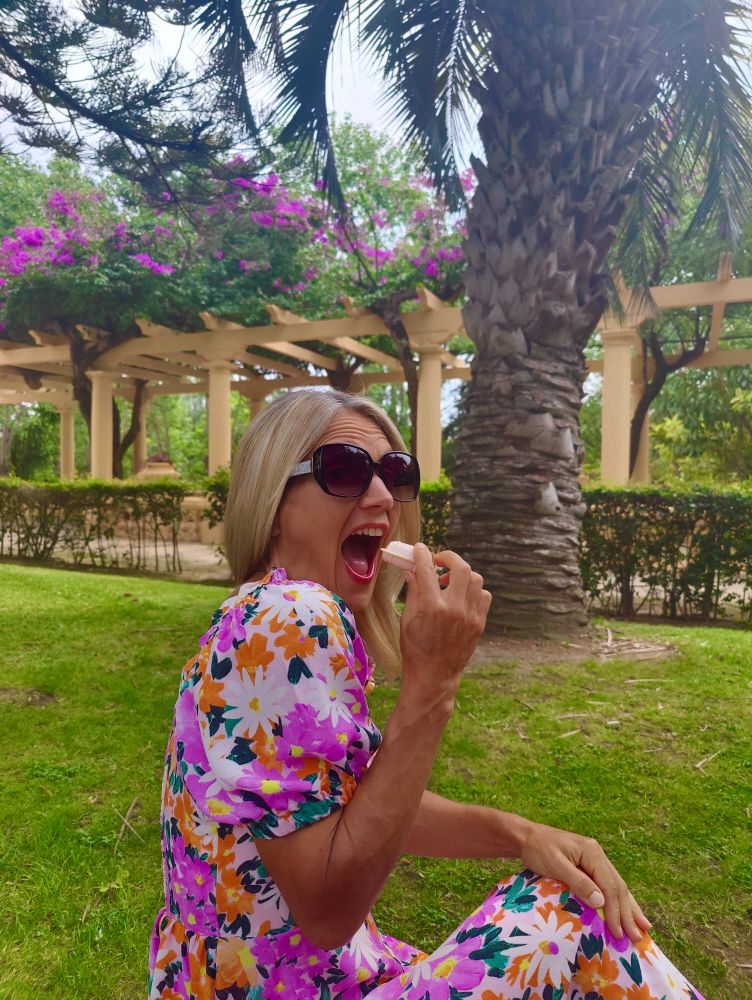




















Chestnut Cakes
We attended our first ever chestnut festival! We just had to sample the yummy cakes made from sweet chestnuts. I have no clue what the names of these cakes are because the lady did not speak English and my Portuguese is still pants but they were yummy and we shared them by cutting in half because sharing is caring. I always seem drawn towards the cakes that are shaped like titties or penises (ha ha). Mine was the red one and both were delicious!
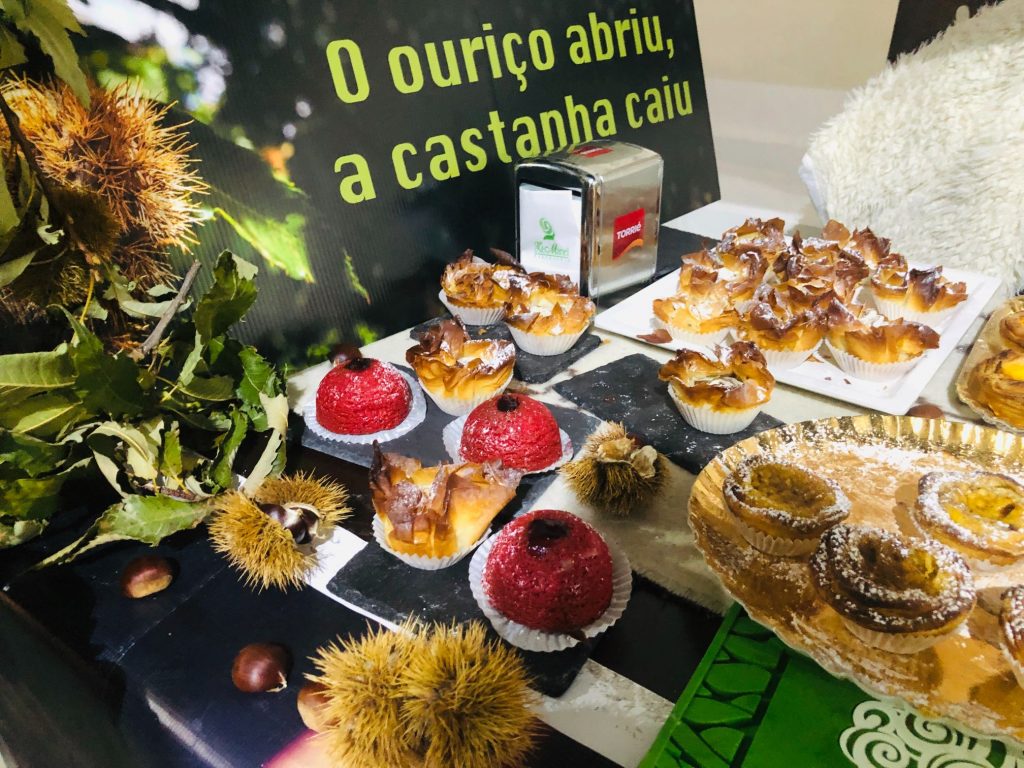





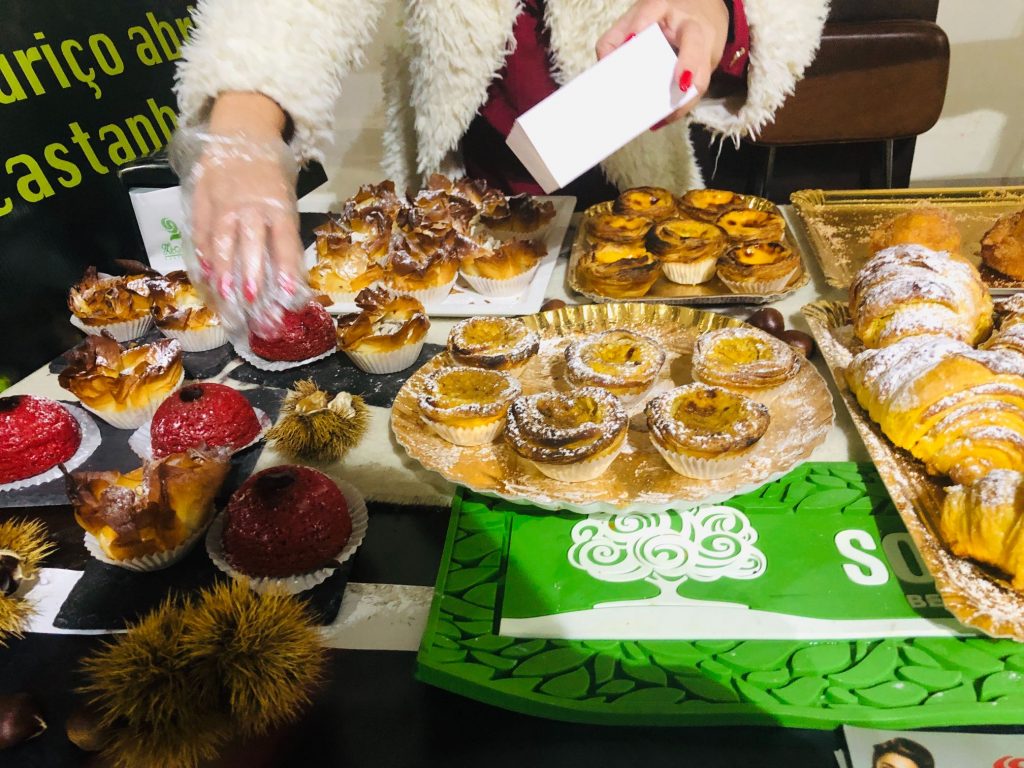







































































Chestnut Street Vendors






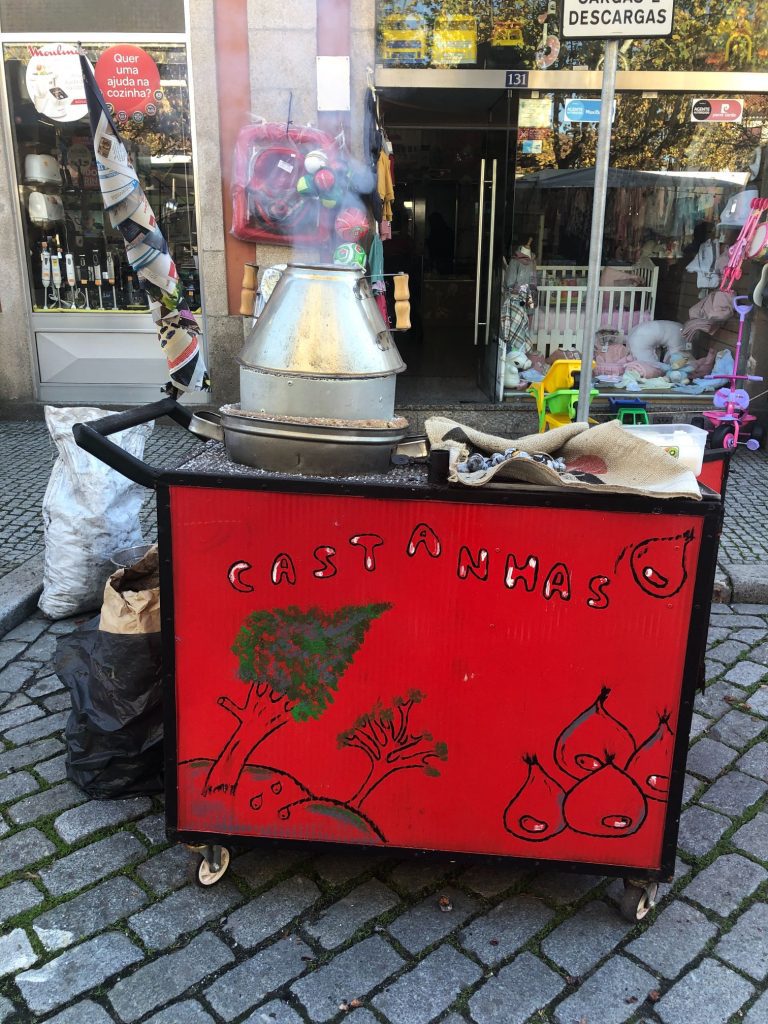


All the Fun of the Fayre – Feira dos Santos (Mangualde)
We have visited so many Traditional Fayres and Festivals now the restrictions of covid have been lifted. There are hundreds of festivals each year that honour the many Saints. A Portuguese festival always involves a whole lots of local delicacies and below are just a sample of the sweet pastries on offer. Hubby was delighted that I made him stand underneath the Penis shaped cakes for a photo opportunity, his face says it all (ha ha).







































Cakes @ Home with a View
Most of these delights were purchased from a local bakery or our daily bread & cake delivery van. What is better than a cake and coffee at home? A cake and coffee and home with a view (ha ha). I will never ever tire our awesome garden views, I feel very blessed to wake up to this glorious view every single day of my life and it’s even better with a cake in my hand.






















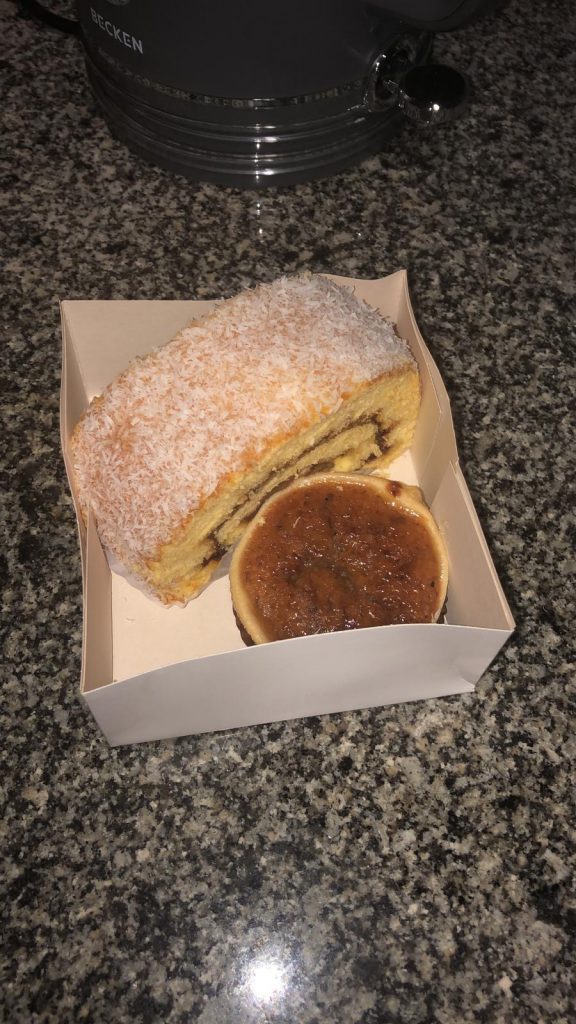











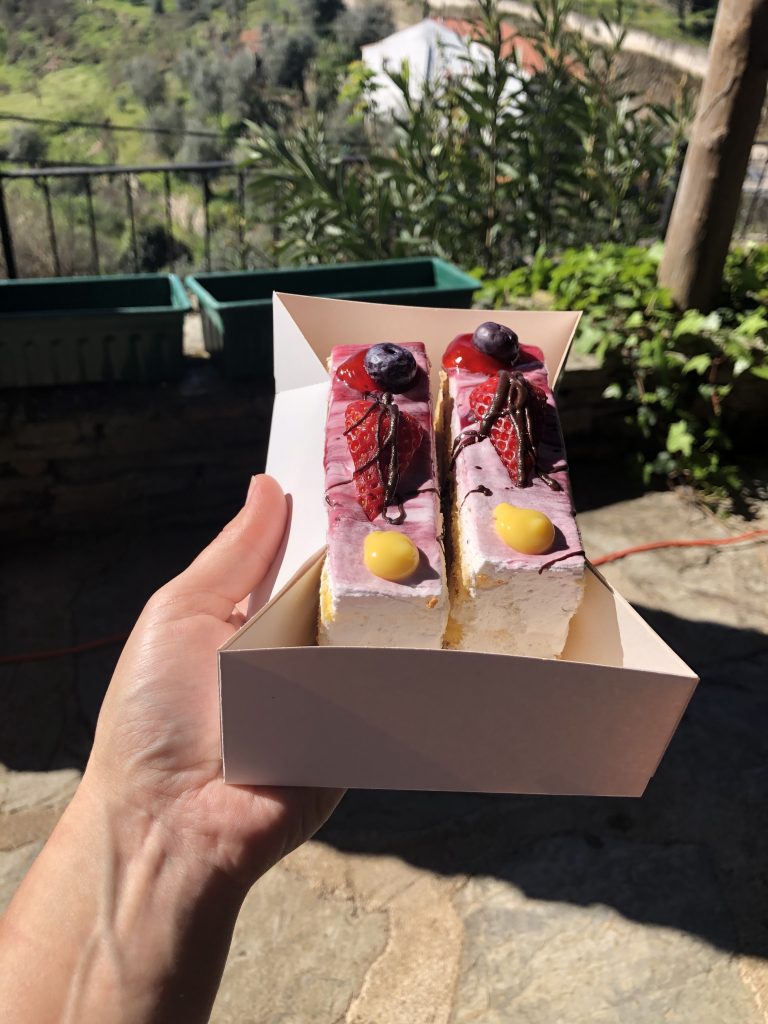

















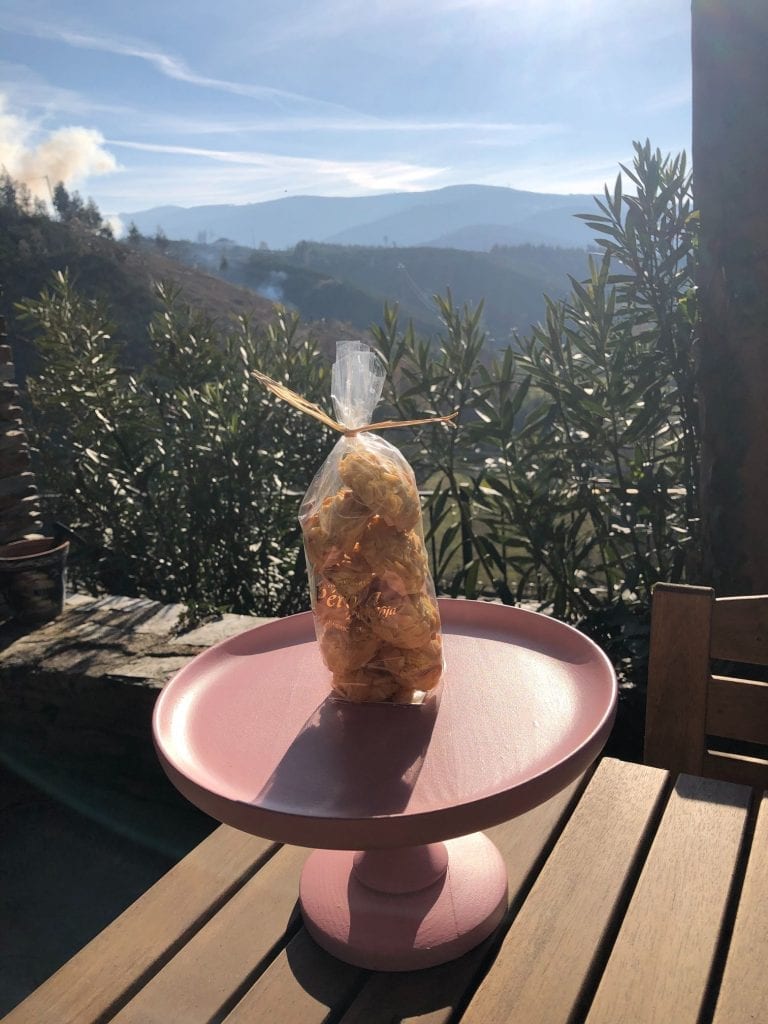


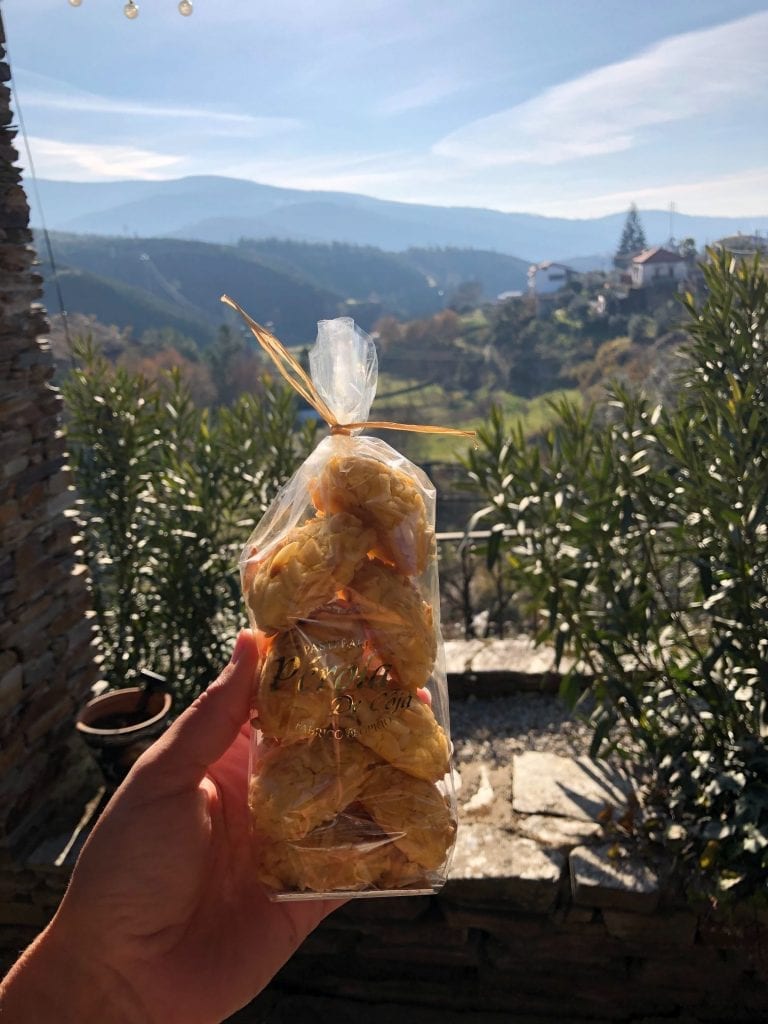









































My Top 3 Favourite Cakes
1. Patas de Veado (Deer Hooves)
This is my absolute favourite Portuguese cake. A Swiss roll filled with egg custard, the roll is sliced diagonally then coated in more custard and desiccated coconut with a thin line of cinnamon down the middle. The name Patas de Veado translates to “Deer hooves” since the final appearance of these rolls resembles animal trotters, just try not to think about that when you are eating it!



2. Pão de Deus (Bread of God)
The name of these cakes translates to “Bread of God” and I just love them. On November 1st, All Saint’s Day, it’s typical tradition for children to go out into the street and gather in small groups to ask for the Pão-por-Deus or they knock door to door.




3. Bolo de Arroz (Rice Cake)
I also love a Bolo de Arroz which is made from rice flour and is always a good choice for me if my tummy is not 100% as the rice flour is easier on my IBS probably because it contains less gluten. It is muffin shaped and often has a hint of lemon and a crusty top which is divine. It’s a good choice if you want something light, plain and not too sweet.




Hubby’s Favourite – Bola de Berlim (Berlin Ball)
A Bola de Berlim is a German Berliner deep fried doughnut but instead of jam it has yellow Portuguese egg custard as the filling (Doce de Ovos). You will often find them being sold on the coastal beaches here which I found quite strange at first.







My Daughter’s Favourite – Pastel de Nata (Custard Tart)
Teanna LOVES the most famous traditional Portuguese custard tart so much her nickname is “Nata Girl”. I think that most people are familiar with Portugal’s custard tart as there are many shops selling this traditional tart around the world. There is a shop near my hometown of Bristol. It is called “Nata & Co” and is located in Bath, U.K. Some supermarkets in the U.K also sale Nata’s but they are not nearly half as good as an authentic Nata from Portugal, made with an ancient family recipe of puff pastry and filled with egg custard and topped with a dusting of sugar and cinnamon. They are cooked at a high temperature so the top gets a little scorched which adds to the flavour. They are completely different to the U.K. custard tart which has shortcrust pastry and nutmeg on top. She also adore Macarons. Ladurée is a famous French pastry shop founded in Paris in 1862 and they have the best ever tasting Macarons.




Laudrée in Paris












The Nata Airport Sign
Every year I surprise Teanna with an airport sign. I excelled myself in 2022: Welcome Home Nata Girl (ha ha).





















Picnic Cakes
I find the best picnic cake to be Pão de Deus mainly because it’s a non flaky and sturdy – a bit like me (ha ha). It travels well in the heat of my backpack and doesn’t fall apart with my vigorous hiking, dancing and jumping in the air.







































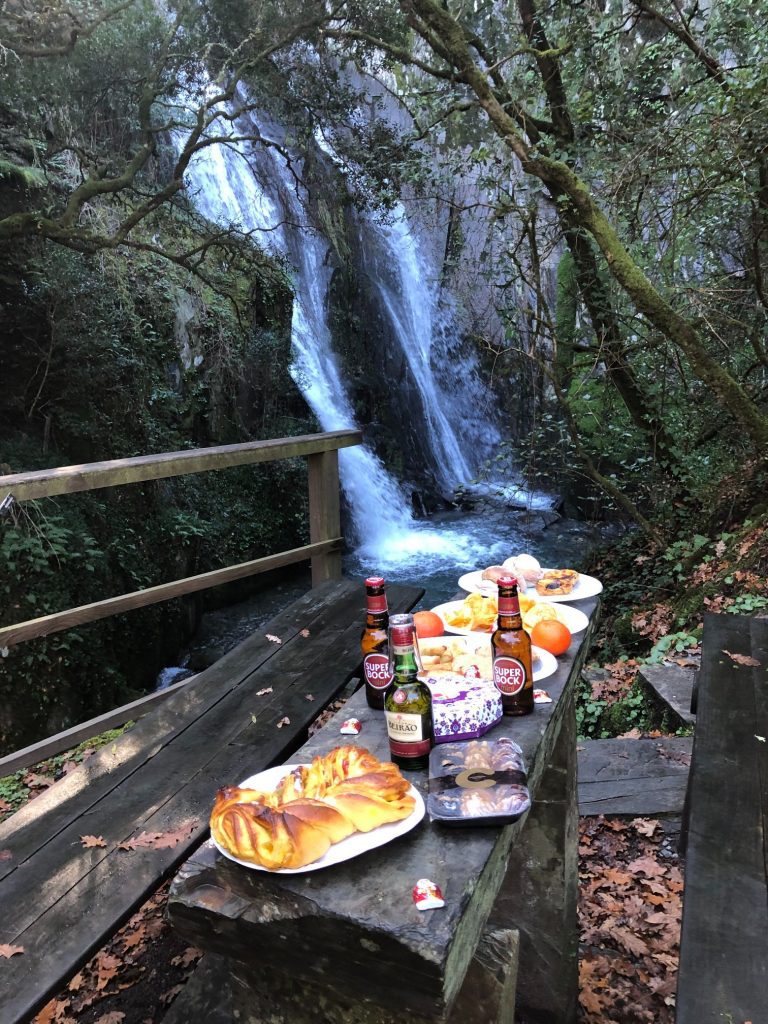











Celebration Cakes
If there is a celebration in our house then there will always be a cake with candles. Birthdays, Wedding Anniversaries, Valentines day etc. We like to celebrate in style with cake and a rare tipple. Sometimes we buy a traditional Portuguese celebration cake with a “Parabens” decoration on top and other times we buy a plainer cake and bling it up ourselves by adding fruit and flowers to the top.



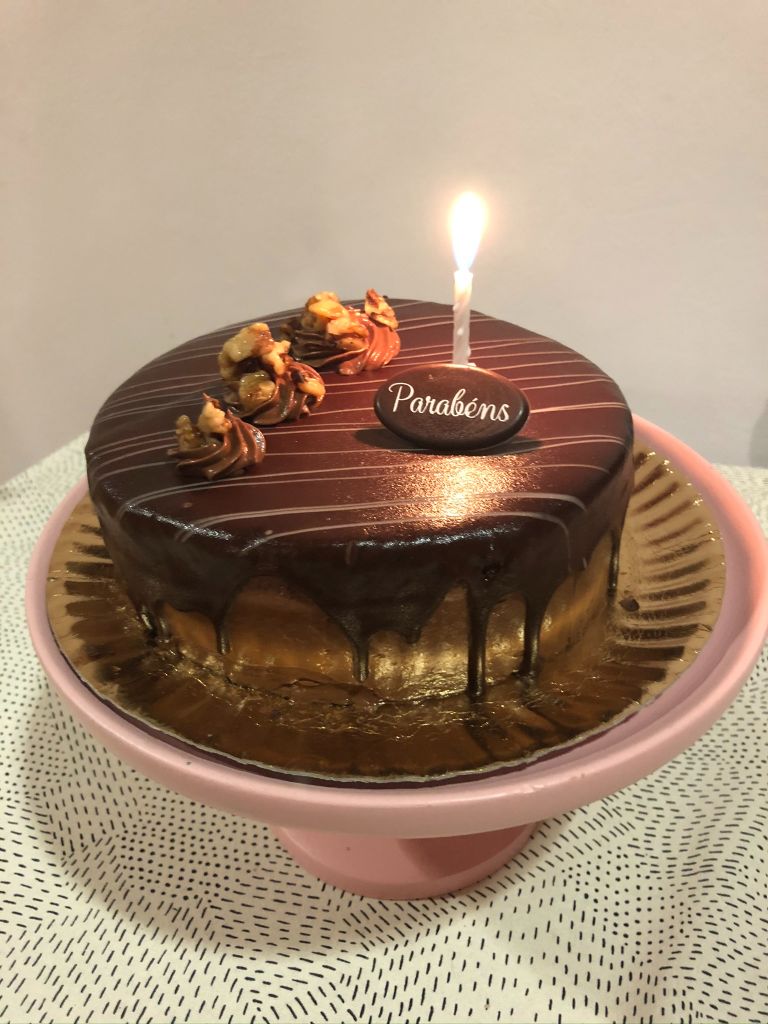














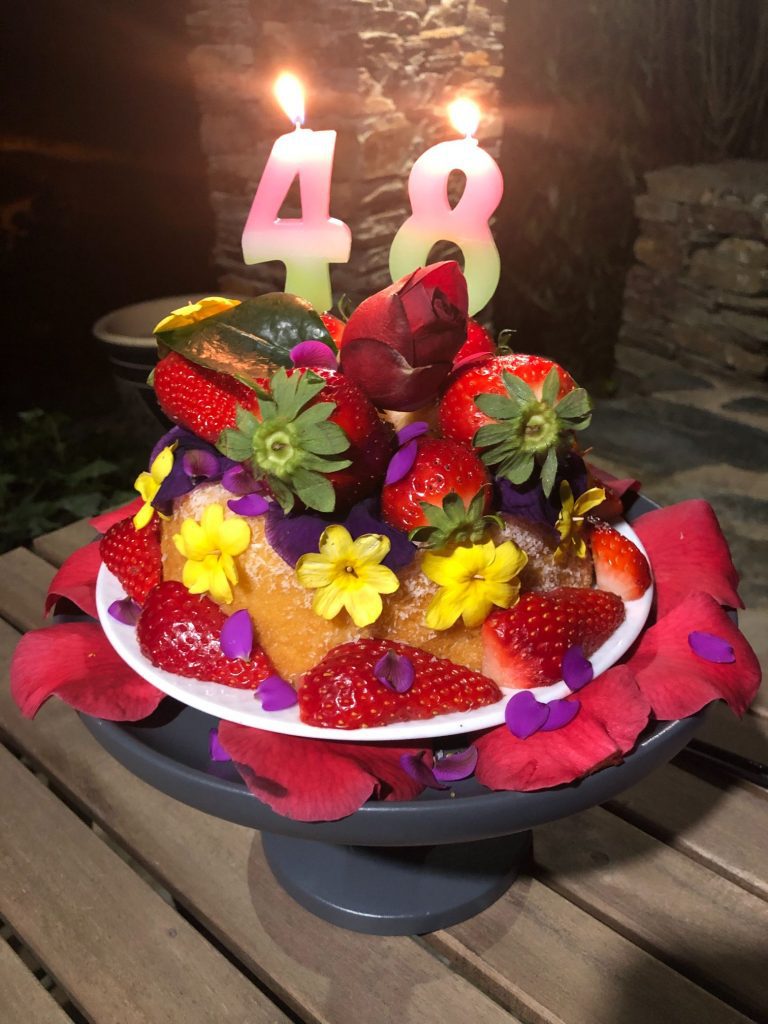


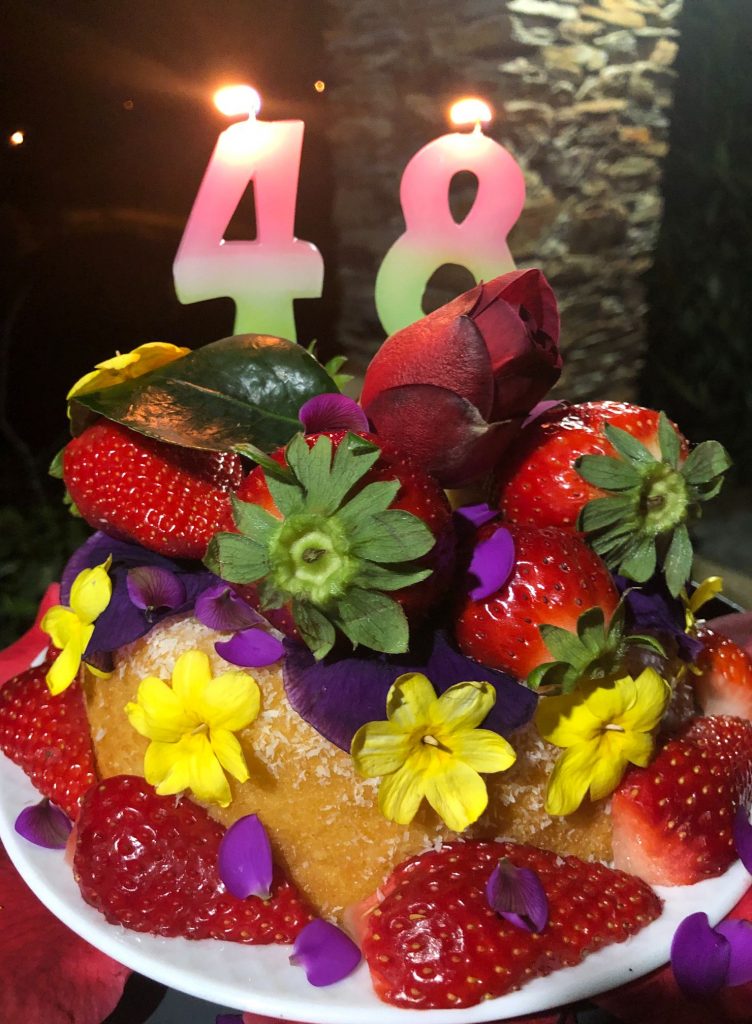
























































Celebration Cakes & Cocktails



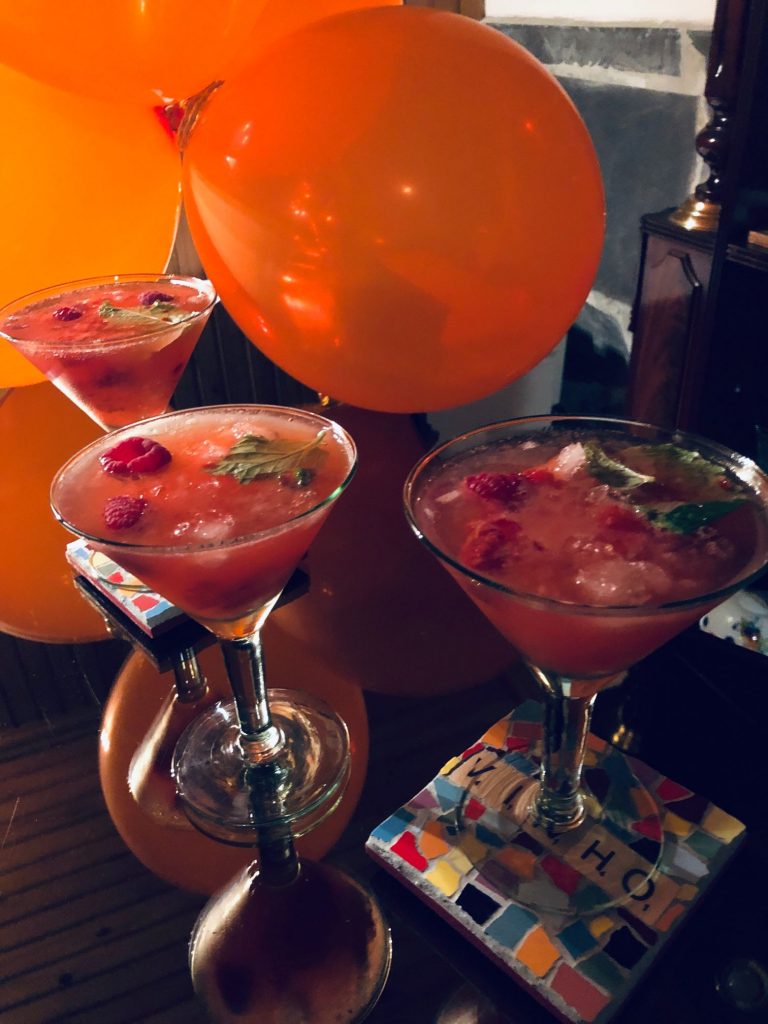














New Year’s Eve & Our 3 Year Milestone
We celebrated New Year’s Eve and our 3 year milestone of living in Portugal with a yummy Portuguese cake of course!



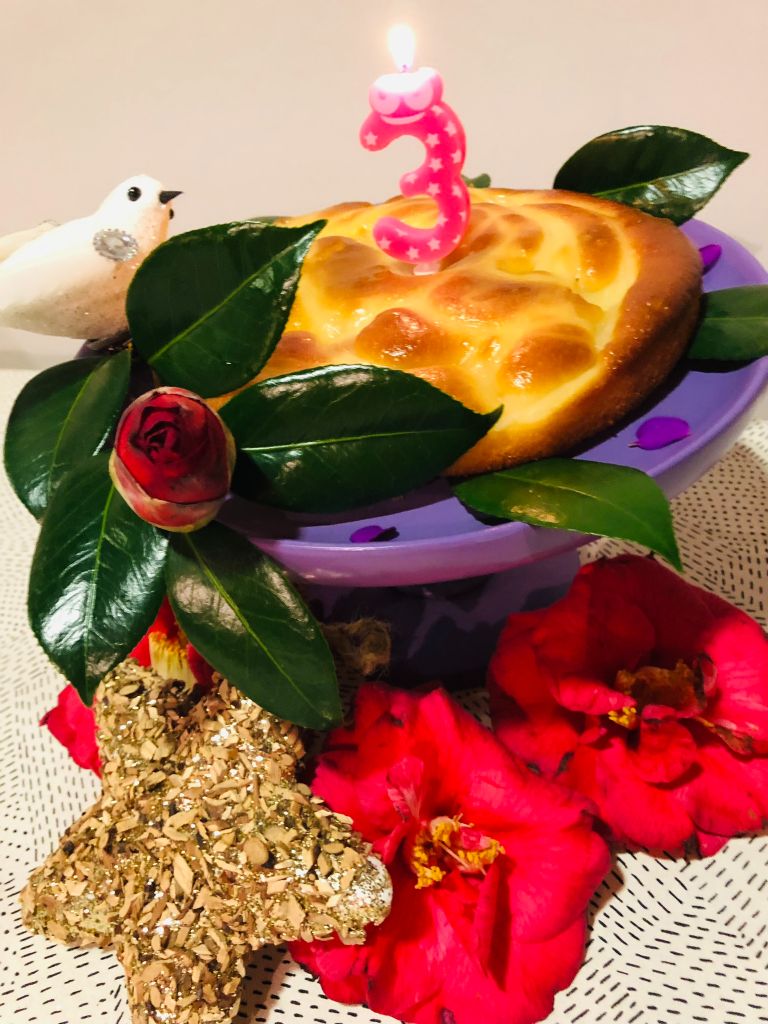


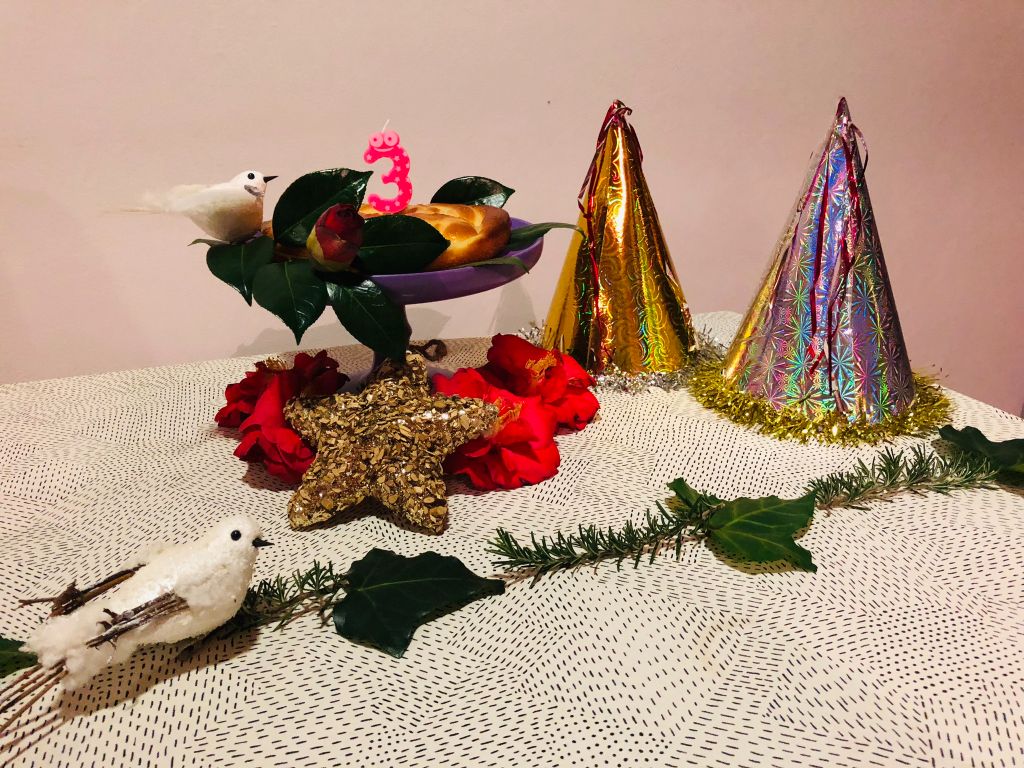

















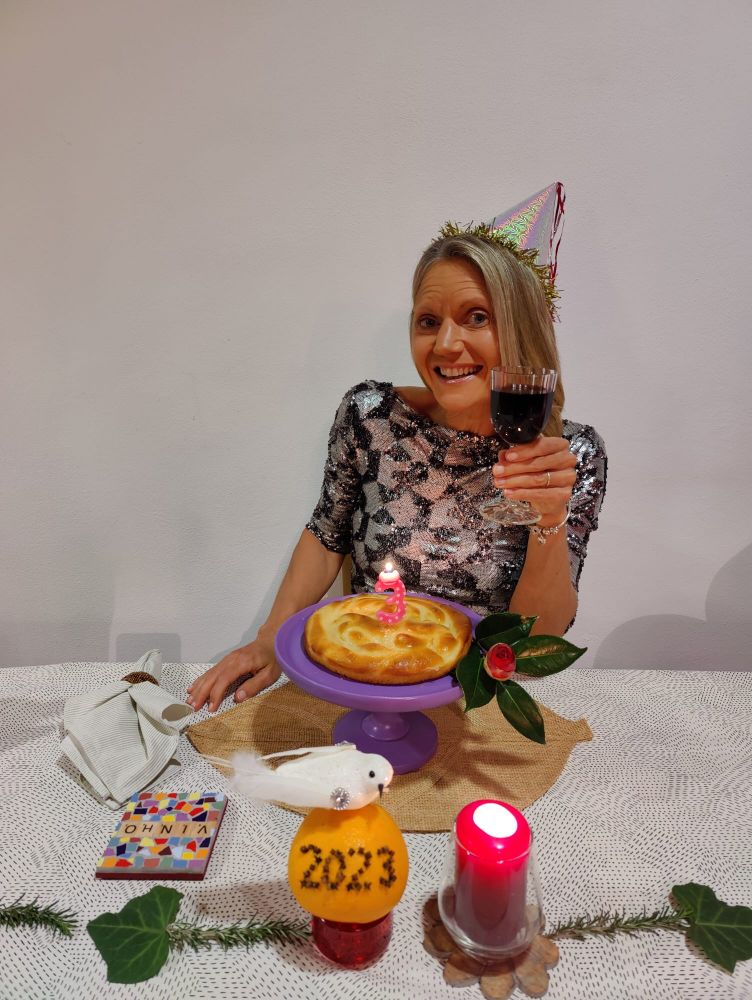














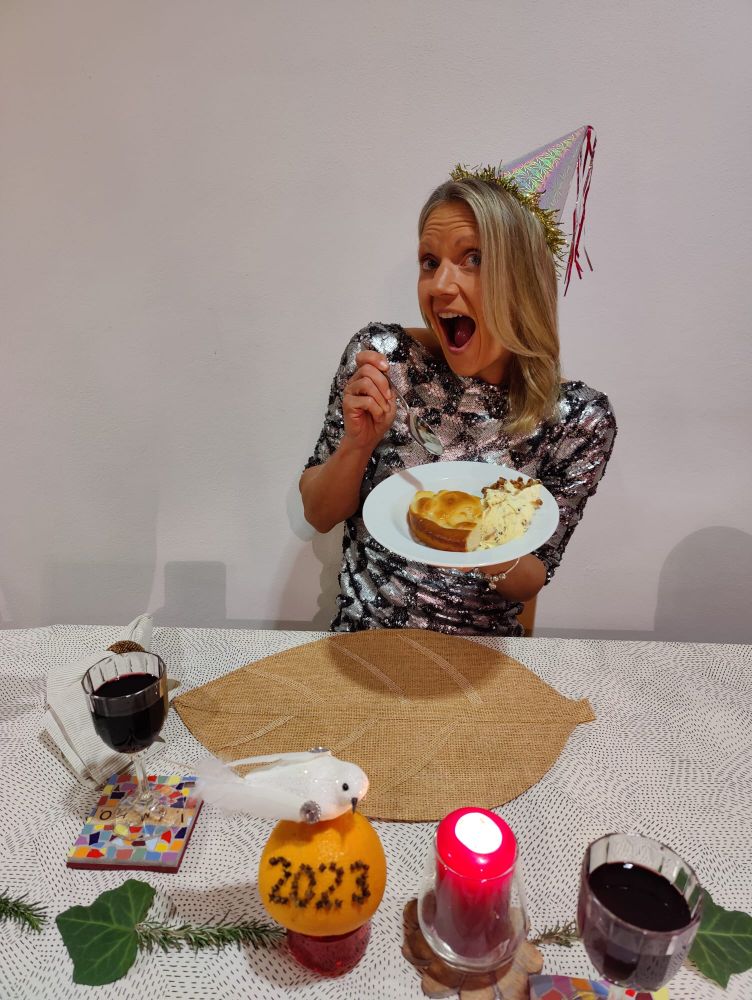




















Valentine’s Day 2023 Update
Heart shaped Bola de Berlim, how wonderful!




































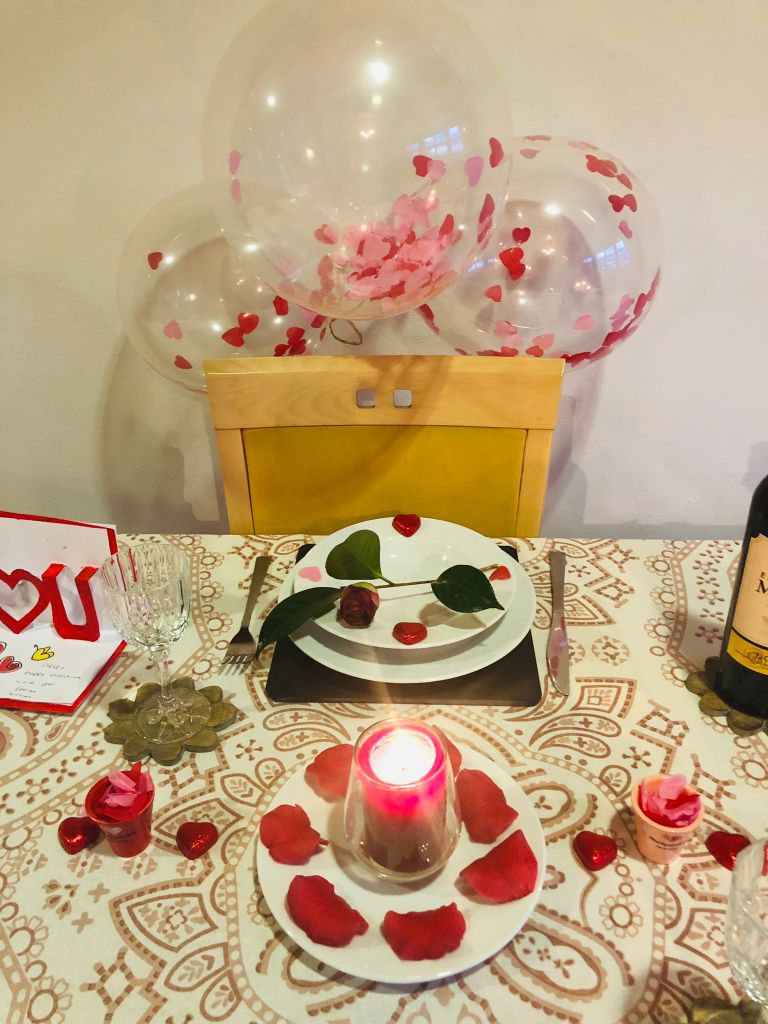



































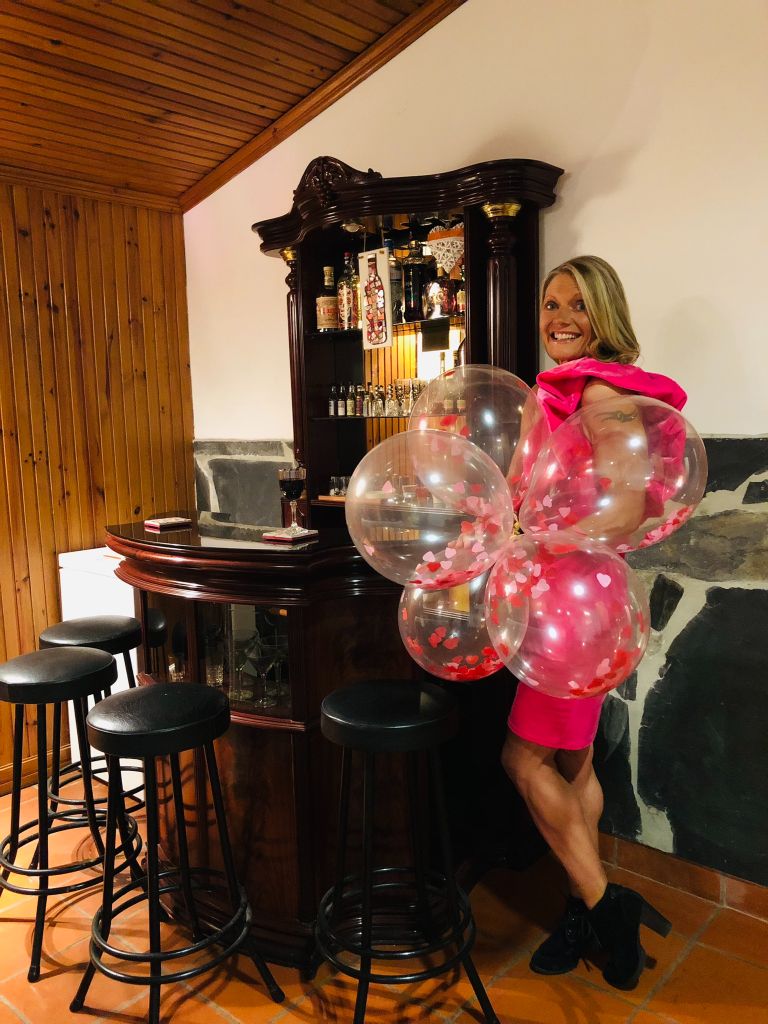

















Christmas & Epiphany Cake
I love Bolo Rei (King Cake) more than I probably should. It is a round shaped cake with a hole in the middle resembling a crown. The recipe is made from dough and filled with crystallised fruits, raisins and nuts. It has a 2000 year old history and originated from France. Traditionally there was a fava bean (broad bean) hidden in the cake along with a metal charm. The person who finds the charm gets good luck and the person who finds the bean has to buy the cake next year unless they break a tooth or choke on it first and die (ha ha). There are different variations of this cake and I like the “Bolo de Rainha” (Queen’s Cake) which has lots of different nuts and no crystallised fruits. Legend says that the cake symbolises the gifts that the 3 wise men offered to baby Jesus when he was born: Gold, frankincense and myrrh. The crust of the cake symbolises the gold, the crystallised dried fruit and nuts that look like precious gems represent the Myrrh and the aroma of the cake represents the frankincense.
It is very different to the U.K Christmas fruit cake with marzipan and icing but I love it. The best one I ever ate was purchased from our local Bakery and instead of the typical circular shape it was more of a rectangular plaited shape but so fruity and moist. Funnily enough they charge by the weight and it was heavy as hell. A bit like me after I consume my 50% of the cake (ha ha). If my memory is correct I think it cost over €8 as it’s a certain amount per kilo. It was worth every cent and we took it to a local waterfall on Christmas Day and enjoyed a slice at our crazy picnic. There are other Christmas Portuguese cakes and desserts that are popular at Christmas but the Bolo Rei is definitely the most popular and the cake that you will see everywhere.
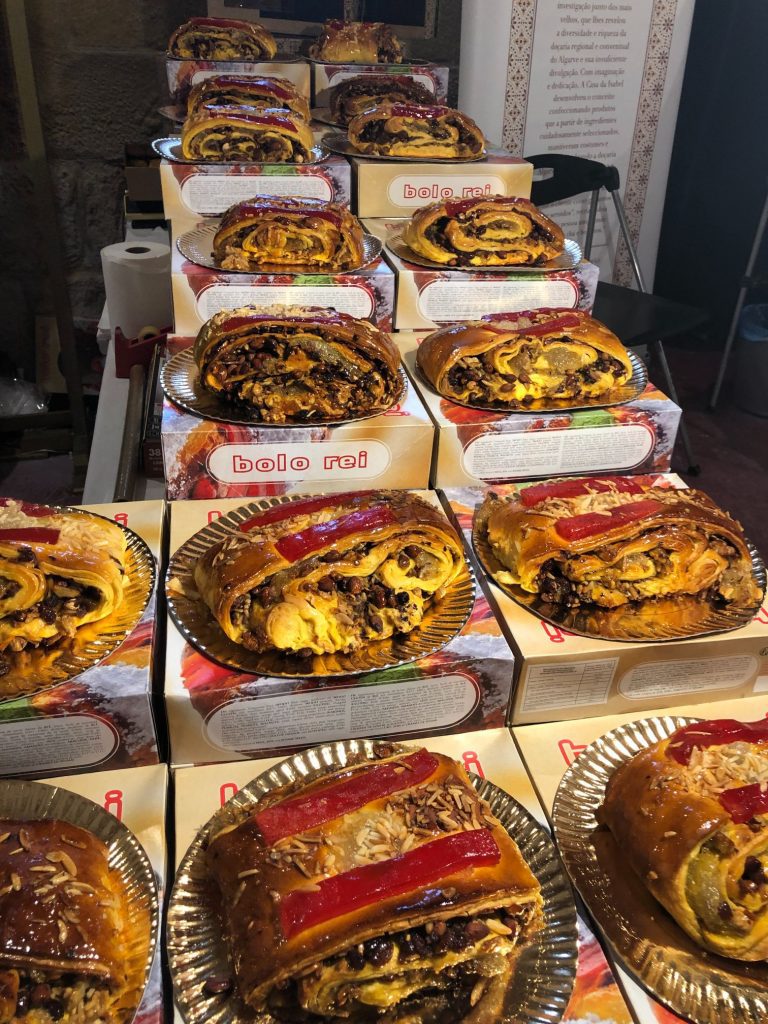


























Christmas Day 2020
Here is the epic plaited version of the Bolo de Rei. Hubby also enjoyed a Nata because why not, it’s Christmas Day after all and he can eat whatever he likes and doesn’t gain an ounce, I hate him! I only have to sniff a cake and I gain 4 lbs (ha ha).









Bolo Rei Christmas 2022












Festive Christmas Cakes









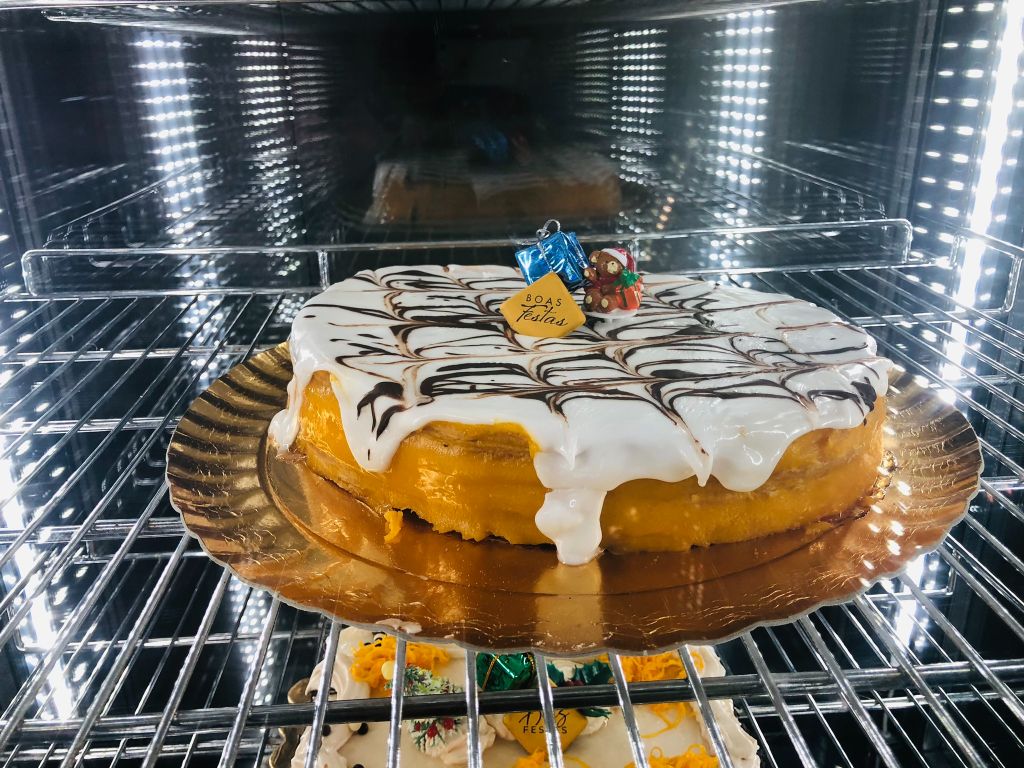


Homemade Celebration Cakes
Laranja, Limão, Pão de Lo and Pão de Lo de Coco. My homemade cakes look very basic and plain but they use up tons of eggs and what they lack in appearance they make up for in taste. My current favourite is Pão de Lo and I bake one every couple of weeks. The recipe is so simple and only uses 3 ingredients: Sugar, flour and a whopping 7 eggs!



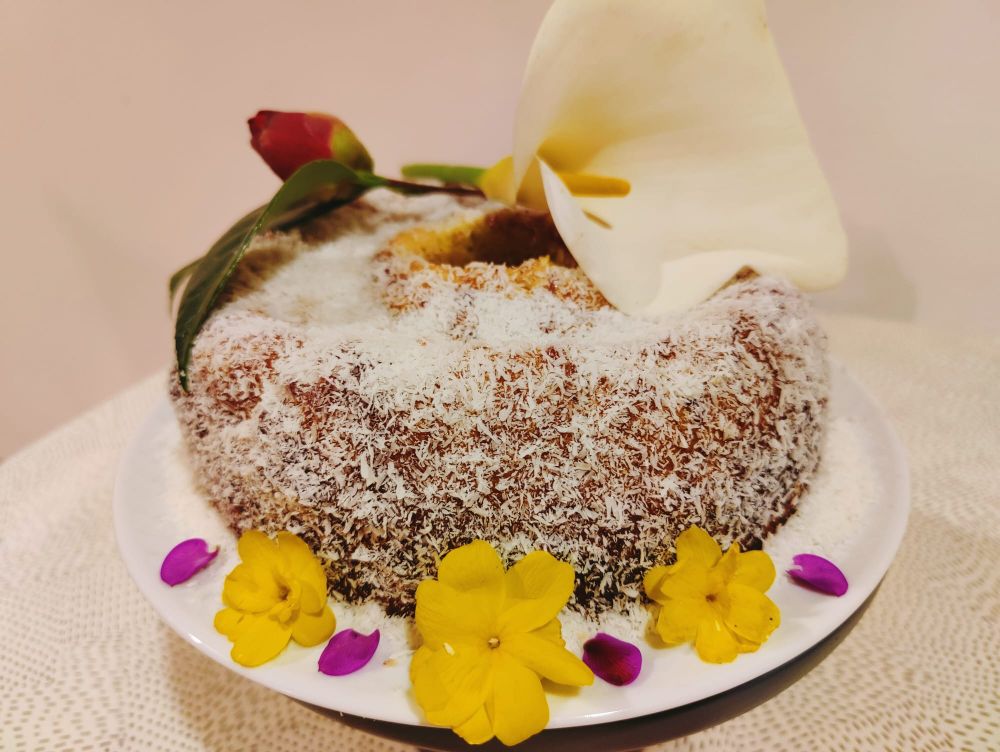











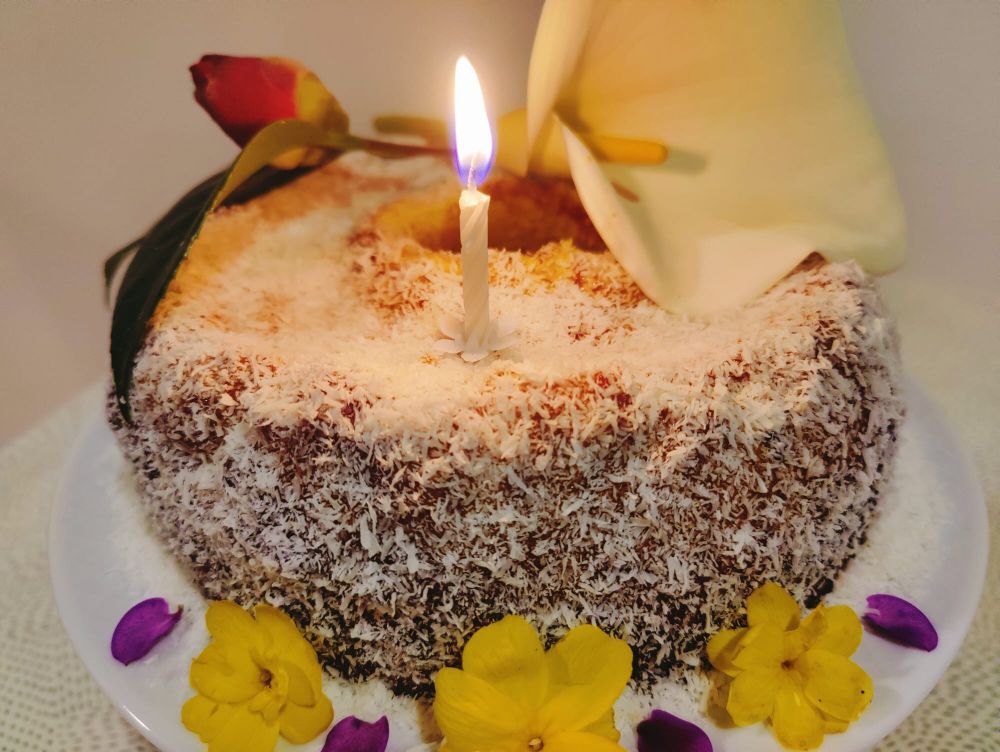




















Homemade Pão de Lo









Lap Cake
Lap Cake as opposed to a lap dance (ha ha). Trying out my new lap tray and homemade Pão de Lo.



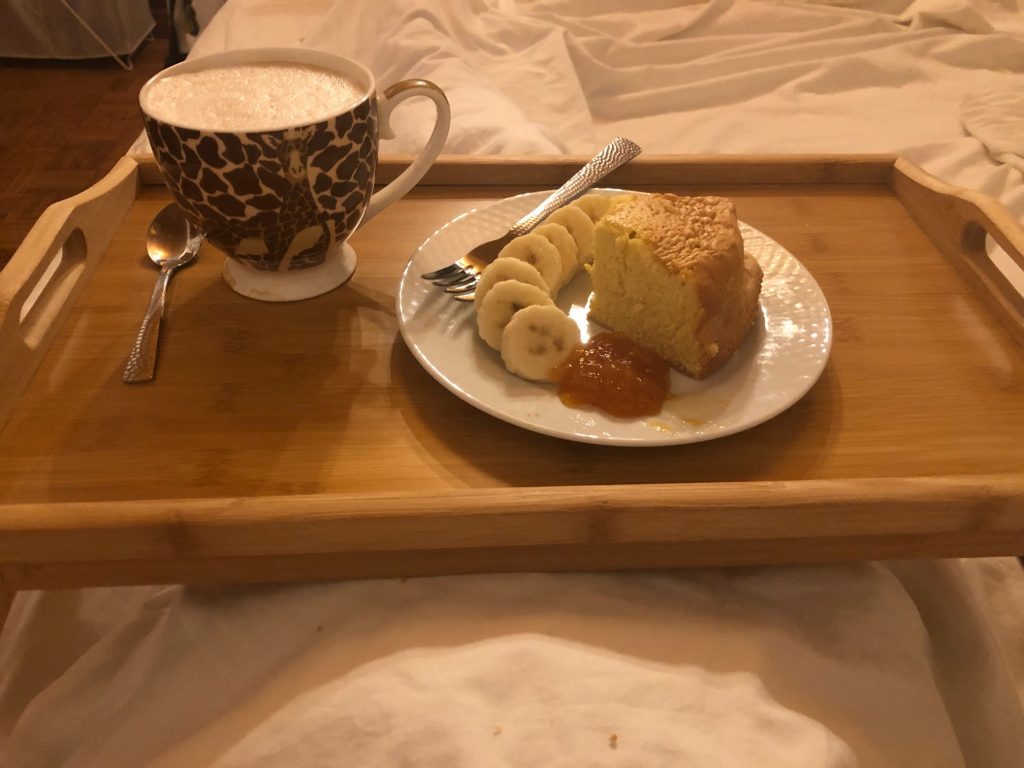


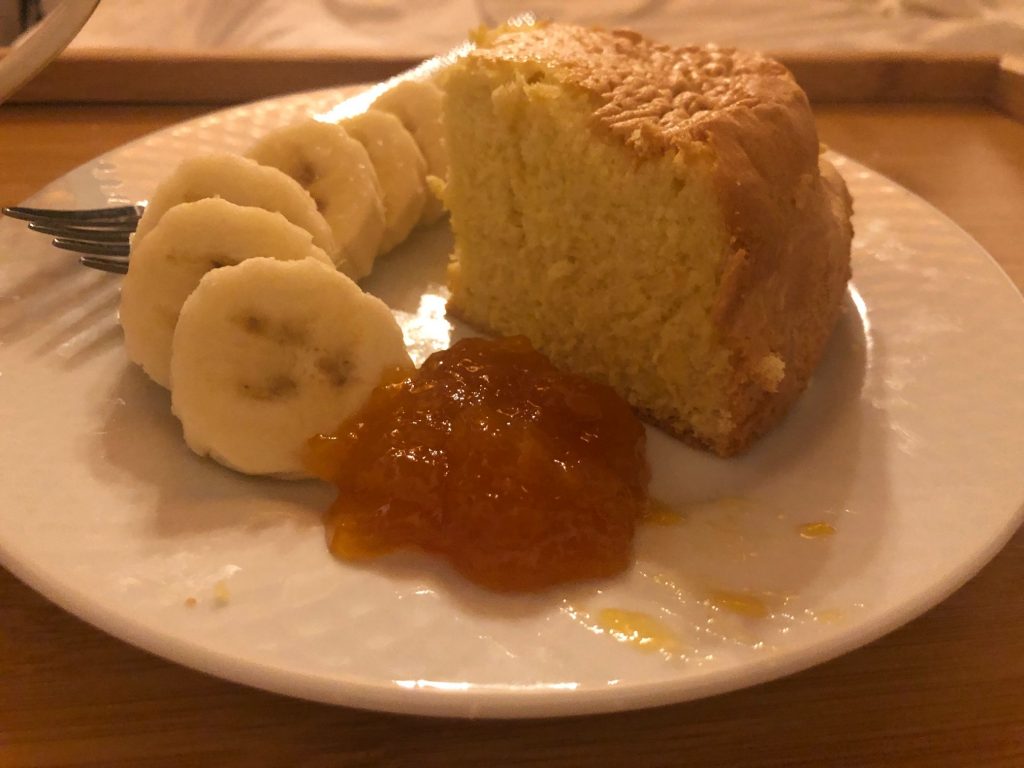


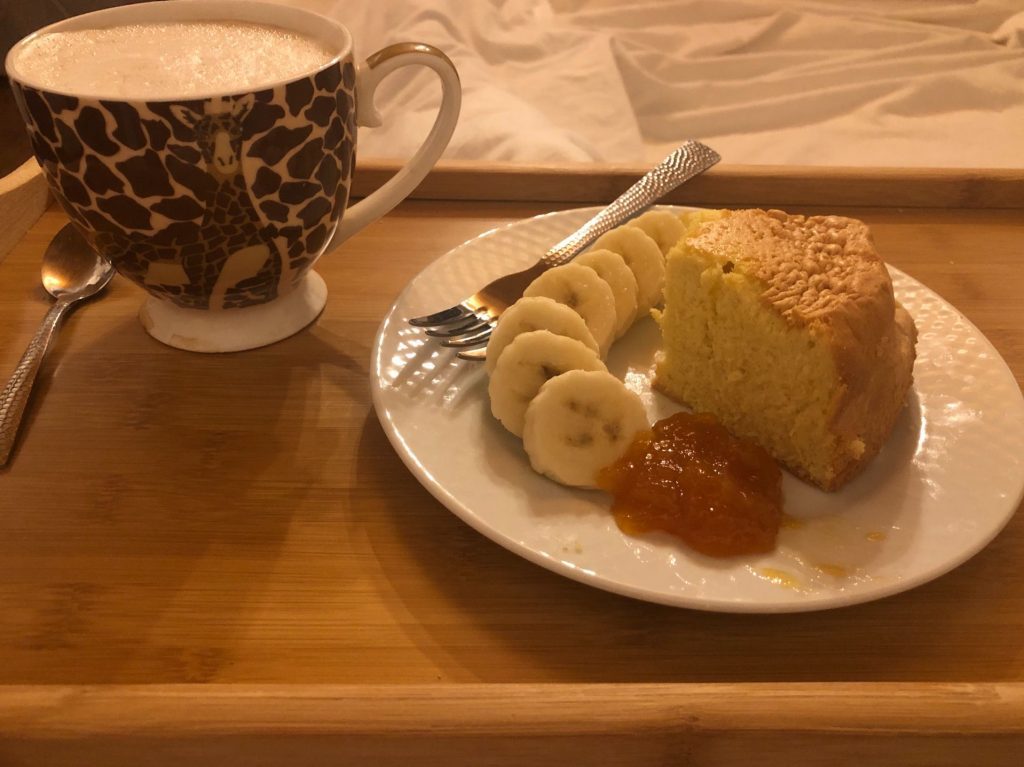


Professional Pão de Lo








British Babes making English Scones
Not very Portuguese cake related but Teanna and I made British scones and homemade fig jam for the neighbours in the next village as a thank you because someone (not mentioning any names) left their iphone on top of our car and it flew off and these lovely ladies found it and returned it to us. I hope I don’t poison them! They were very grateful and a few days later they flagged us down whilst driving and gave us back our tupperware box filled to the brim with fresh eggs, bless them. I didn’t have the heart to tell them I have chickens. Portuguese people may not have much but what they do have, they share with you. I LOVE the community spirit, sharing is caring.









Homemade Sweet Treats
Chocolate Treats
After sampling the famous Ginja liqueur from chocolate cups in Óbidos, I decided to try my hand at making my own chocolate cups as they are very hard to source where I live. I tried a different selection of moulds including paper cases, ice cube trays, cake moulds and shot glasses and I was super surprised with the awesome result.













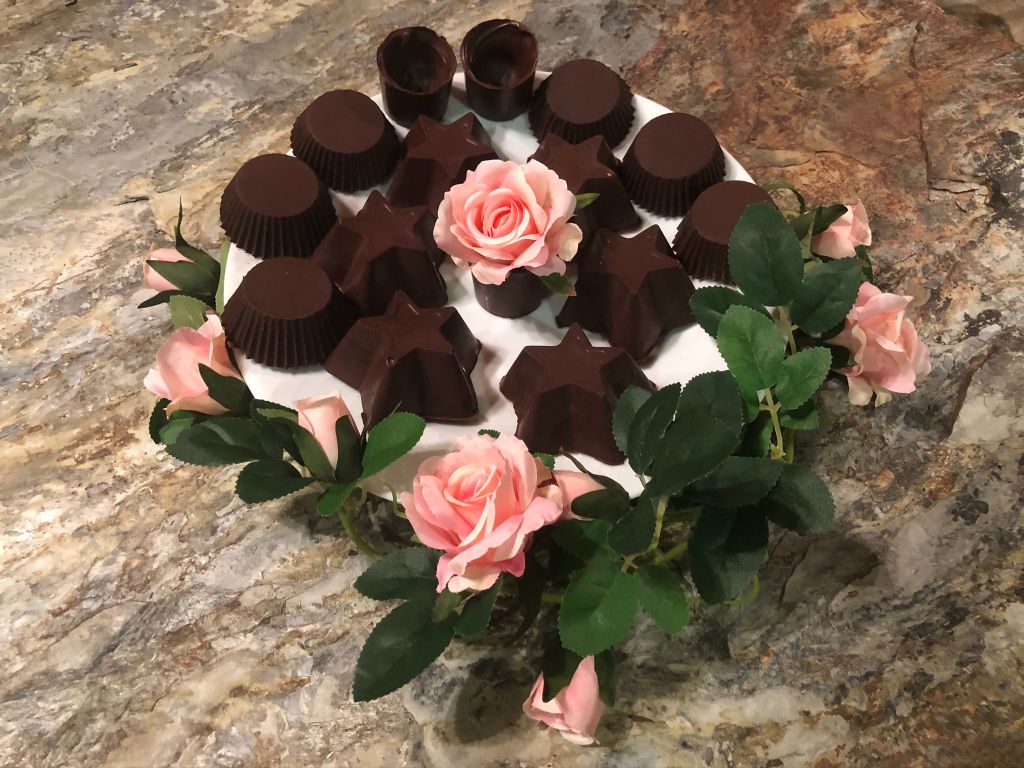











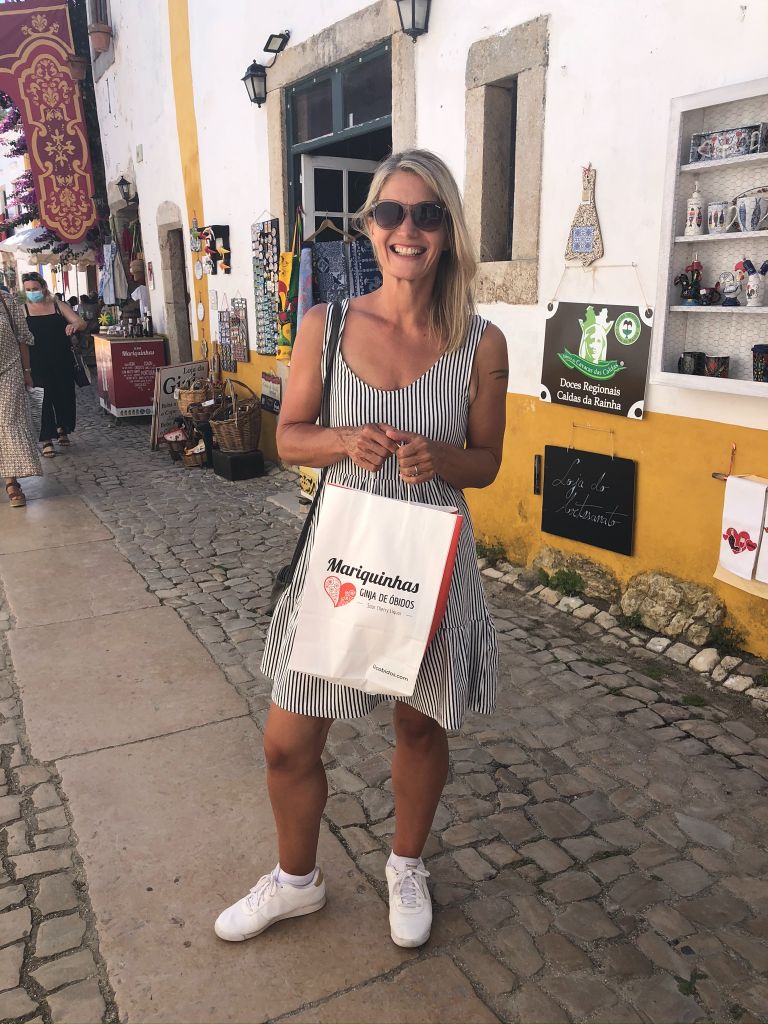











Ginja Tasting in Óbidos






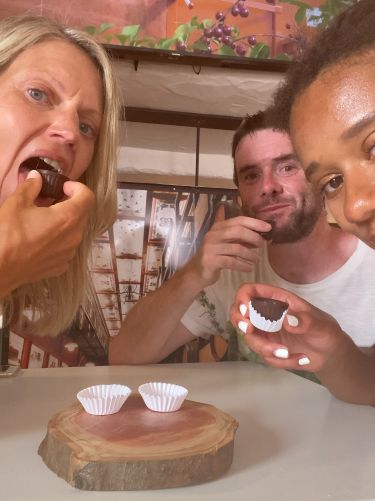








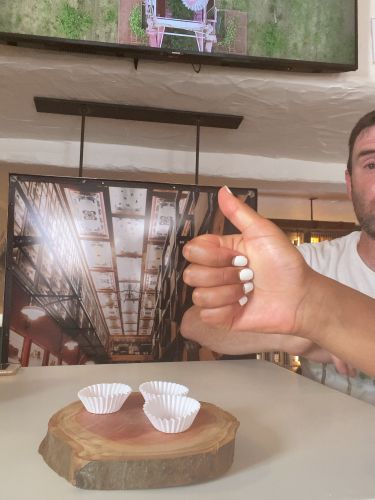





Meringues & Egg Custard
Now we are proud Chicken Momma and Papa we are always finding new recipes to use up all our eggs. These homemade Meringues and Egg Custard were delicious.





















Professional Meringues












Helen’s Happy Hens
We have our gorgeous ladies (Carol, Michonne, Maggie and Judith) to thank for our homemade sugary treats. Their eggs are gorgeous and enable us to make some tasty delights.

























































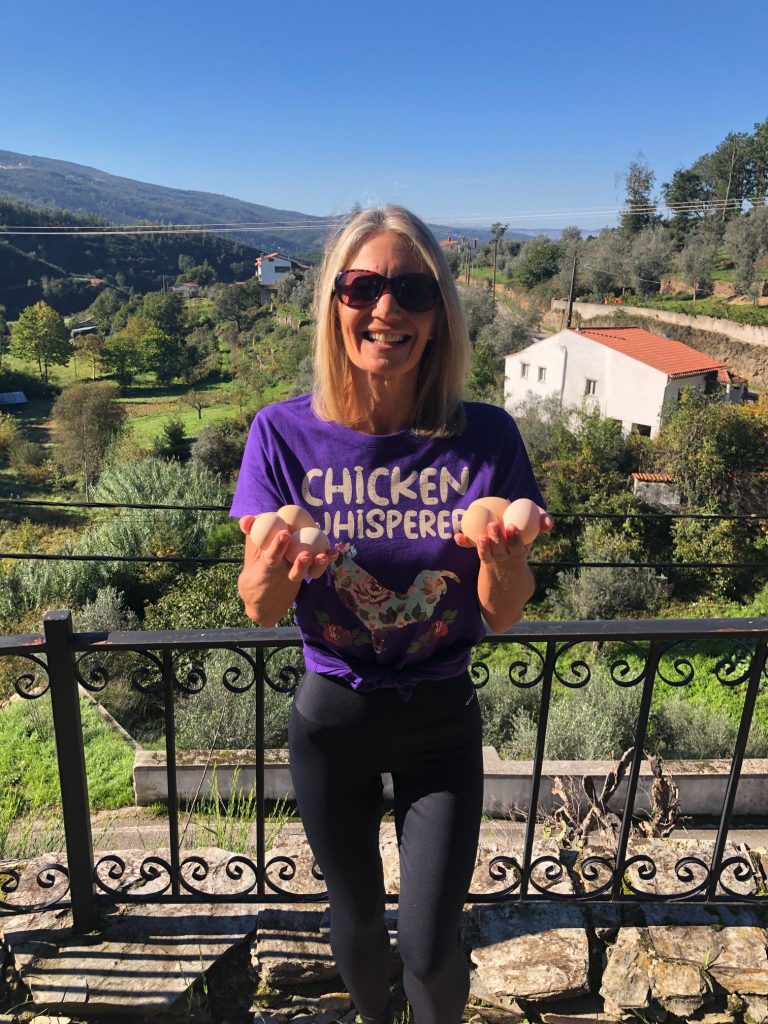





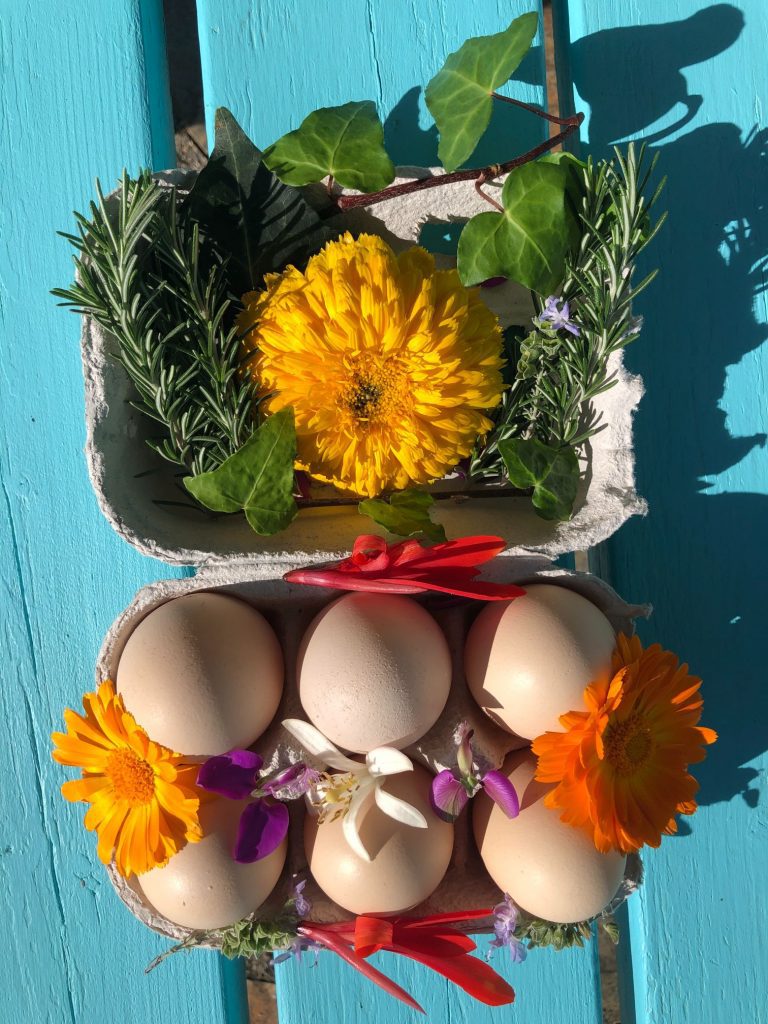























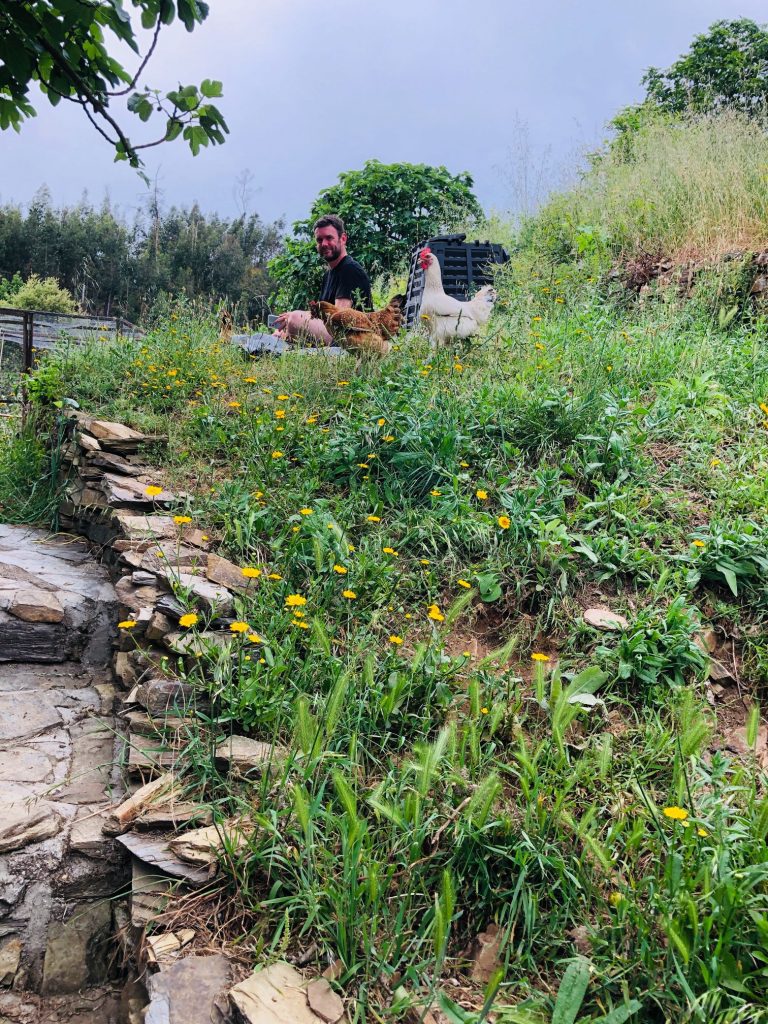


























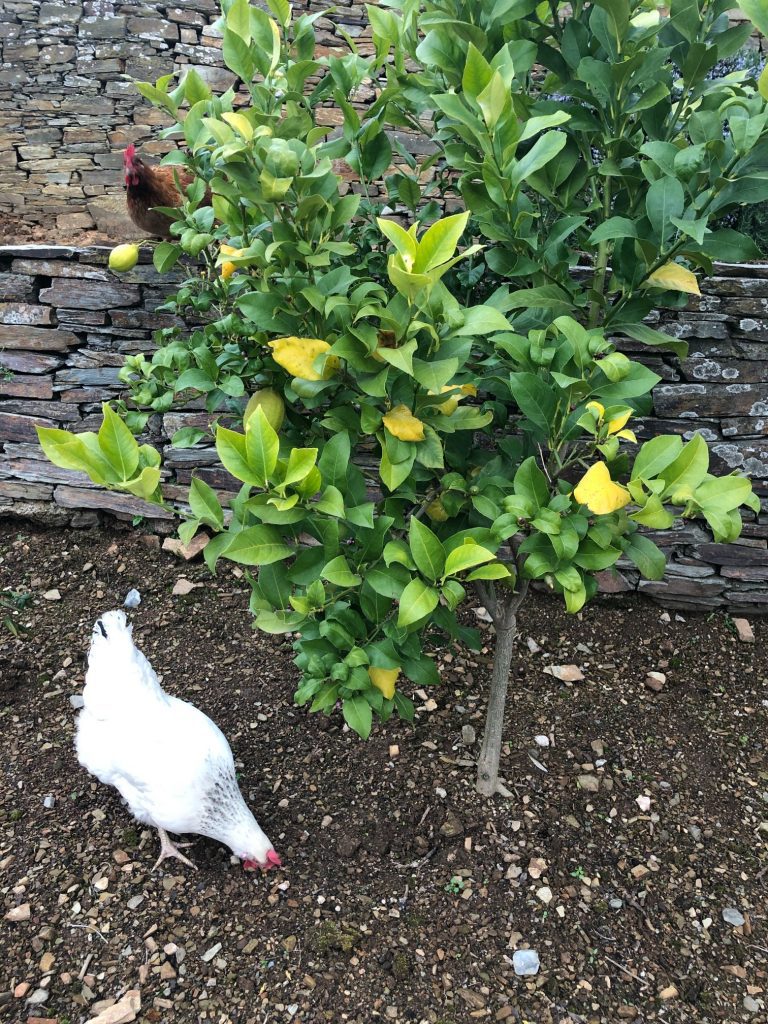








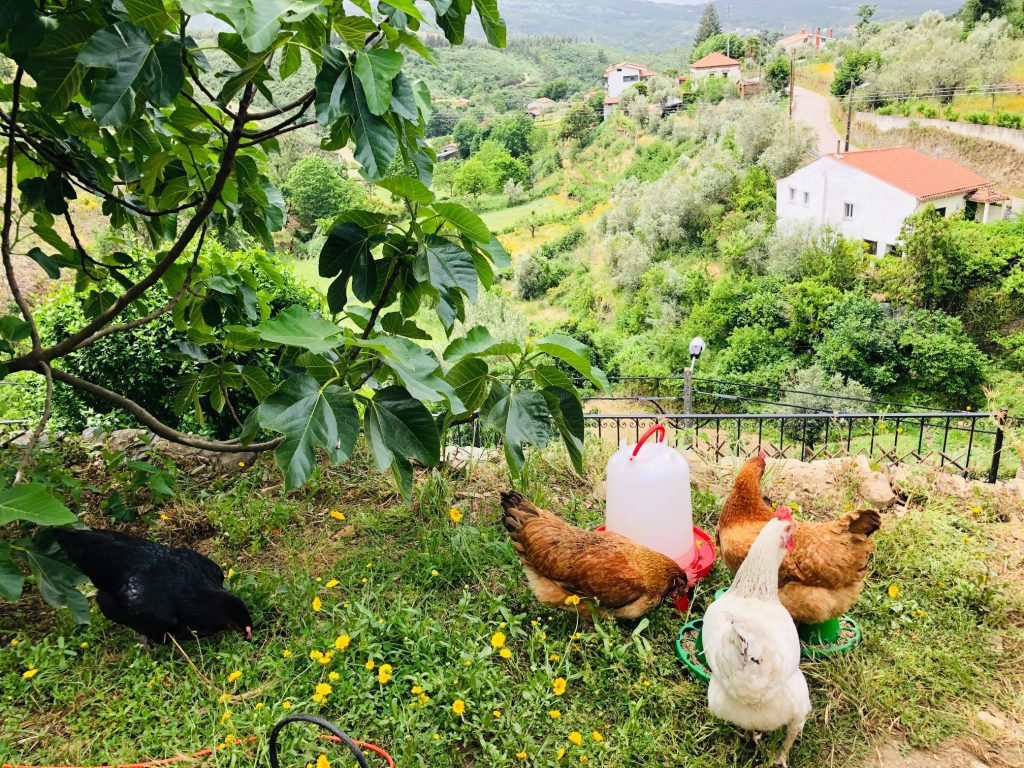














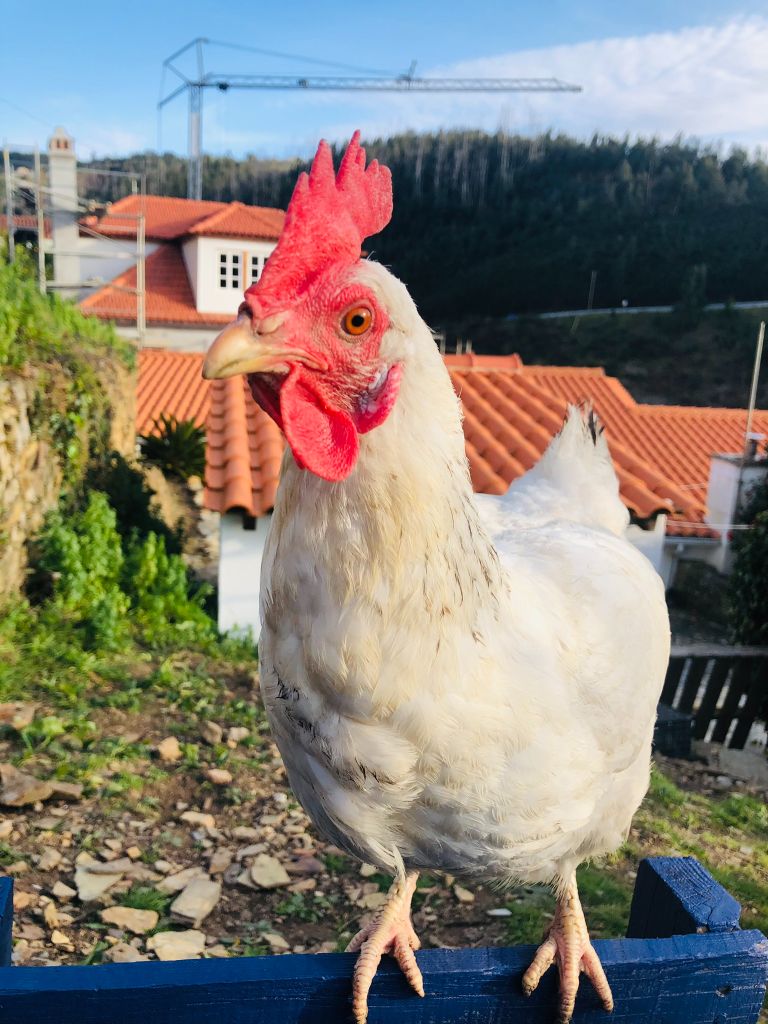








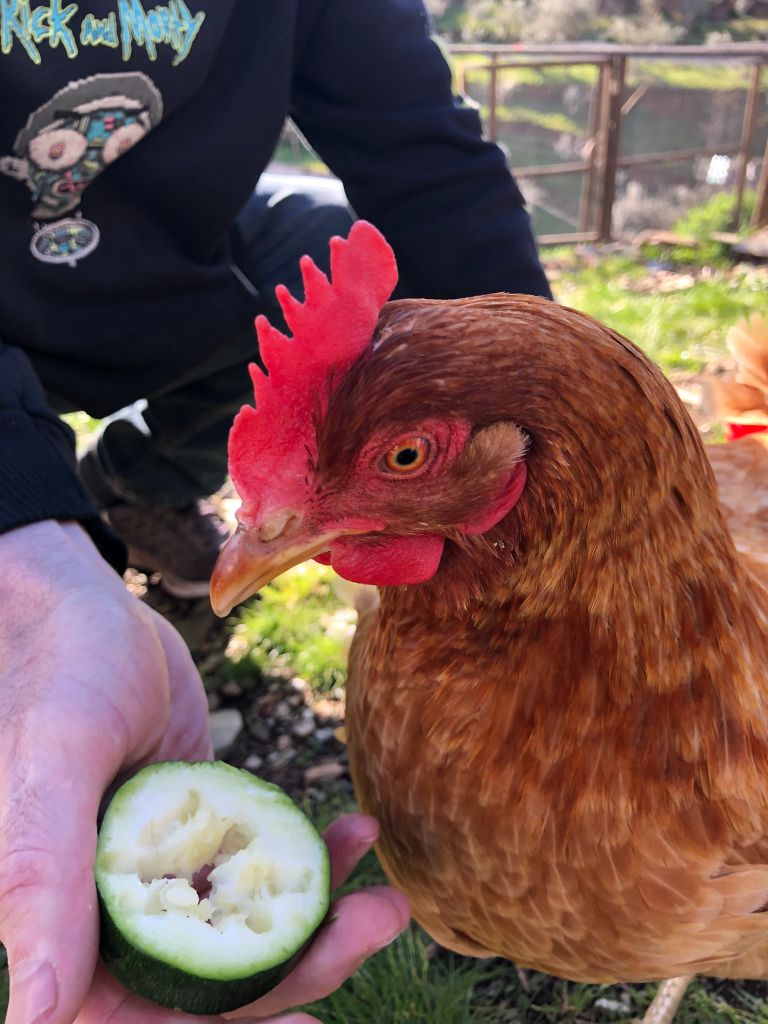











Ice Cream
Summer time = Ice Cream, I can’t resist an ice cream in the Portuguese heat especially when we visit a beach.
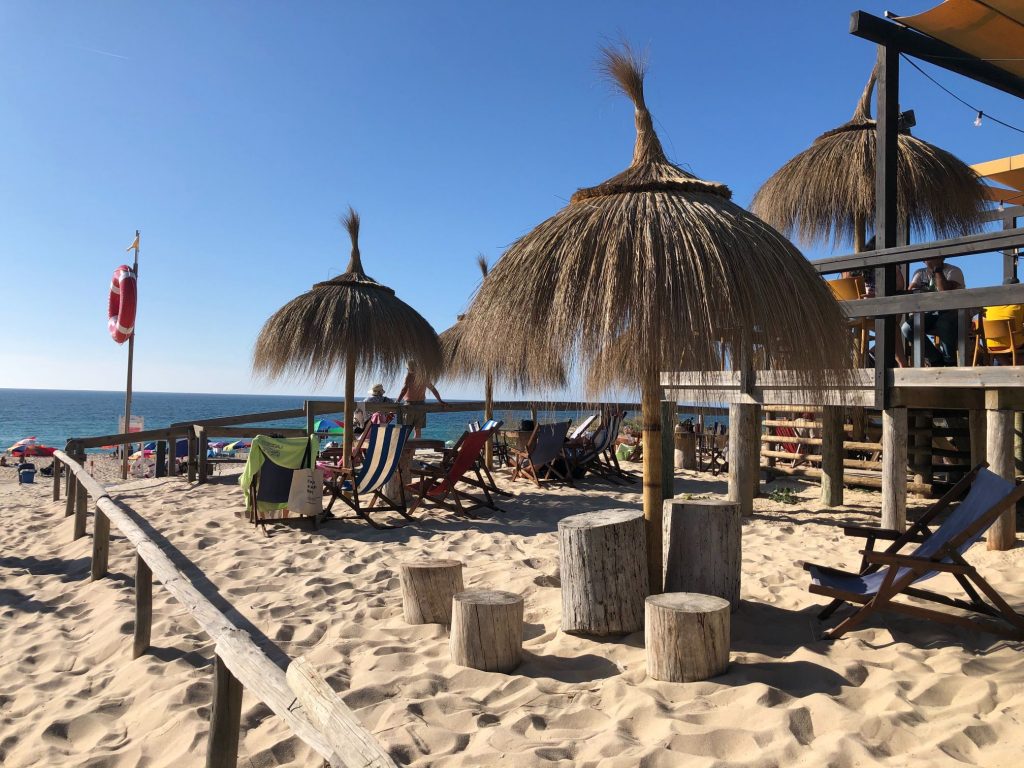








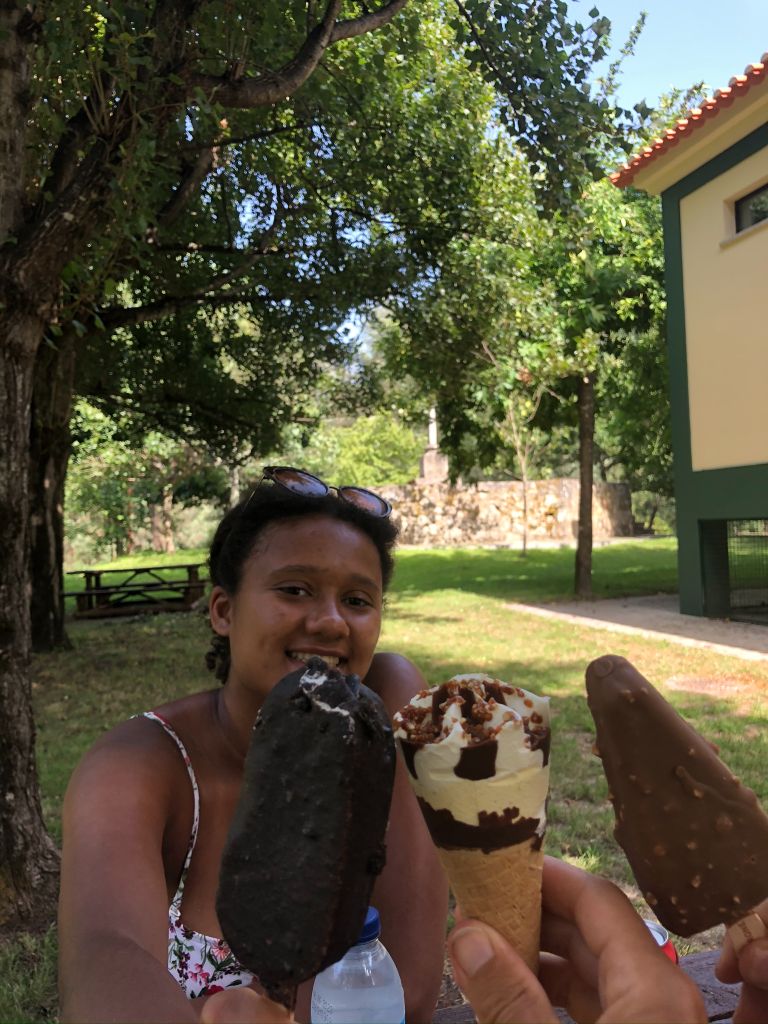








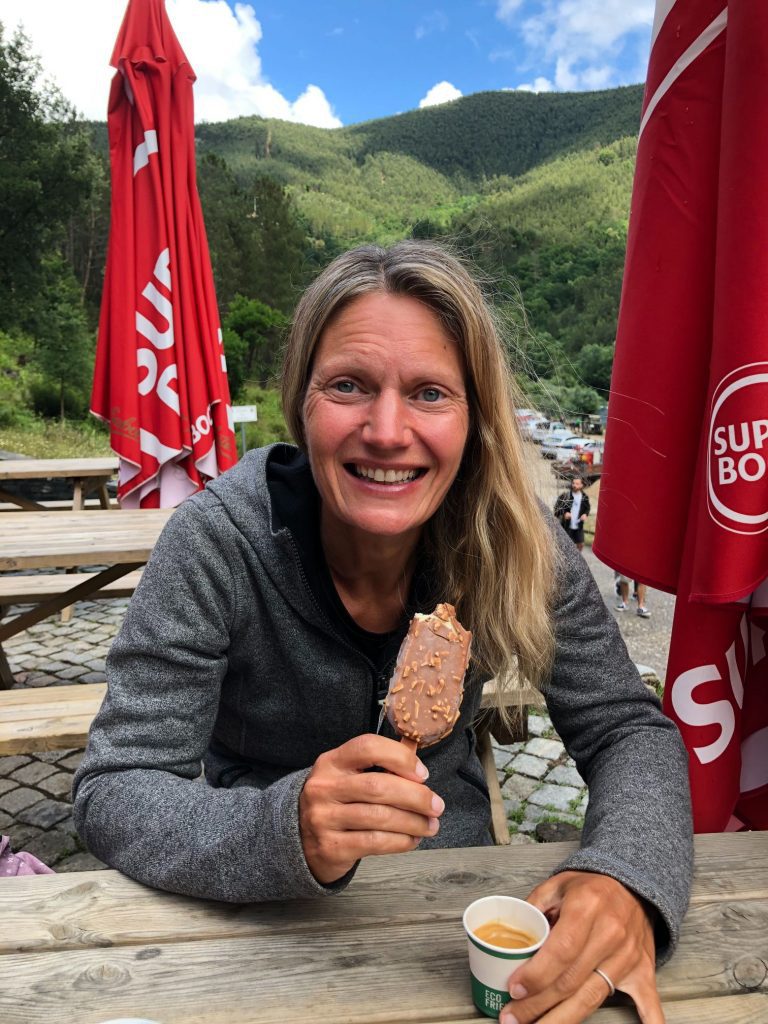


I LOVE how I have a firm grip on both ice cream & coffee (ha ha)












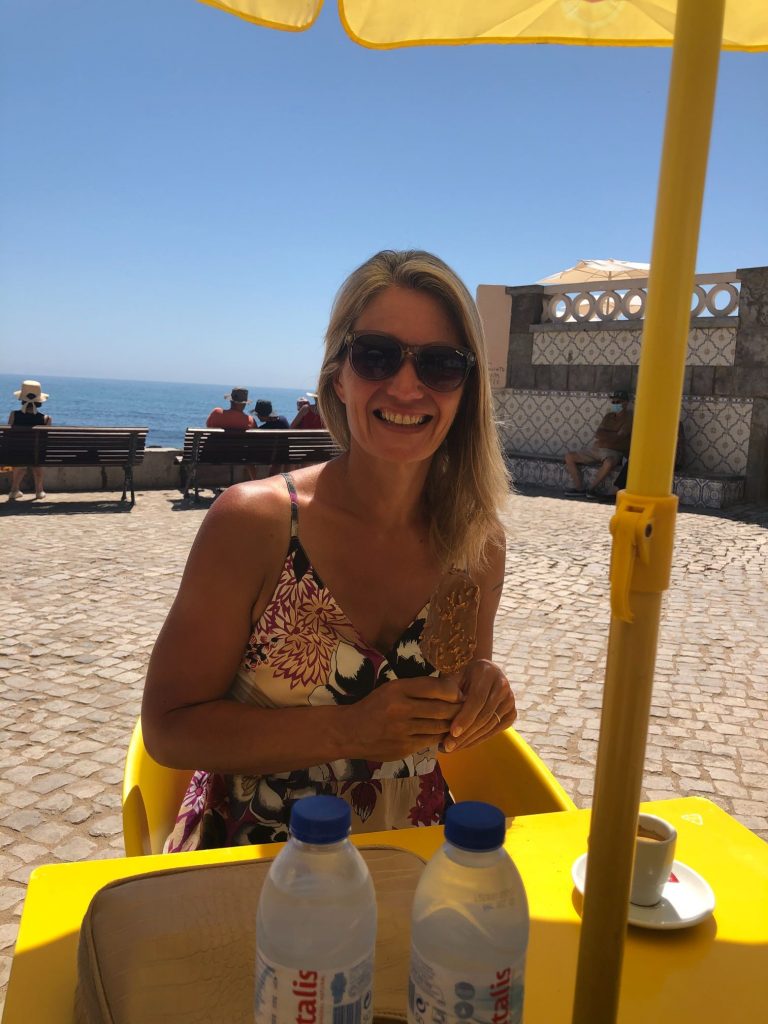















































Águeda, Art & Ice Cream
It was way too hot for Portuguese cake so ice cream it is! I consumed way too much ice cream during the summer due to my on-going dental pain and impacted wisdom tooth extraction!












N’Ice Cream
This is the best ever tasting ice cream. I LOVE it!
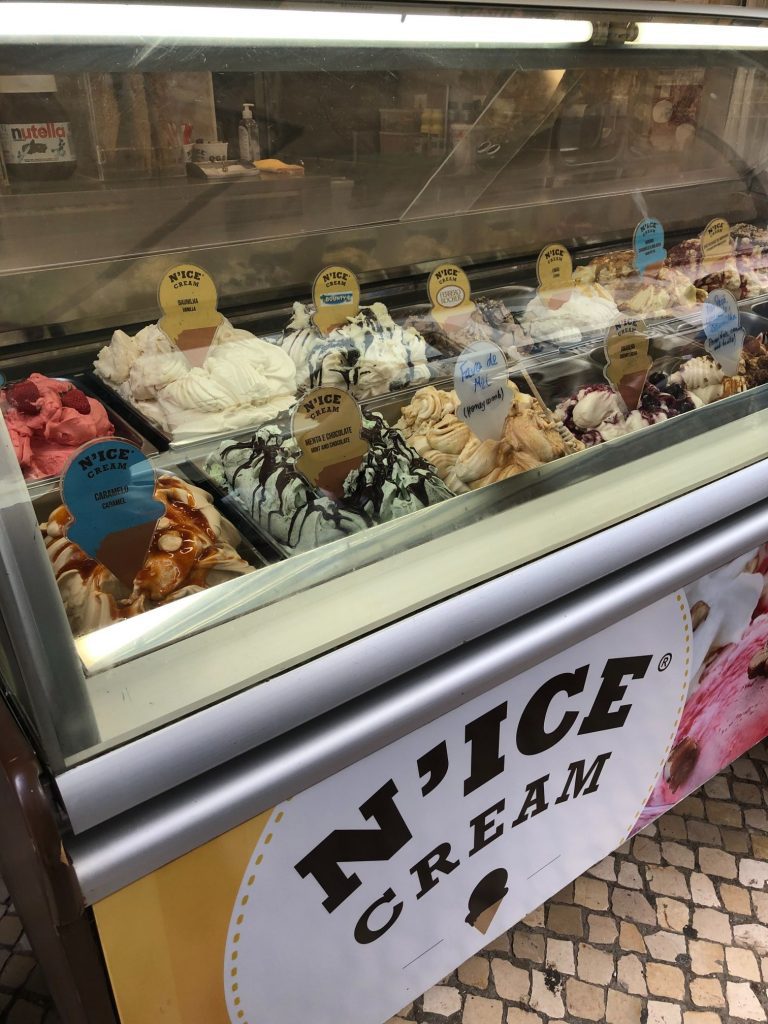














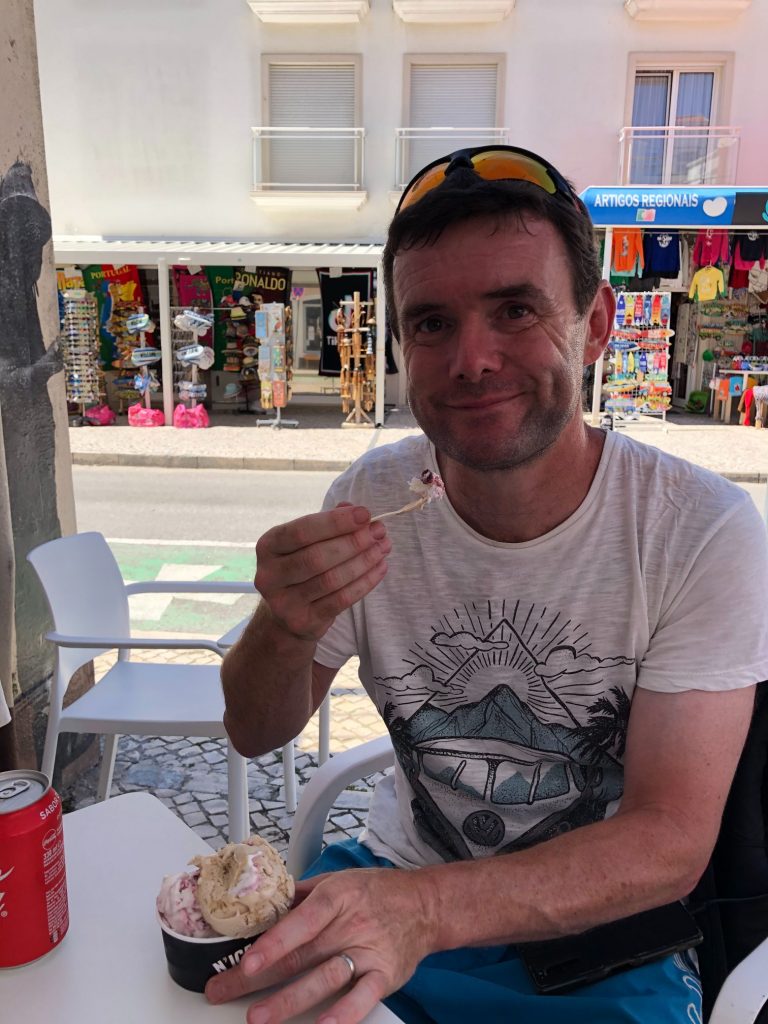


Candy Cakes
I found a great confectionery shop called “Hussle” and they sale the most amazing candy cakes. They are quite expensive but a good alternative if you don’t fancy a cake.





















Easter Eggs
The egg has been a symbol of rebirth and fertility for many centuries. There is something very special about cracking open a chocolate egg and we celebrate the Easter tradition each year with a feast of chocolate eggs, chicks and bunnies. At this time of year Portuguese shops are filled to the brim with sugar coated almonds which I also love but they are quite hard on my ageing teeth and multiple fillings.


















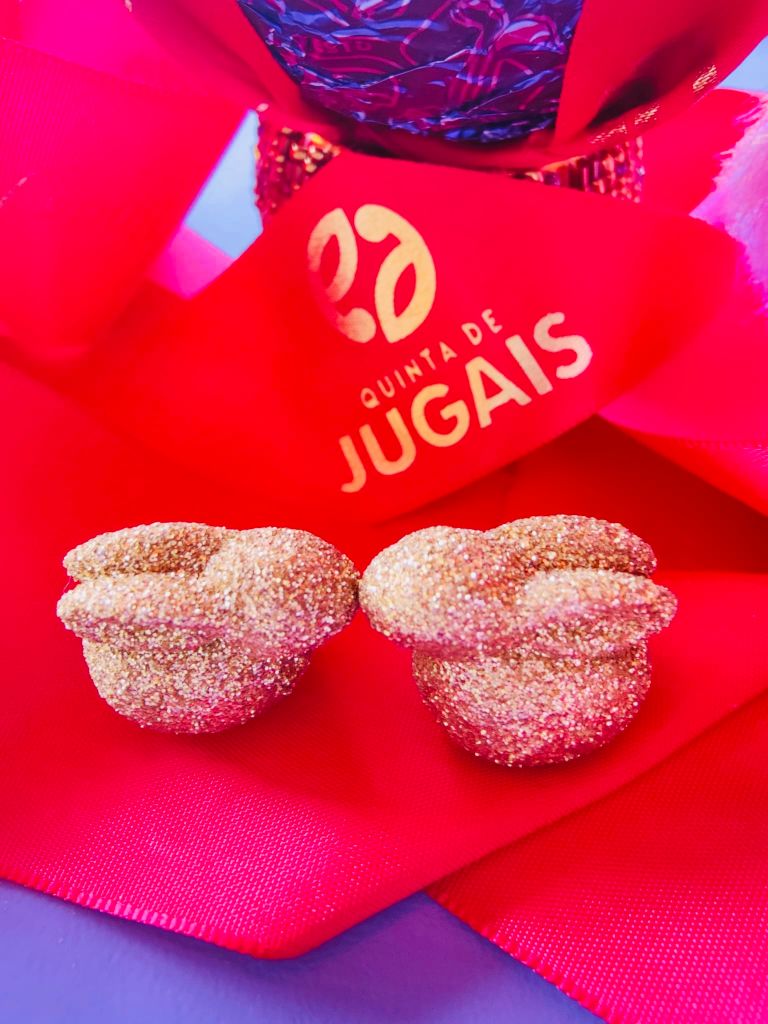











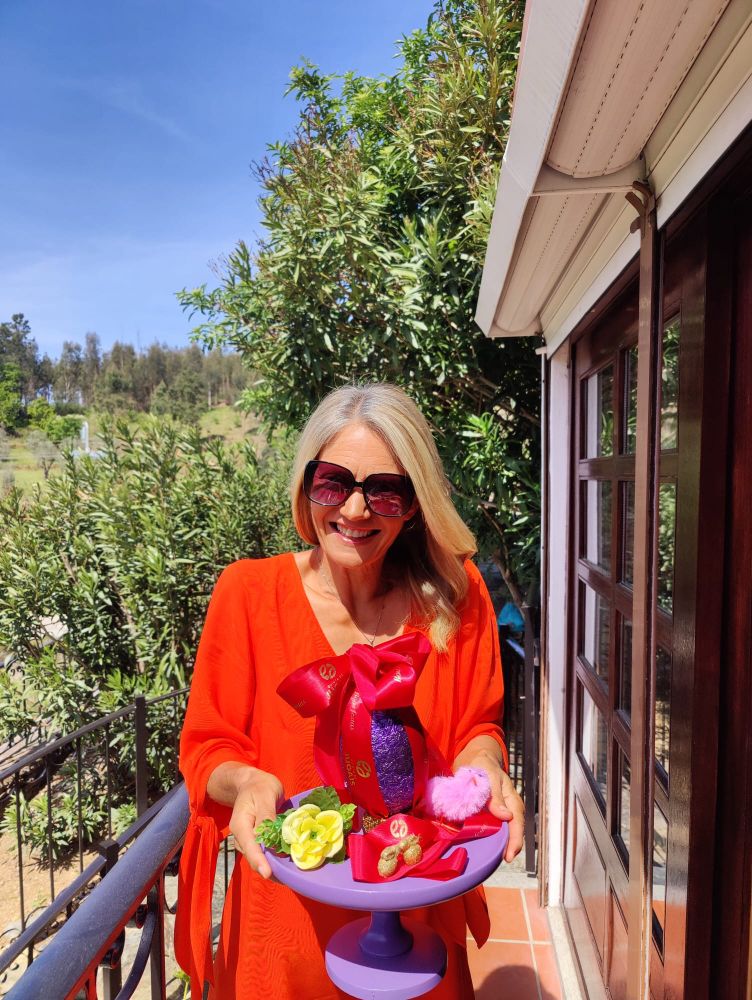


Easter Folar
Folar da Pascoa is a large traditional loaf (sweet or savoury bread) and filled with any of the following: salpicão (sausage), veal, chicken, rabbit, serrano ham and decorated with hard boiled eggs (in their shells) placed in the middle, how bizare! Some folar are sweet breads prepared with cinnamon, anise and fennel and decorated with the hard boiled eggs under the braided ‘cross’ of bread dough, again this all varies from region to region. The eggs baked in the dough of the bread represent rebirth and the resurrection of Christ. Children will visit their godparents’ house to be served the folar, an Easter delicacy which symbolises friendship, union and reconciliation.
The obligation of giving a folar to the godsons ends when they become adults (18 years old) or when they marry. The godsons should offer too a present to their godmothers a week before on Palm Sunday: a bouquet of violets and a bag of sweet almonds. In the North of Portugal, according to the tradition, they offer a folar to the local priest when he goes to the village, visiting and blessing the parishioners’ houses. This blessing and procession is called Compasso. The most famous savoury folar is the Folar de Chaves (North of Portugal) which is filled with cured meats. In the Algarve (South of Portugal) the Folar de Olhão is very popular, a sweet folar of swirled layers of dough filled with cinnamon and caramalised sugar. Every Easter I say I will try my hand at baking Folar but I never get around to it, maybe 2023 will be my year.



Folar de Mãça (Apple Folar) – Update 2023
Our 8 year wedding anniversary coincided with Palm Sunday so we swapped our traditional celebration cake for a Folar de Mãça. Yes, I had a number 8 candle in my Easter sweet bread because I didn’t have any candles to blow out on my recent birthday because I was visiting the UK and why the hell not! It’s the first time that we have ever tasted Folar, it was delicious, I’m a fan for sure.





















Mini Homemade Folar – Update 2023
OMG 2023 was my year, on Good Friday we made mini festive Folar for the very first time! We also made a shitty mess in the kitchen (ha ha). It’s quite a lengthy process making traditional Portuguese Easter sweet bread but I like to make an effort and embrace the Portuguese culture especially the culinary delights. I am quite impressed. Not too shabby an attempt seeing as hubby is our house chef and my kitchen skills are limited to a GCSE grade B in Food Technology. My school teacher would be proud as she will definitely remember me as I set the school kitchen on fire (ha ha).
I must admit, it was a joint effort and a Mr & Mrs bake off. Hubby looks very pretty in my apron (ha ha). The recipe made 7 and they are not that mini so I’m going to get fat as a house for sure. We already ate the lot, they are so delicious and definitely rivals a British hot cross bun.
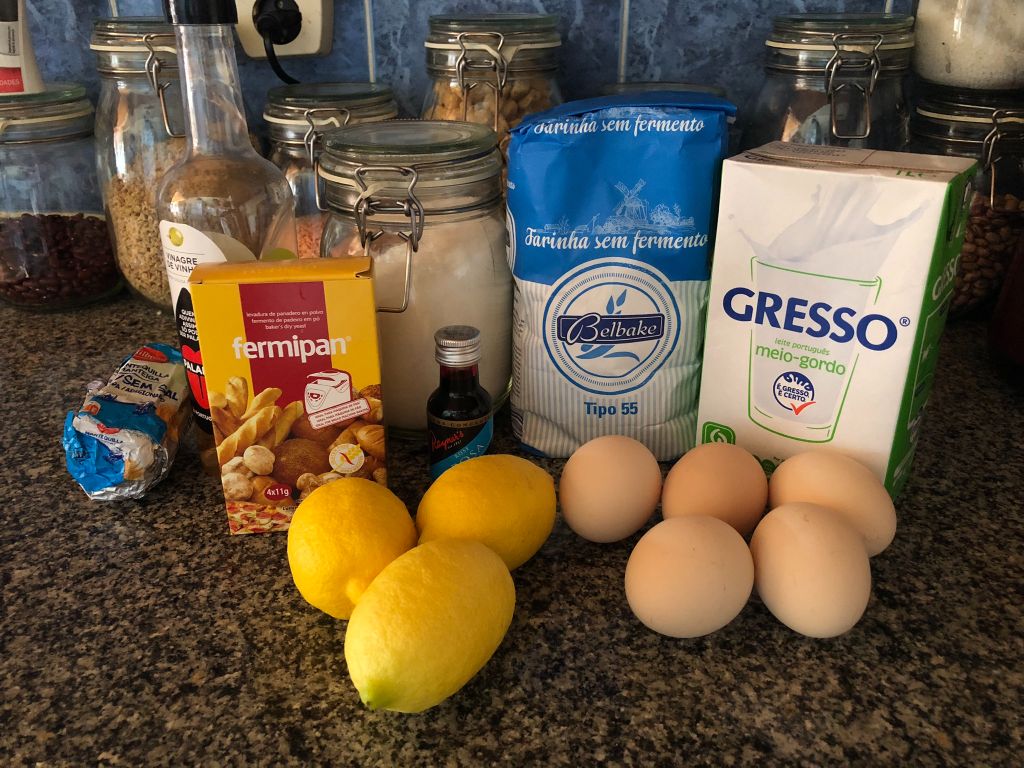













































































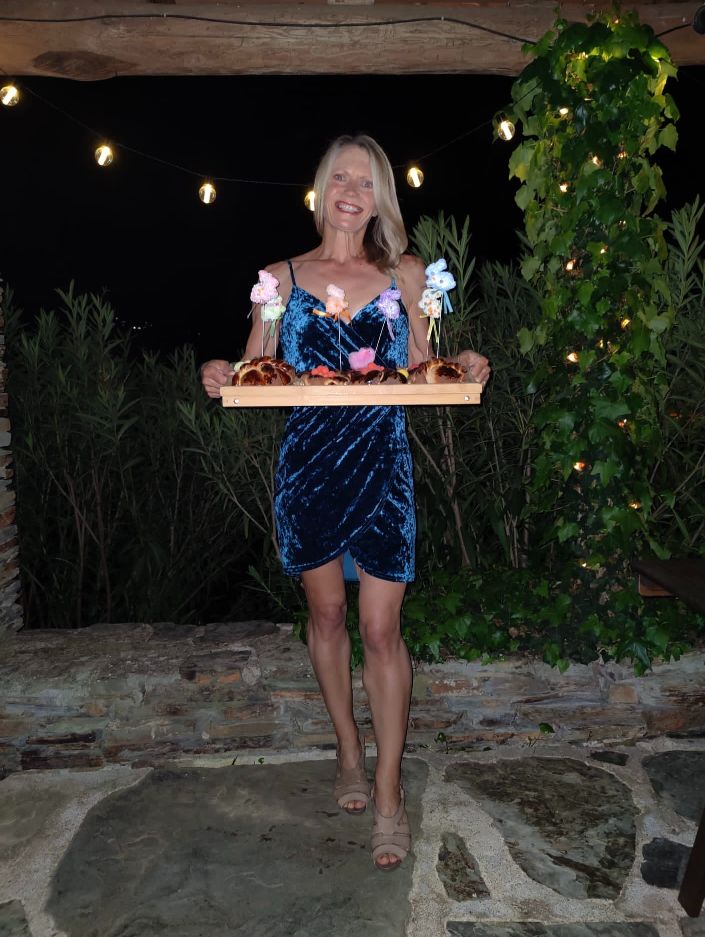





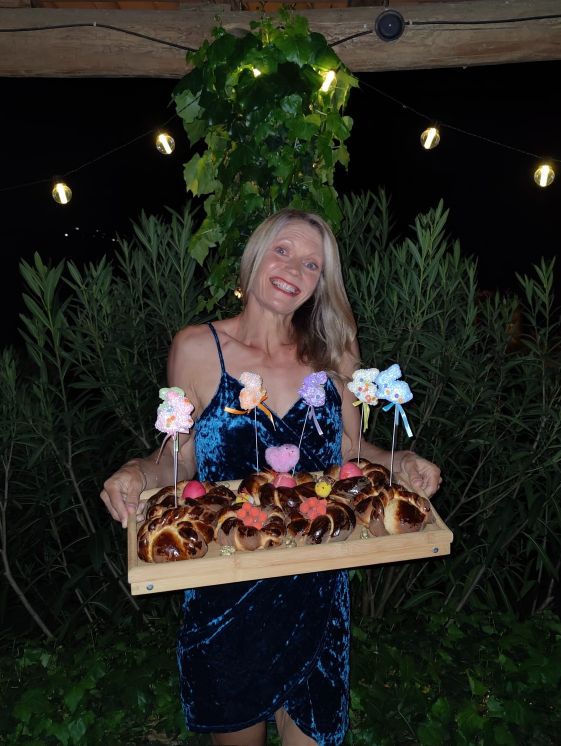














British Hot Cross Bun
For all my Portuguese and non British readers, here is what a traditional British Easter hot cross bun looks like. Please bear in mind mine got flattened in my suitcase returning from my trip to my hometown of Bristol, UK. There was only one thing to do, eat the lot in the garden (ha ha).
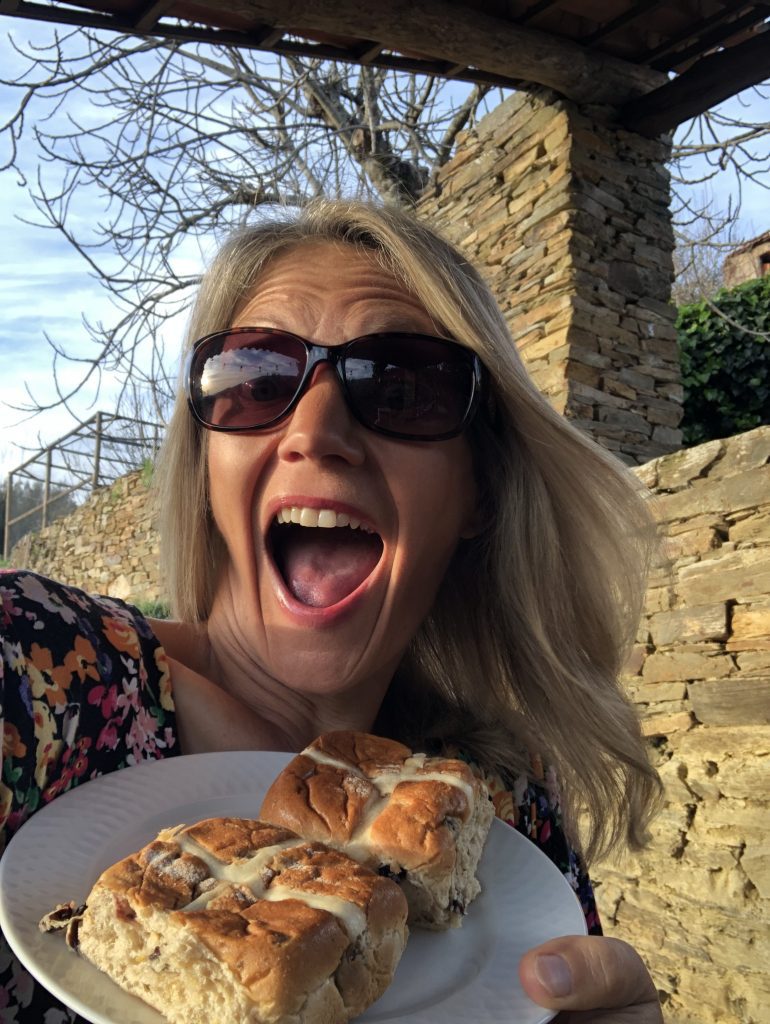


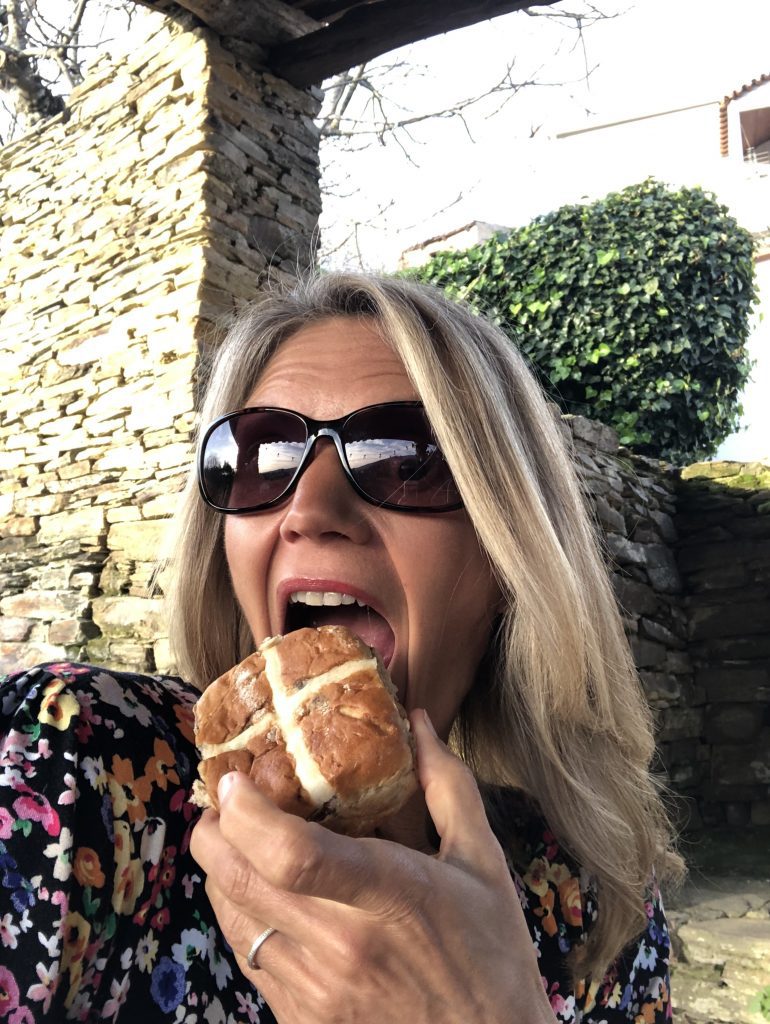








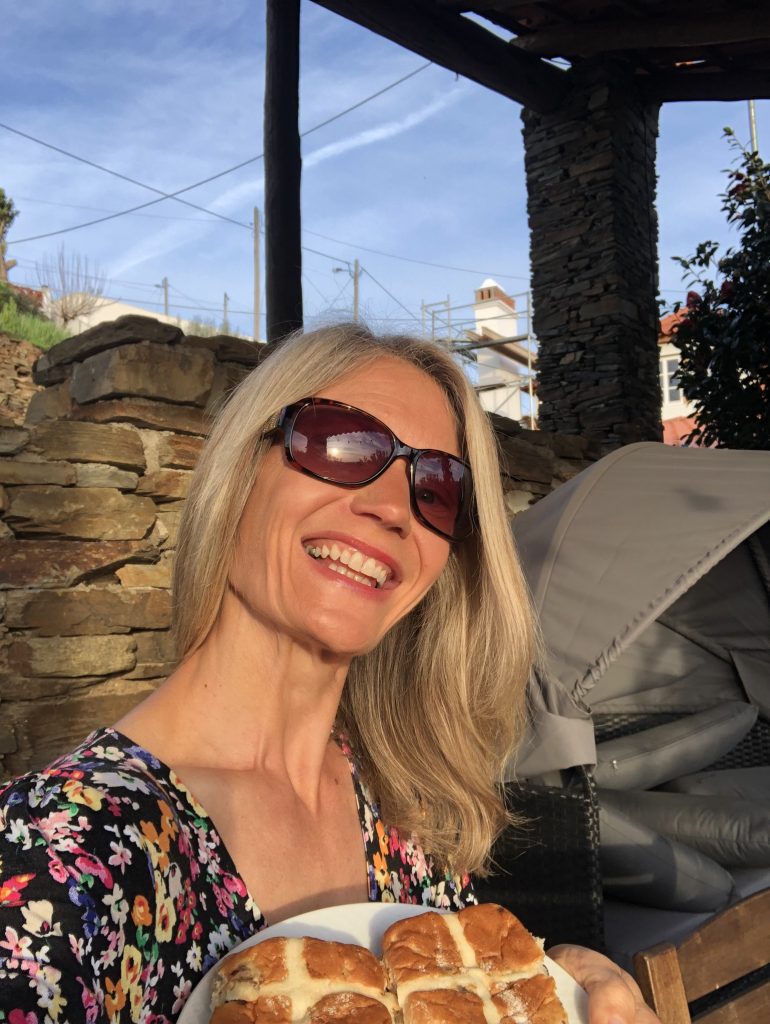











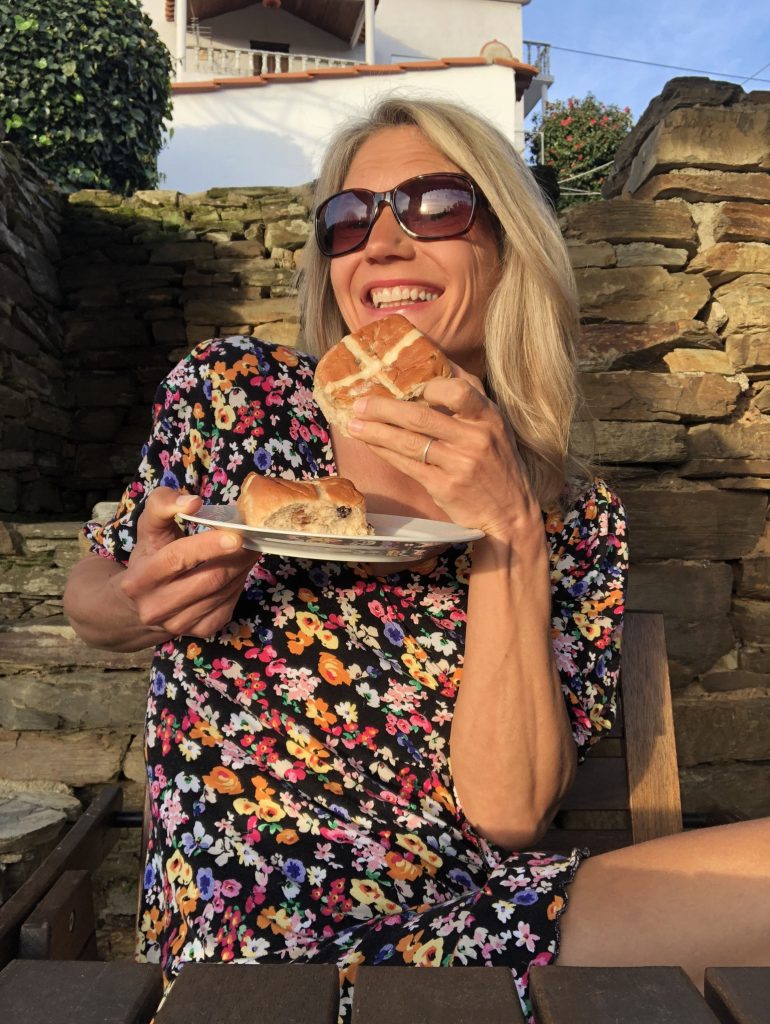























Farturas
Big and Small, I LOVE them all! Once you get over the fact that the name has “Fart” in it you can stop giggling enough to enjoy this awesome treat. During the summer months there is a Fartura van in our nearest village of Côja but we usually treat ourselves when we visit the coastal beaches or harbours. We always eat a Fartura or two when we visit Nazaré as well as excessive amounts of ice cream, our excuse is the surfing will burn off the calories, but as I only watch and don’t surf I’m not sure that counts (ha ha).


















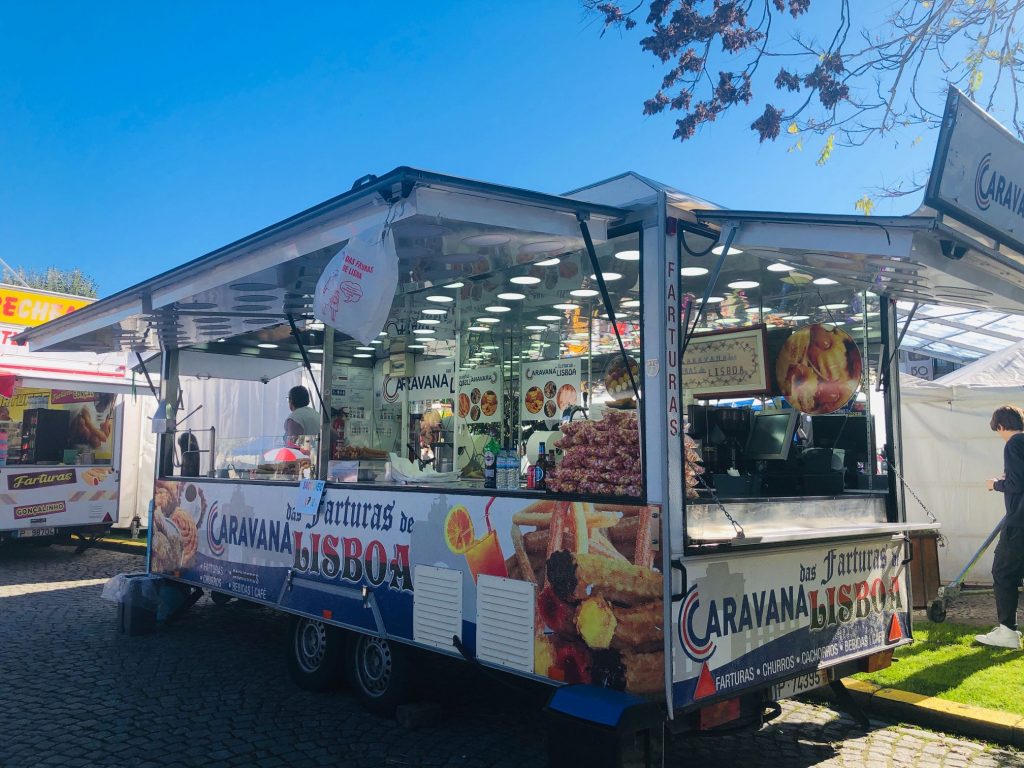





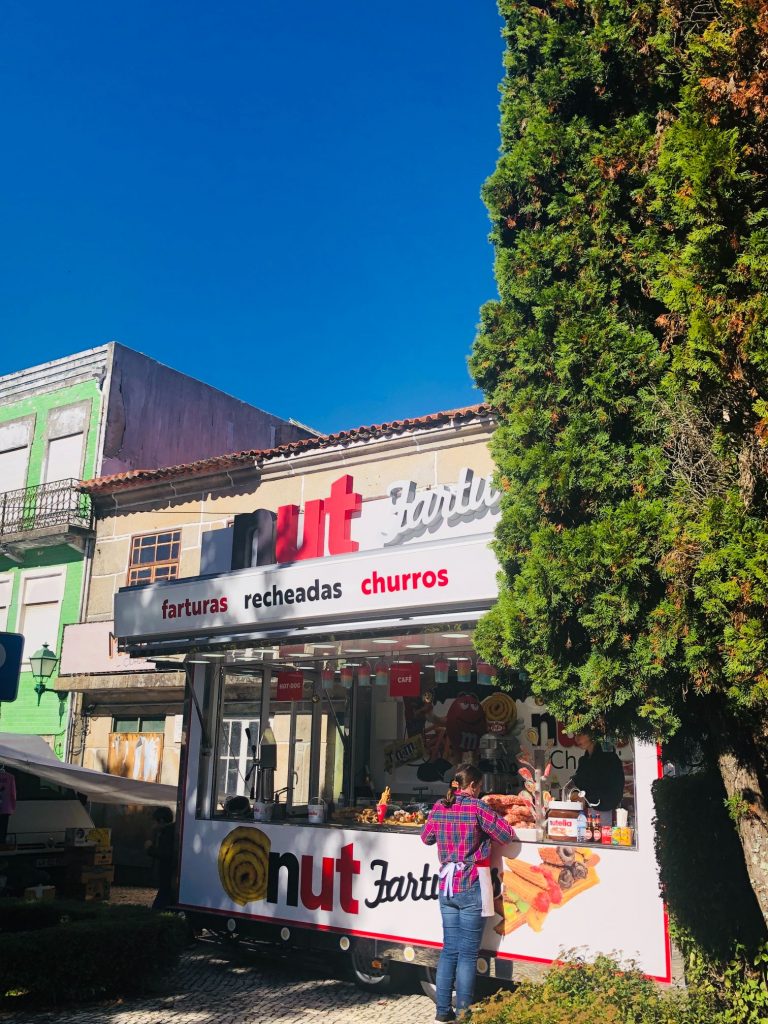








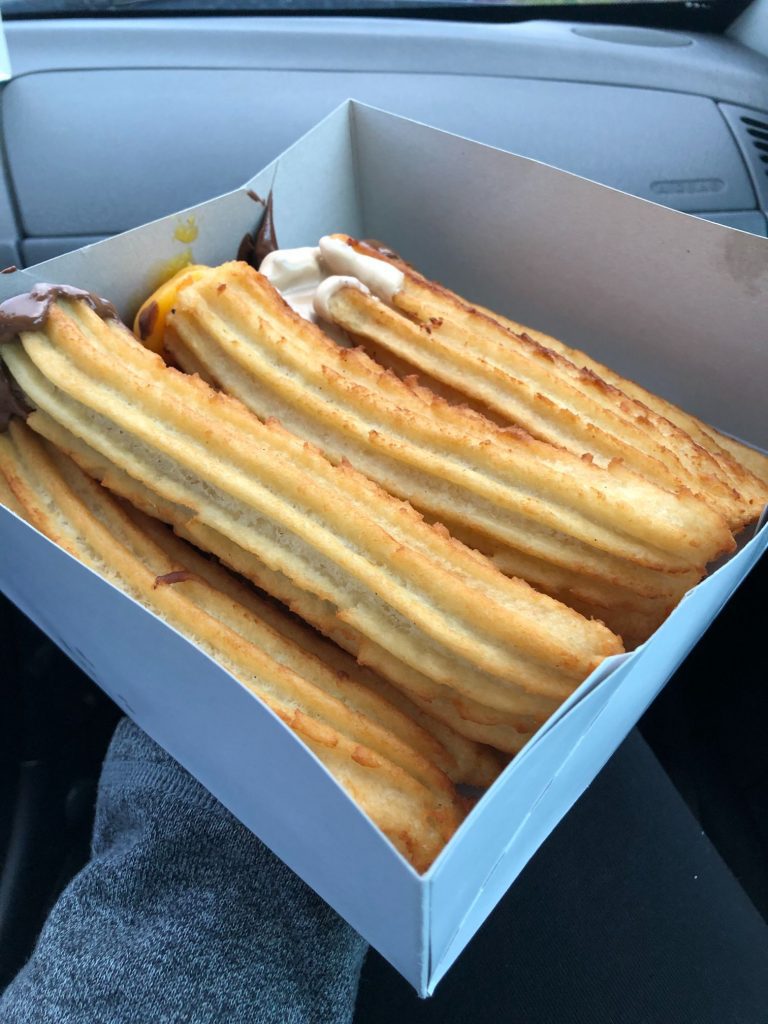














Chocolate Bread
If you know me you will be fully aware that I am absolutely addicted to this awesome chocolate bread purchased from the Museu do Pão (Bread Museum) in Seia. I cannot describe to you the taste, it’s out of this world and pure heaven. The only downfall is Seia is a 45 minute drive from our casa but it freezes very well so I always stock up on supplies when I pass through Seia or head to the Serra da Estrela.






























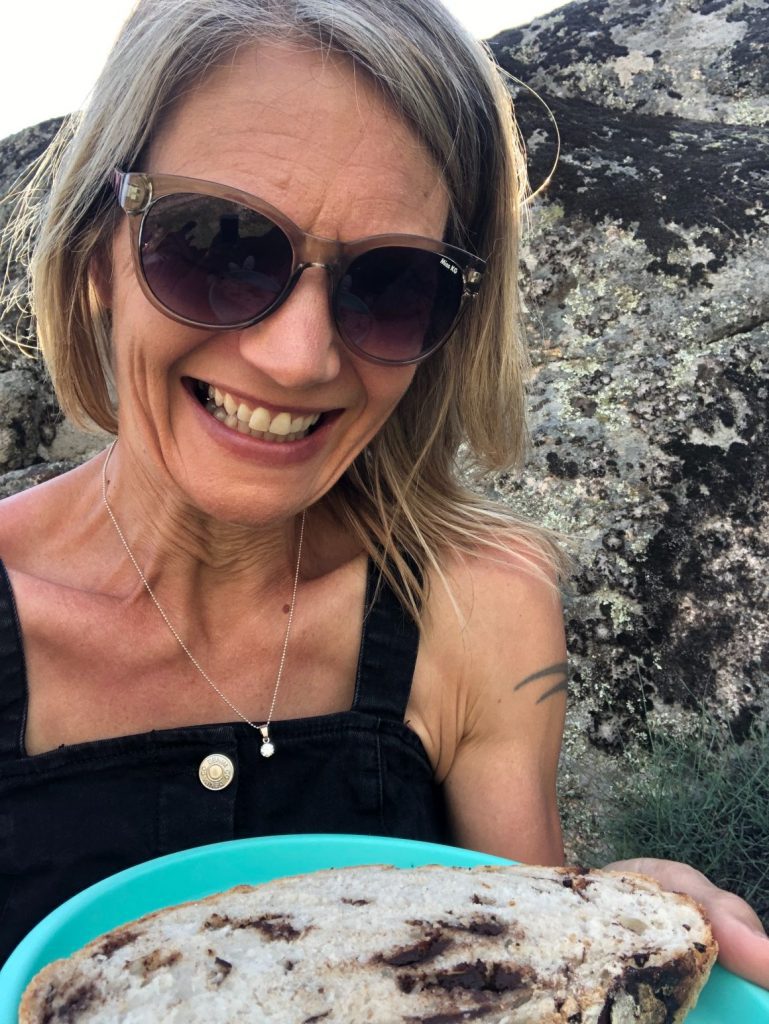





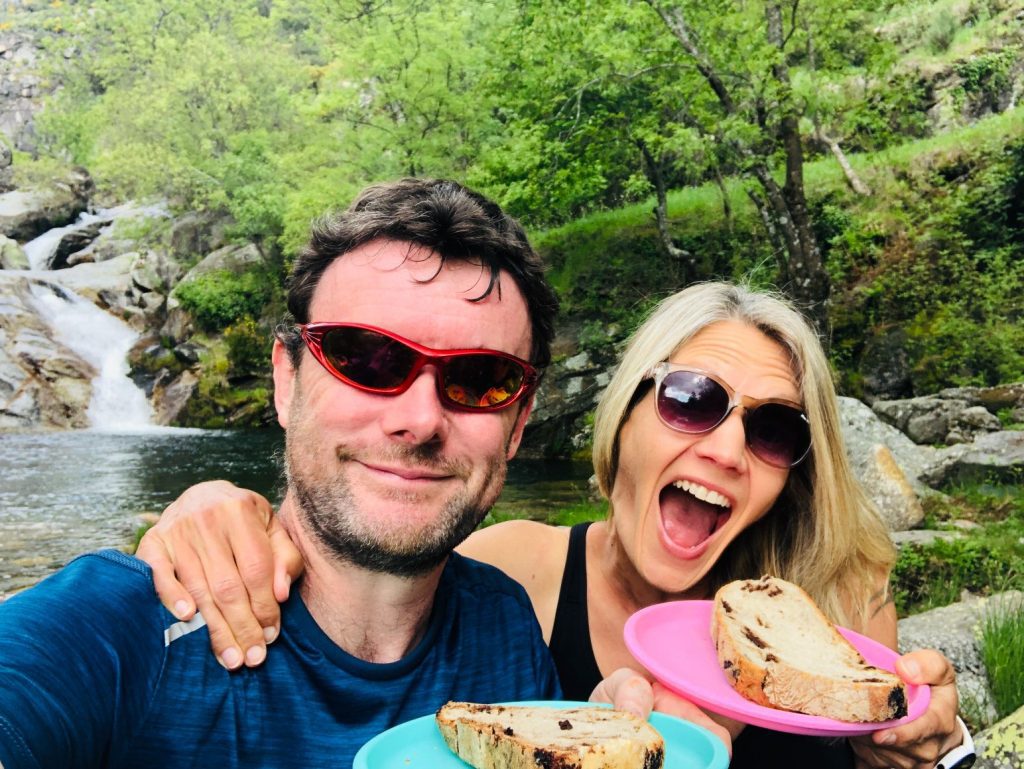








Bread Museum Shop






Pipocas (Popcorn) – Drive through Cinema
I love the Portuguese name for Popcorn “Pipocas”. I do enjoy popcorn but again it’s a disaster for my teeth and I have previously cracked a filling on an un-popped kernel so BEWARE! I LOVE the film E.T, it takes me right back to the 80’s.









Candy Floss
Candy Floss transports me right back to my childhood. We celebrated viewing the World’s largest Santa in Águeda with a yummy candy floss. Most of this gigantic treat ended up in my hair (ha ha).









Perfect Pancakes
I do love a pancake or two. I have never really embraced the savoury pancake or crepe but sweet pancakes rock. Hubby makes the most amazing fluffy American style pancakes that could give Denny’s a run for their money. He also makes them into great shapes like bunny rabbits! I once had a server bring me my pancakes in Las Vegas and he said “Here’s your Diabetes on a plate” (ha ha). We opted for the deluxe pancakes saturated in multiple sickly sweet toppings. It was quite a rude comment to make but we found the funny side. I bet he didn’t know that my mum was a Type 1 Diabetic. Hubby used to make me pancakes a lot during our first year here. We would have a code phrase. If on an evening I said “Is it raining outside?” That meant can we have pancakes. I have no clue where this came from or how it started but I overate on pancakes and piled on 2 stone! Now I enjoy them once in a while. Here are some healthy oat pancakes I created for Shrove Tuesday this year. It was also Carnival (Mardi Gras) hence all the brightly coloured confetti table decorations.







































Pancake Day & Carnival 2023 Update
Every Shrove Tuesday there will be pancakes without fail! This was a double celebration as it was also Carnival Tuesday here in Portugal.






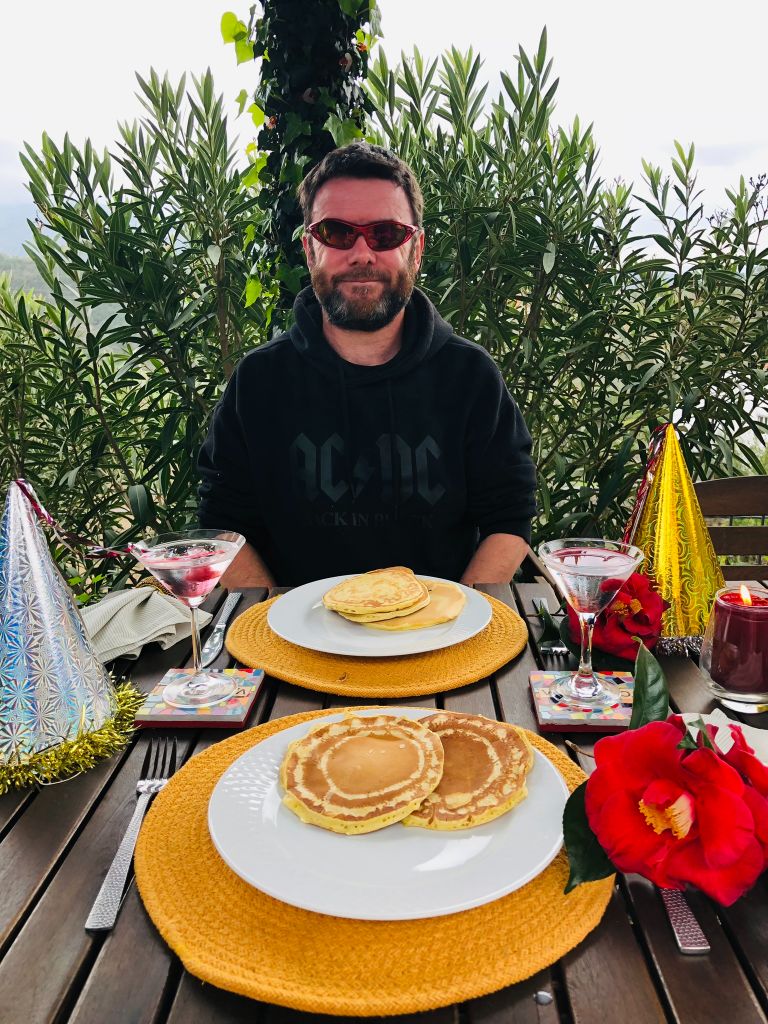

















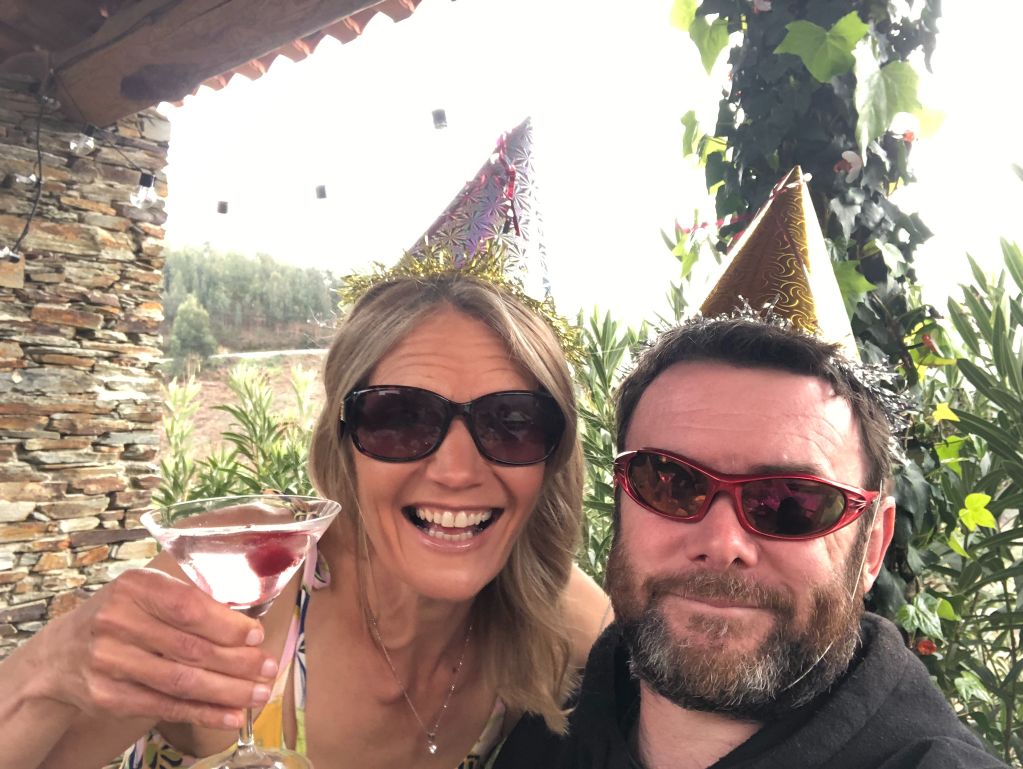











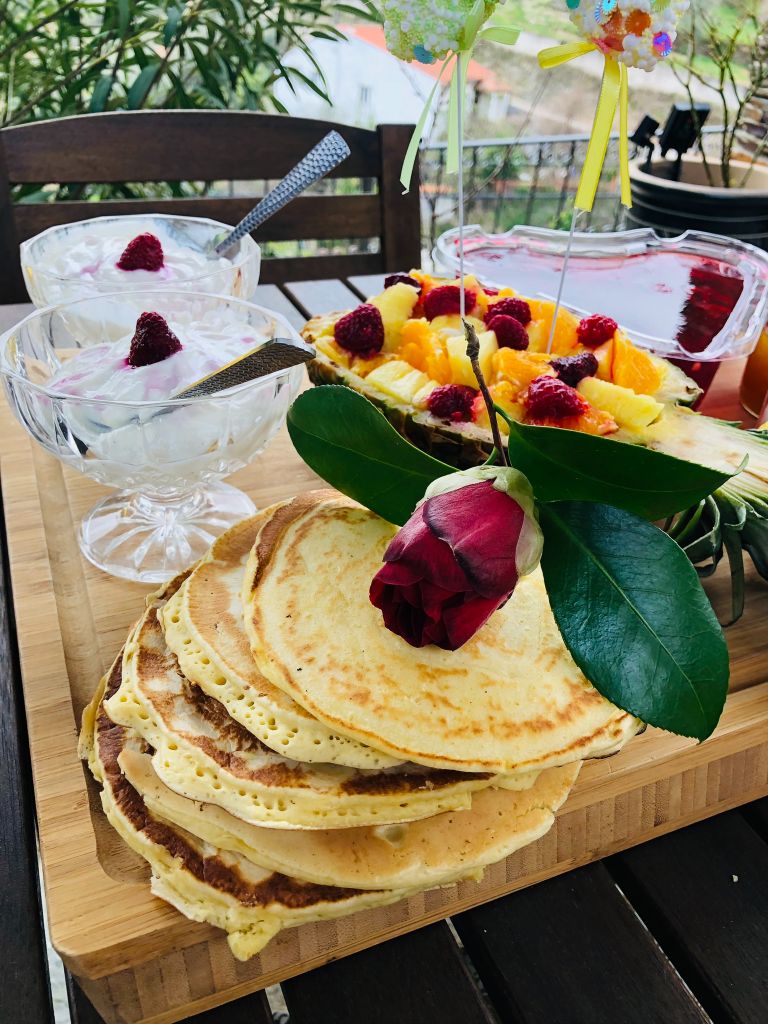


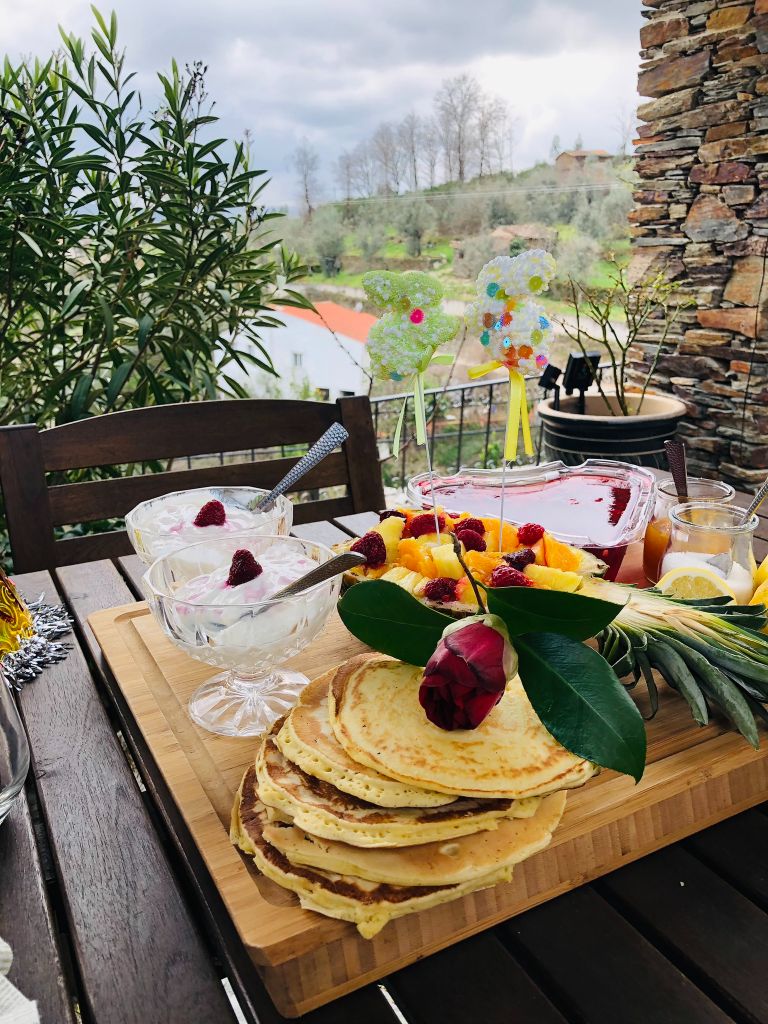








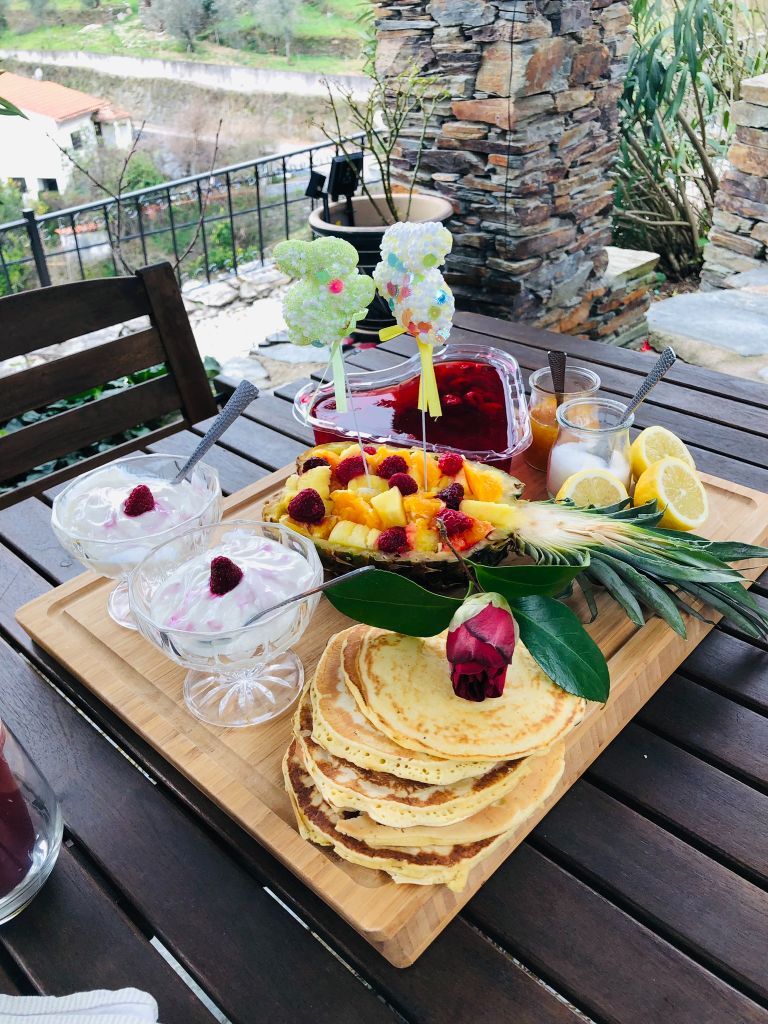











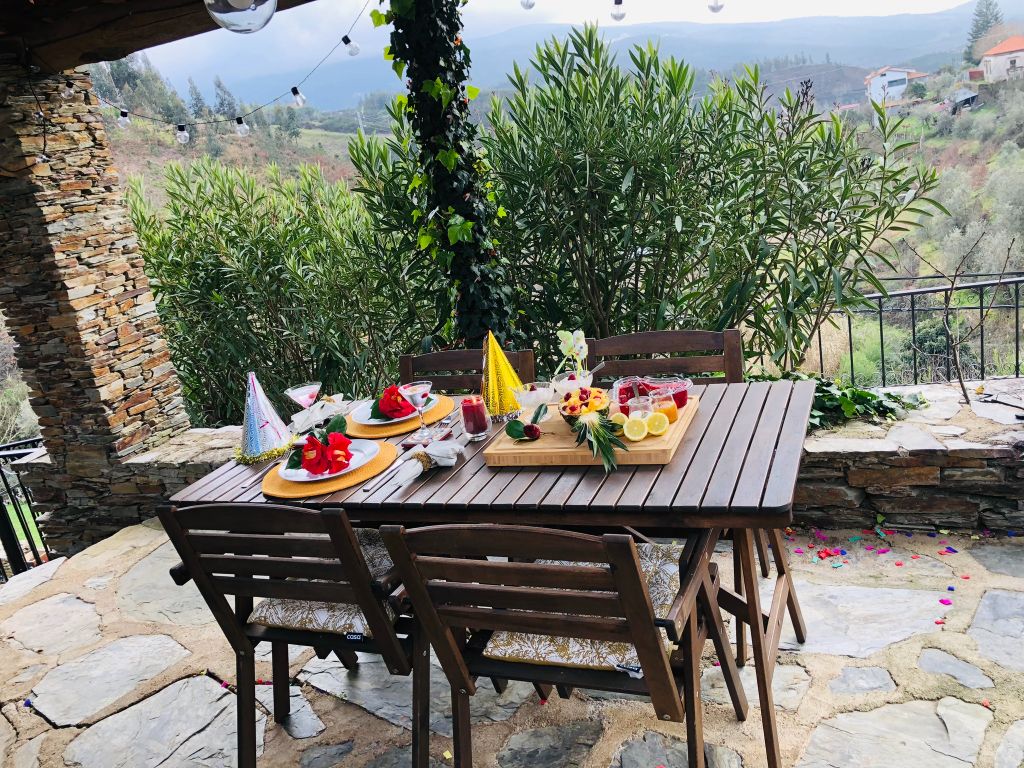
































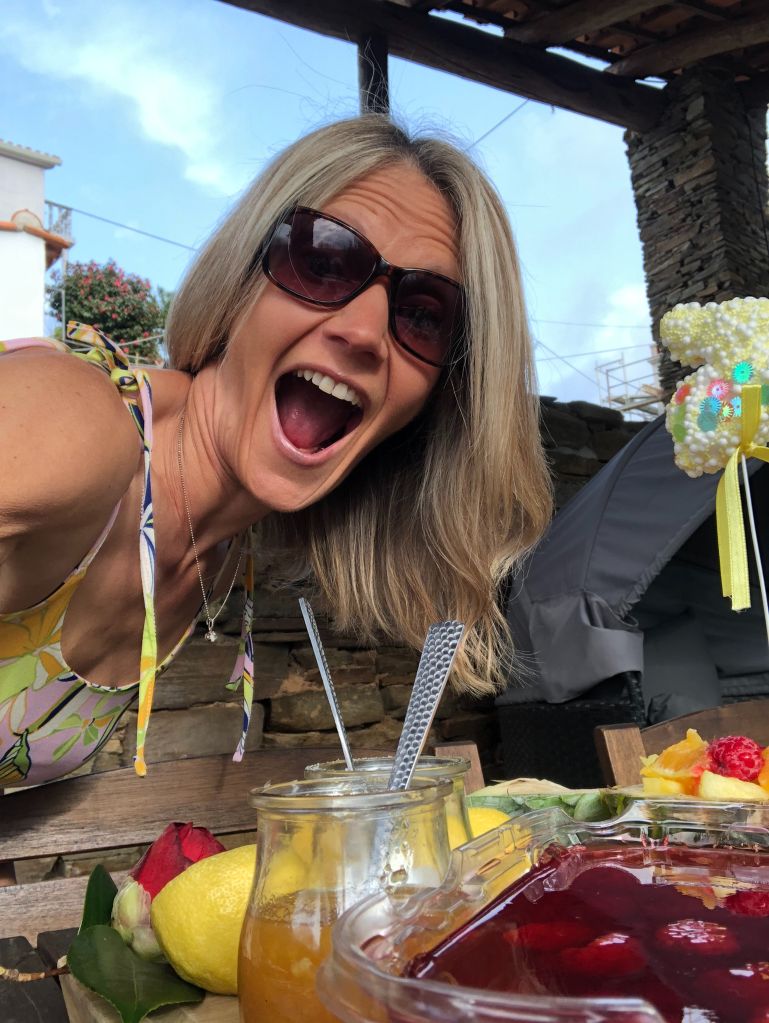







































































Easter Brunch 2023 Update
We enjoyed perfect pancakes for our Al fresco Easter Sunday brunch.




































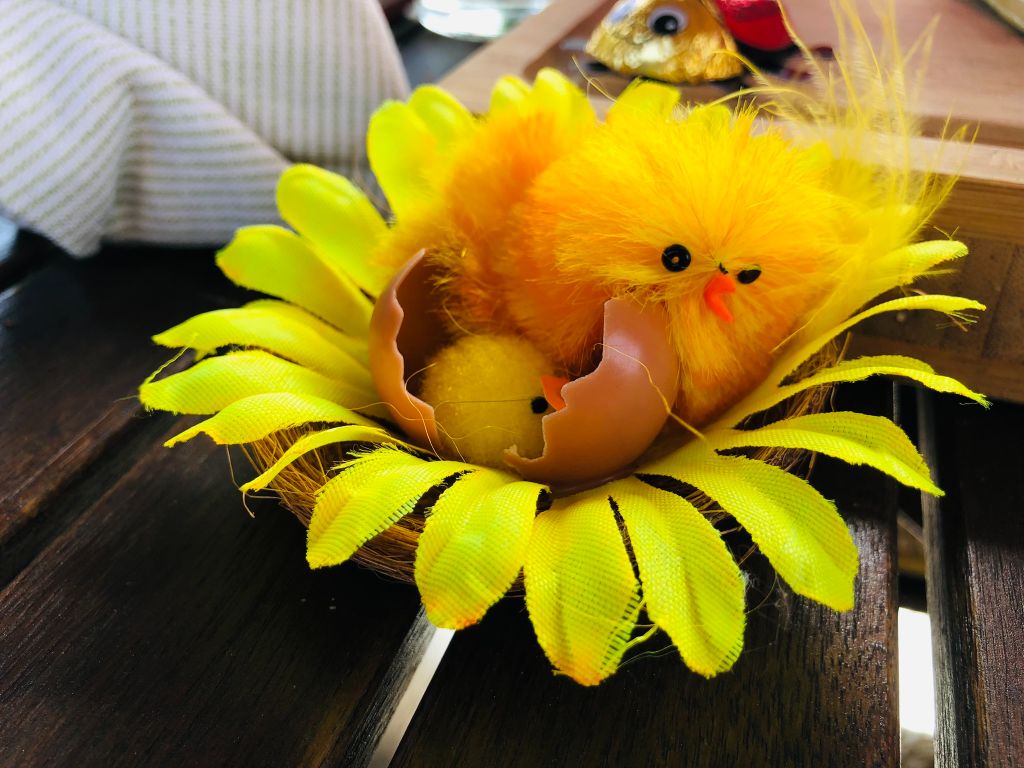





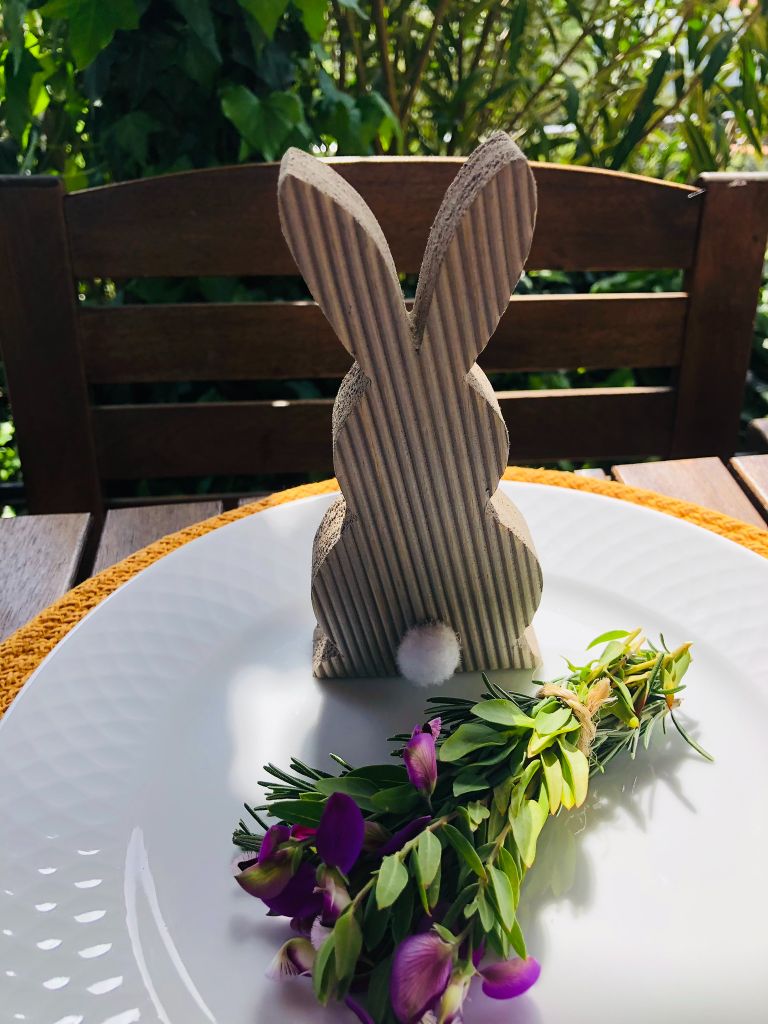














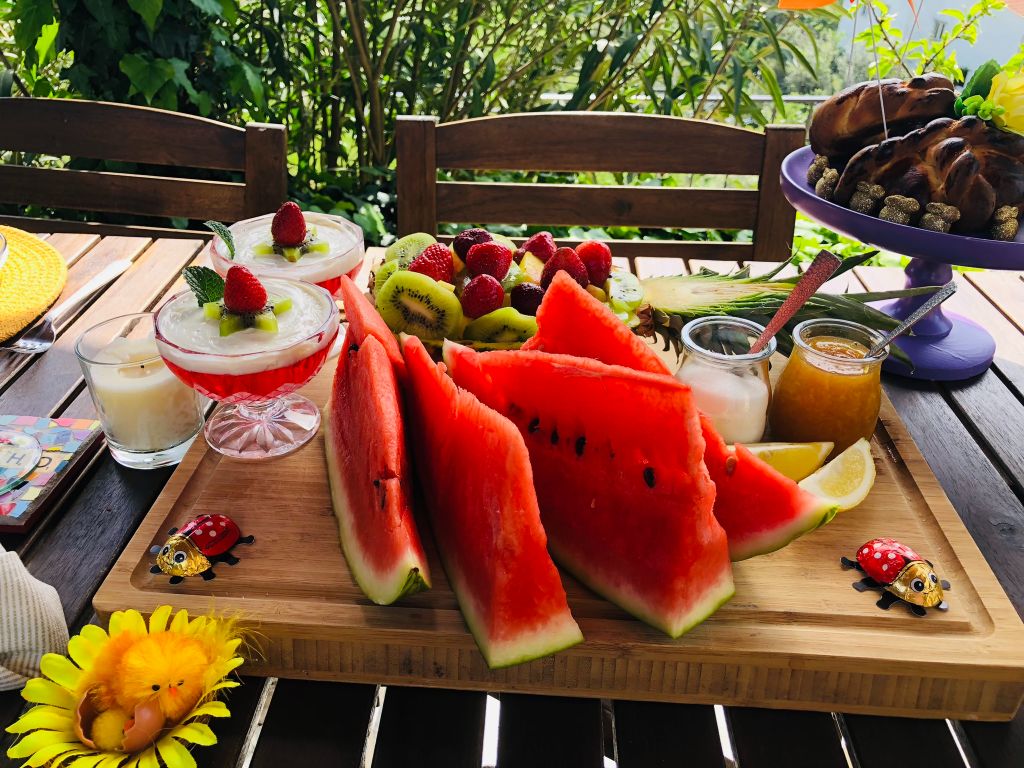
















































































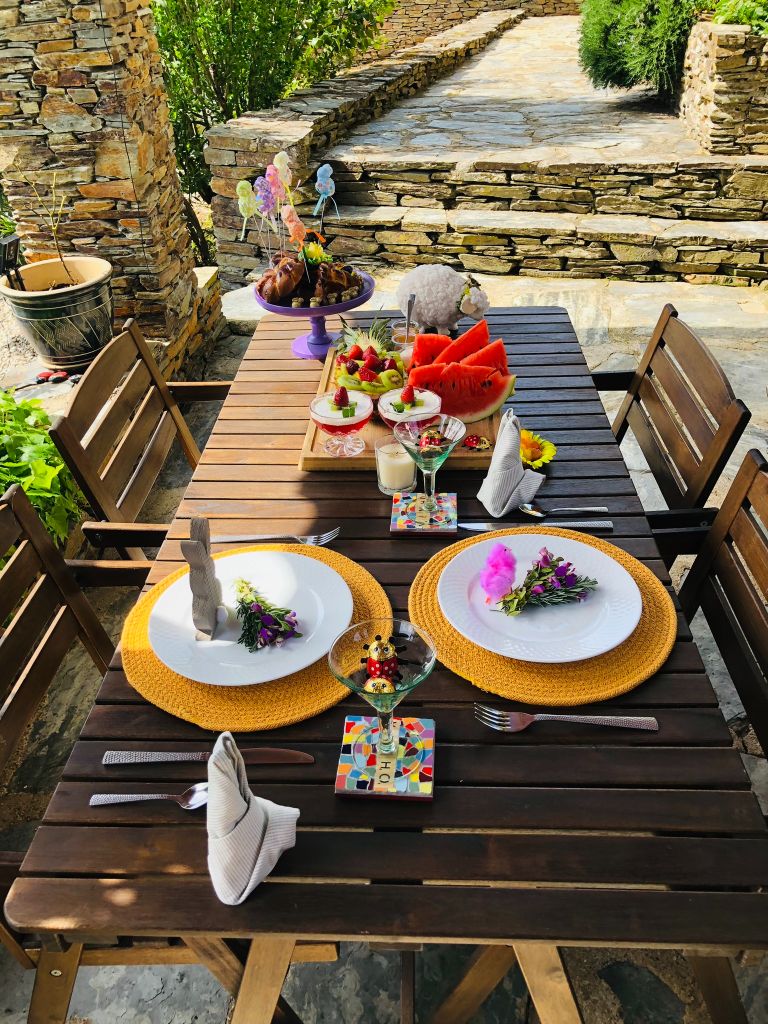





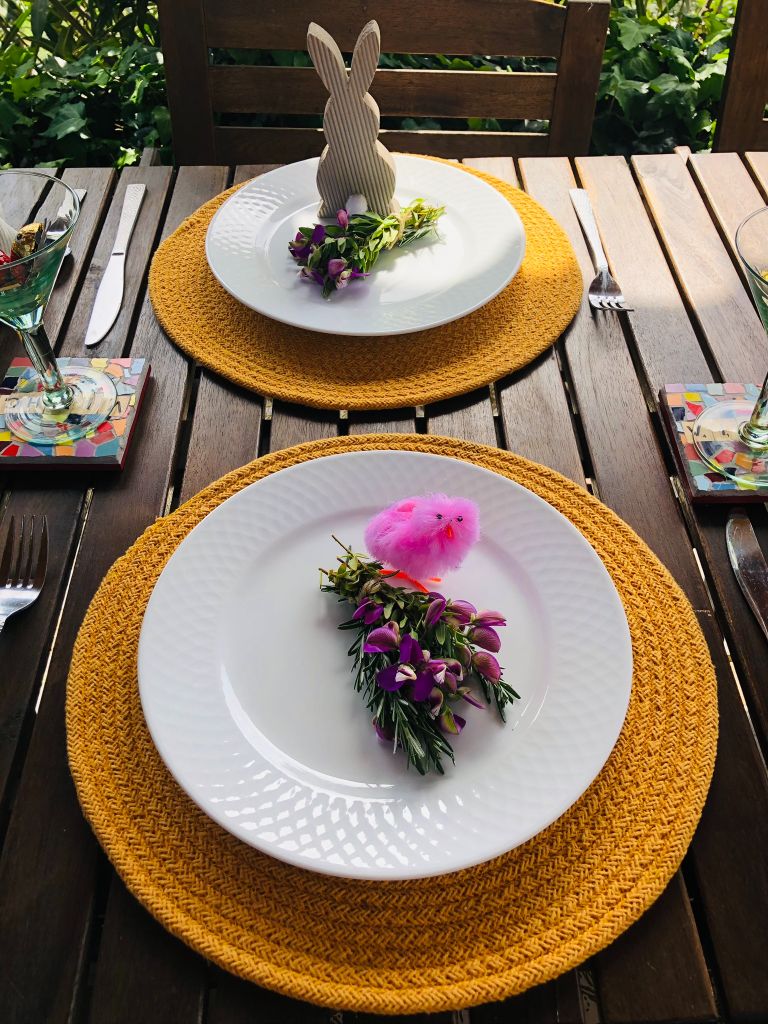












































Pre 20th Birthday Brunch
Pancakes & fresh fruit with a side of Natas! What more could a girl want (ha ha).












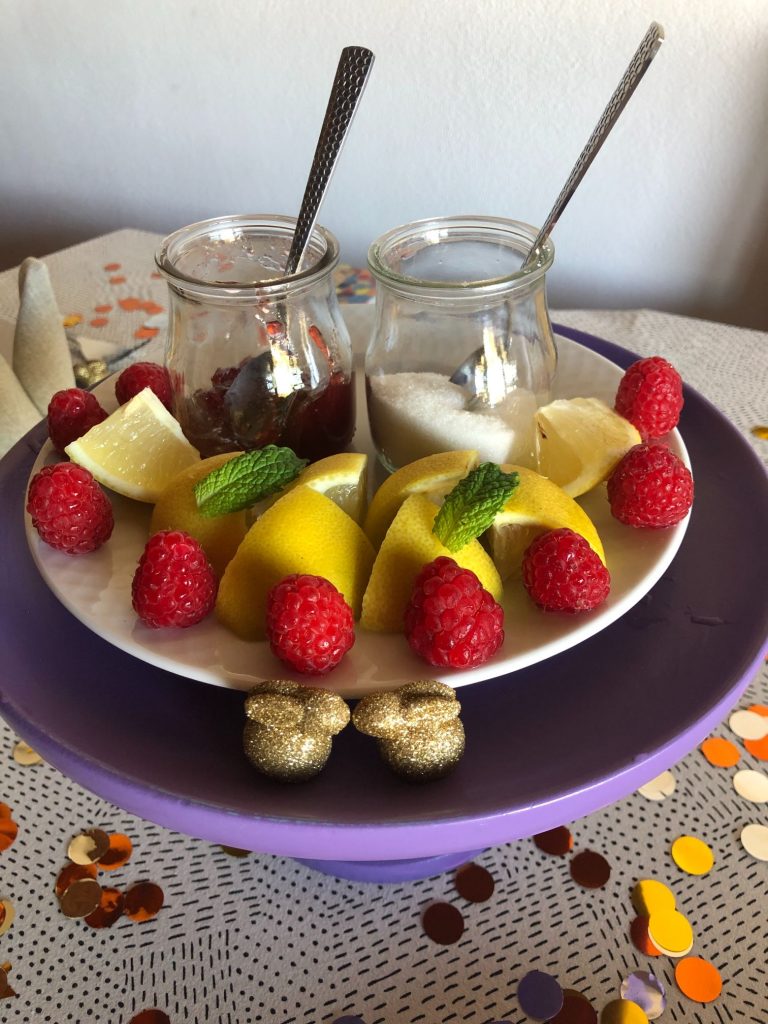











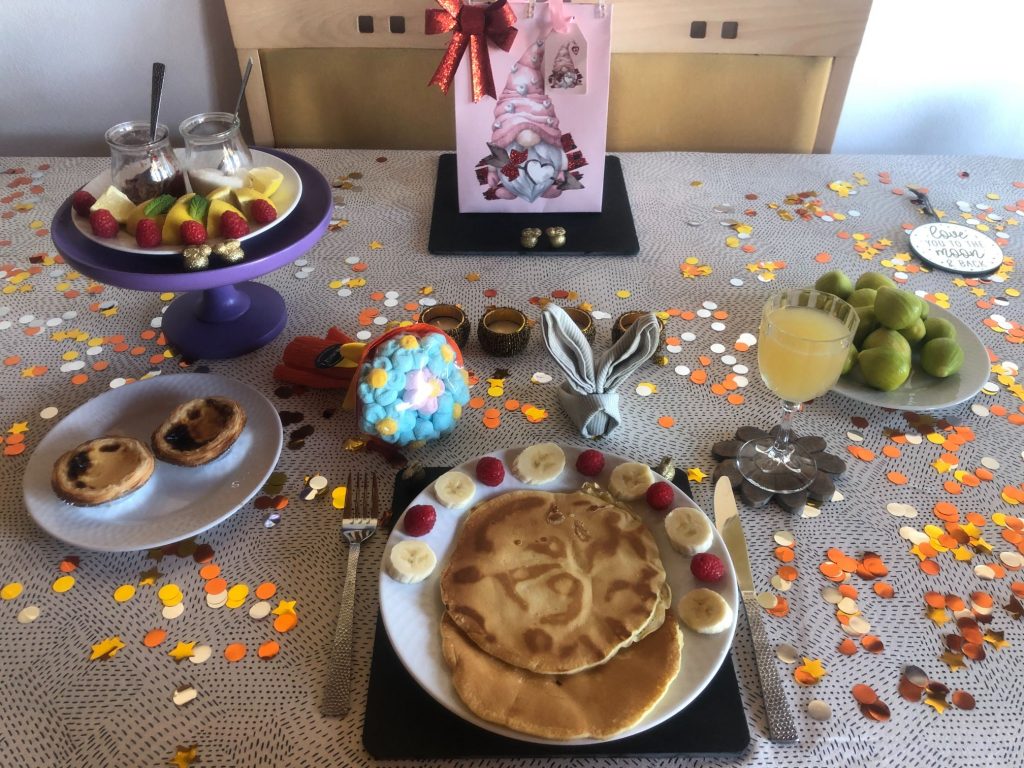


Figs & Strawberries – Nature’s Sweet Jewels
We have a huge fig tree so have an abundance of juicy fresh figs on hand to enjoy. Sometimes when I’m being sensible and trying to reduce my cake intake I will enjoy a tasty fruit treat that our garden has to offer with the natural sugars of fruit as an alternative to cake. Apparently sugar is more addictive than cocaine!






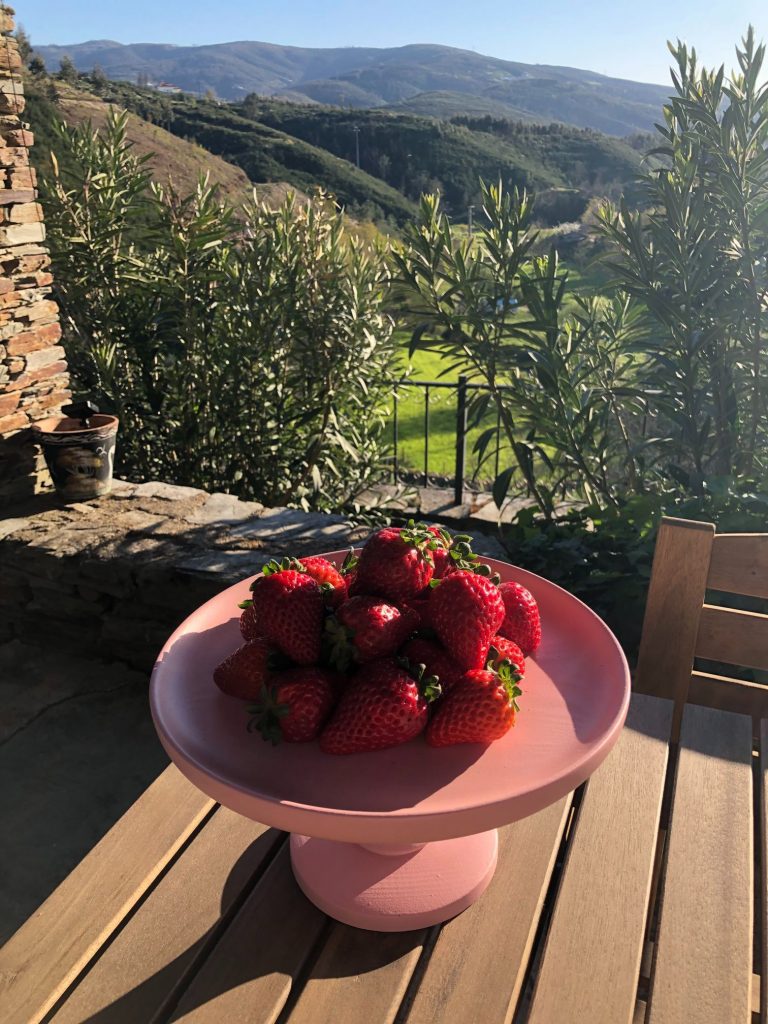














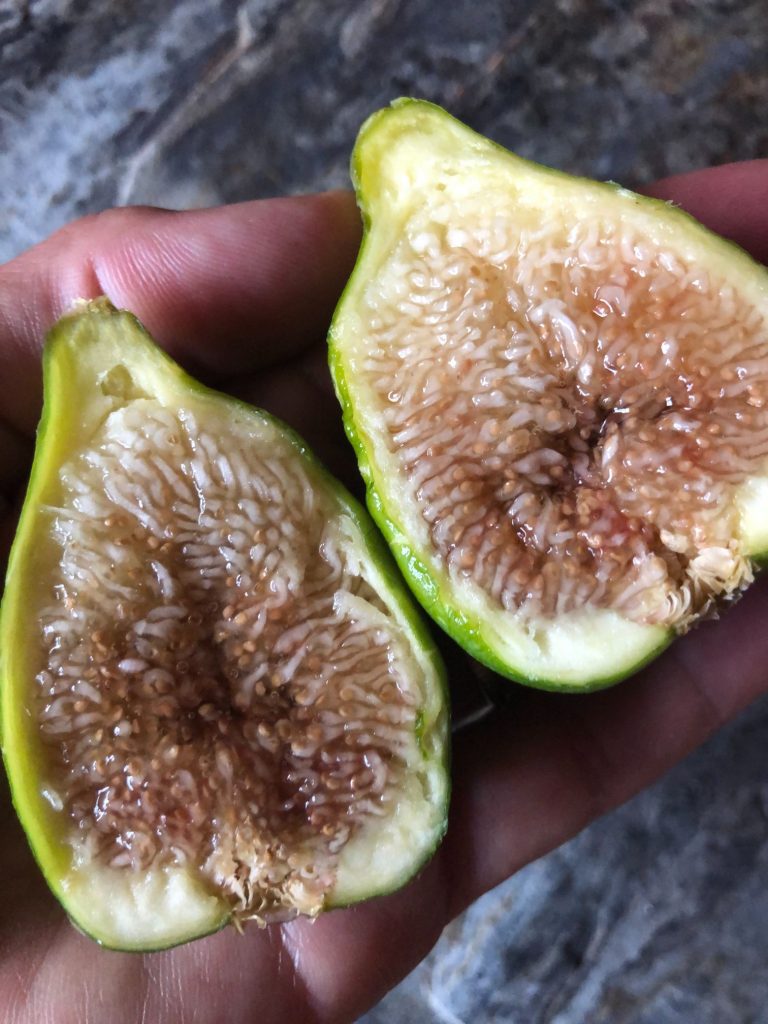


Wonderful Watermelon
My home grown Watermelon were tiny. Unfortunately I can’t take credit for this beautiful fresh watermelon fruit.















Sensational Strawberries
I had better luck at growing Strawberries.












